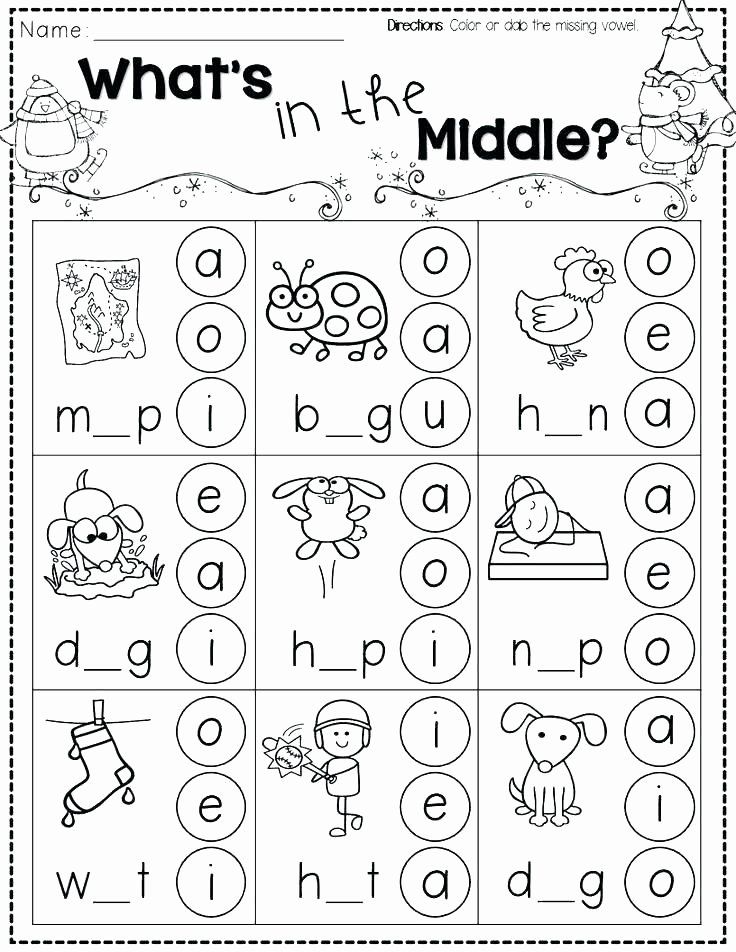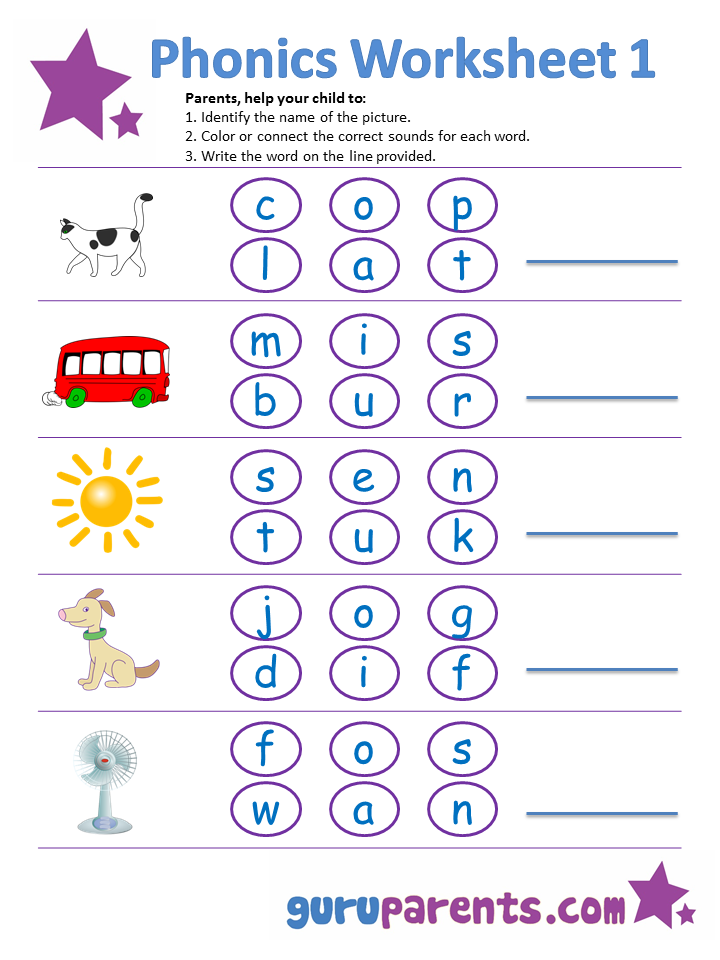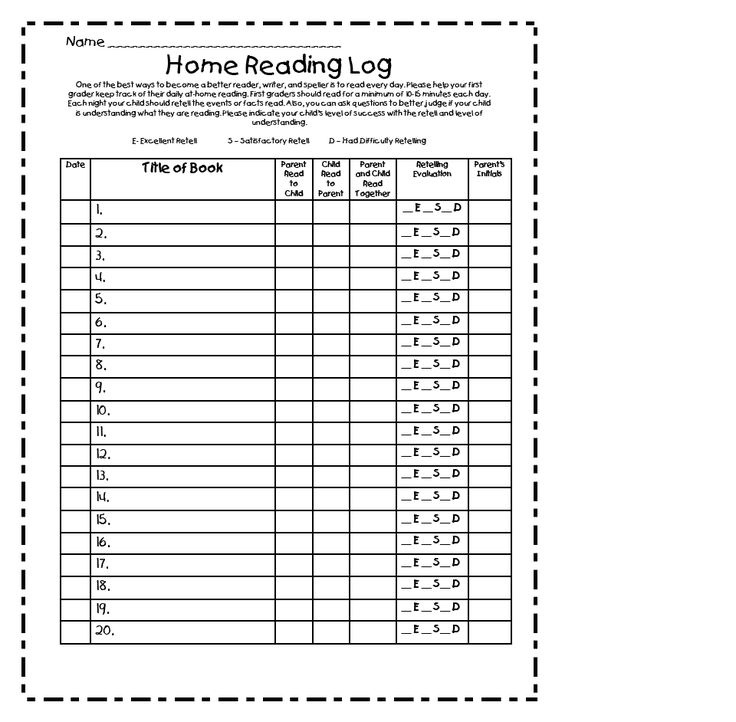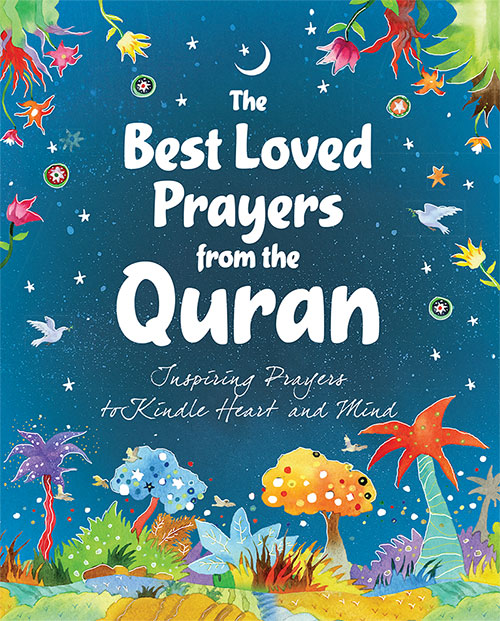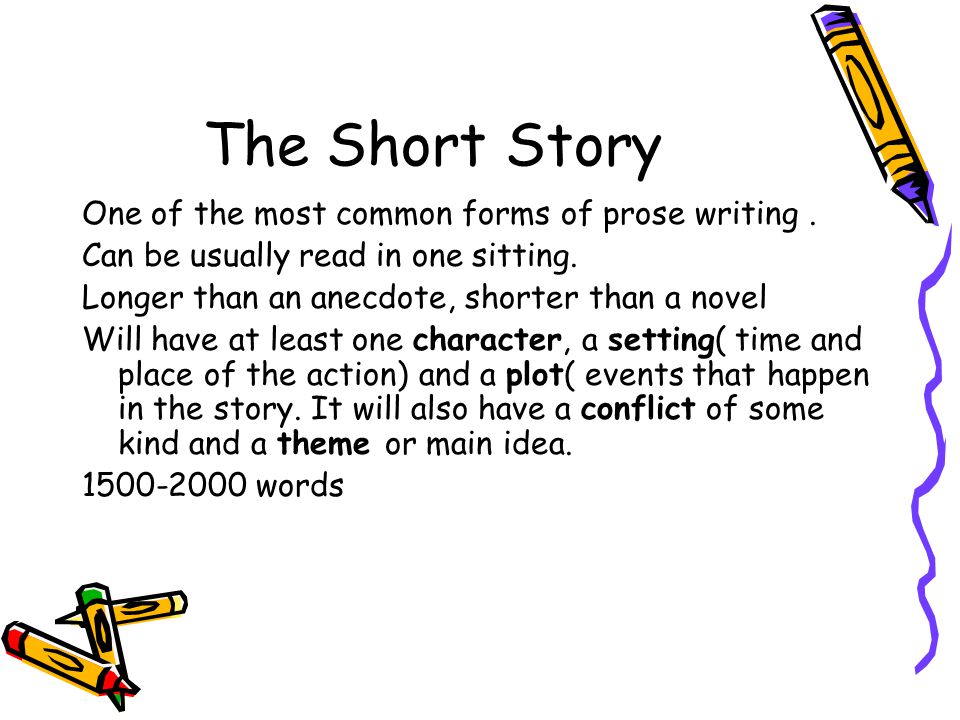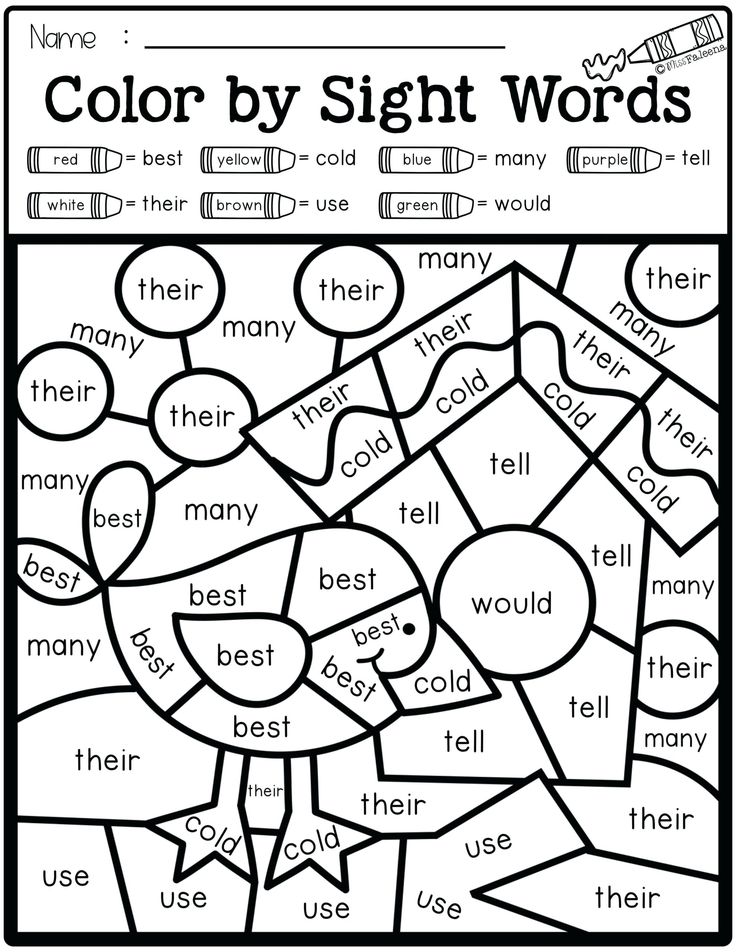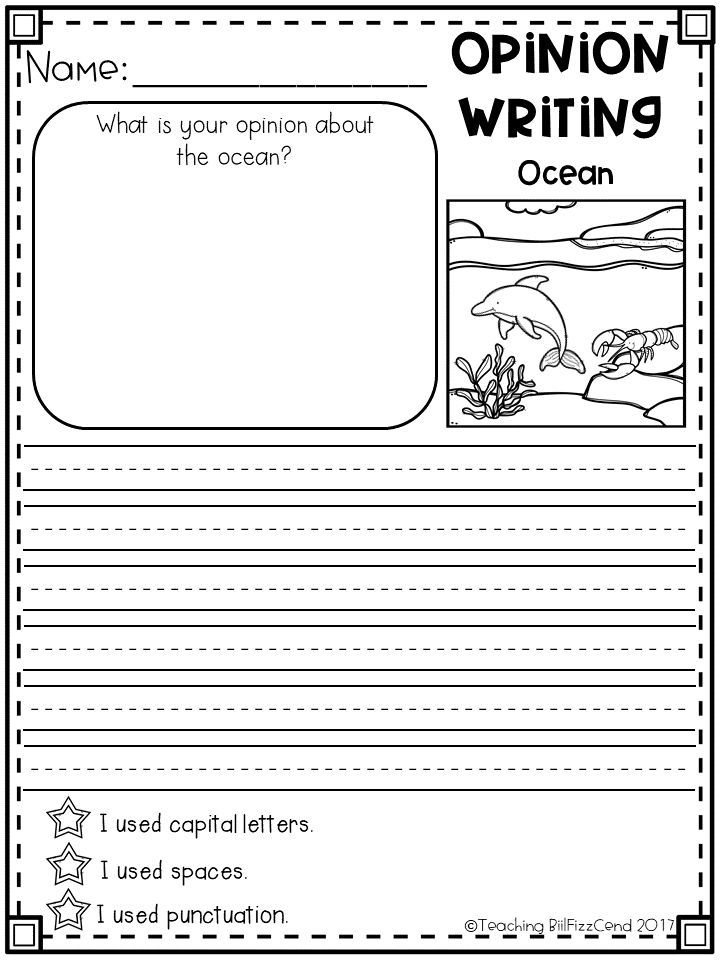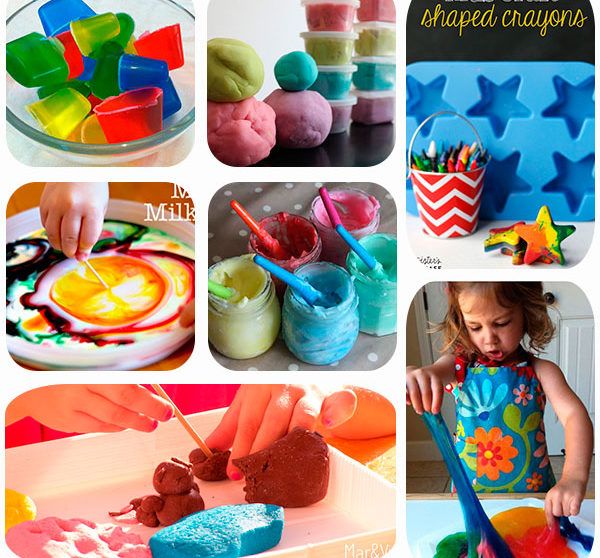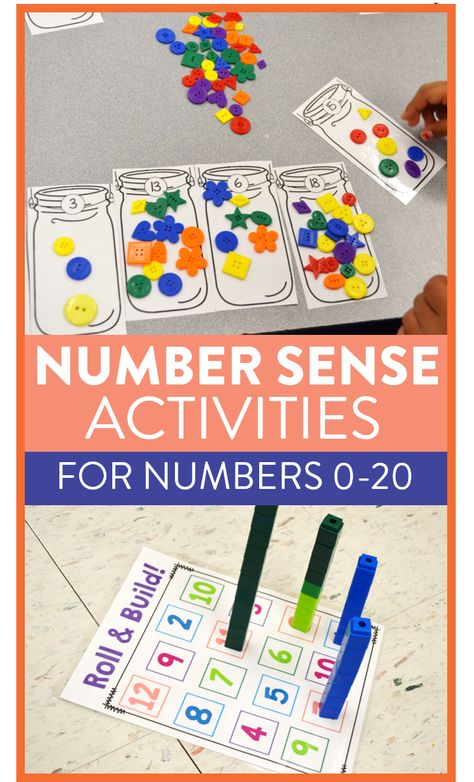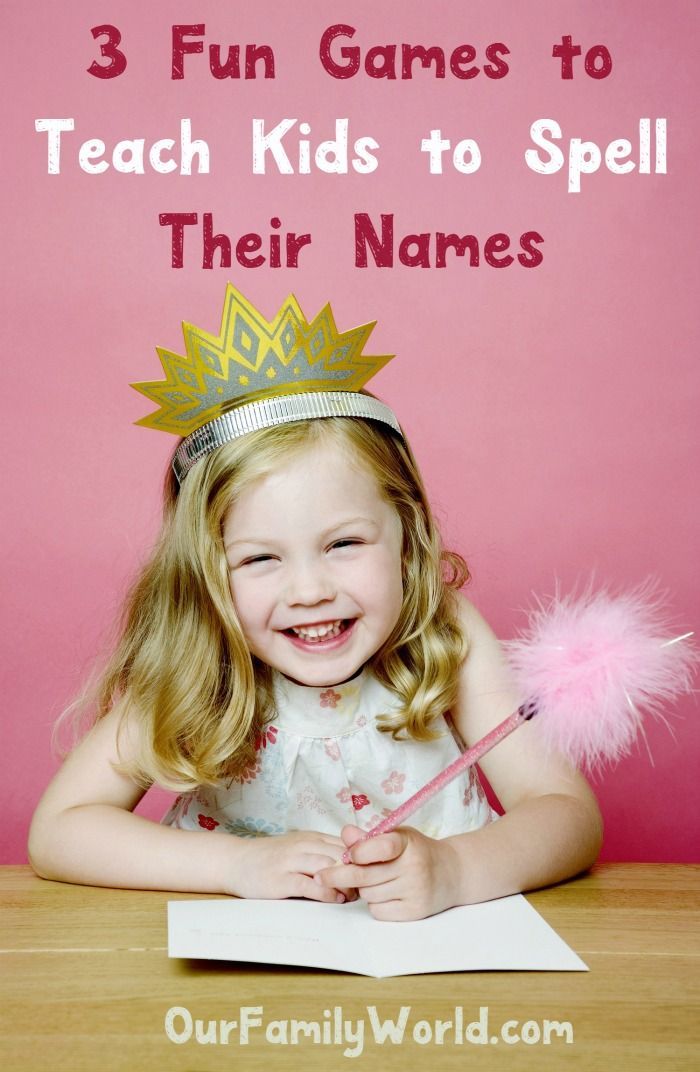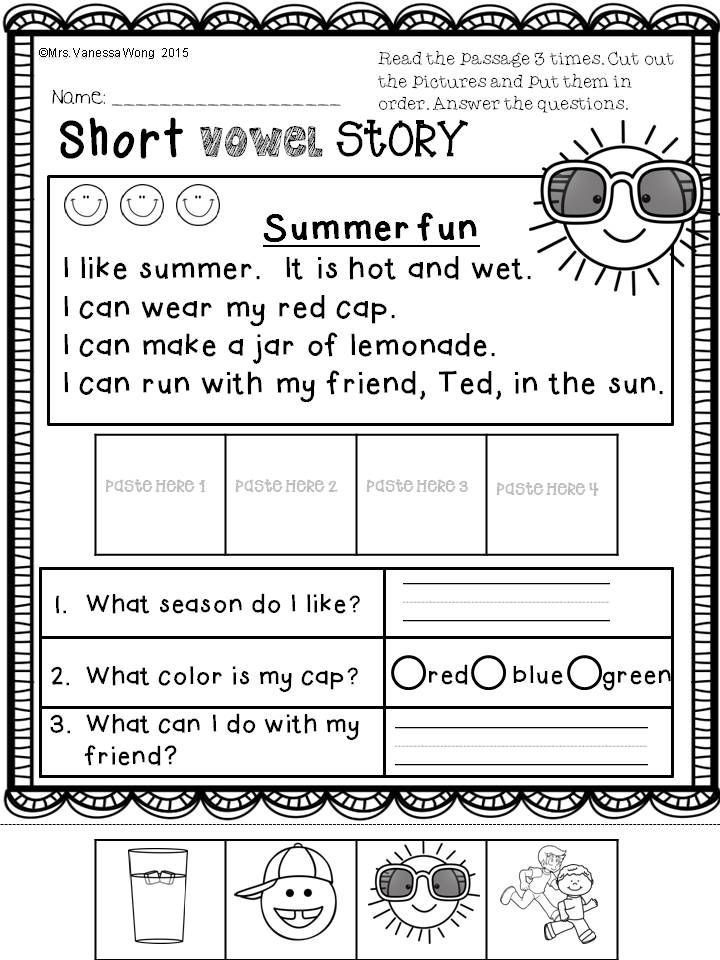Reading kindergarten activities
8 Fun-Packed Kindergarten Reading Activities
Once upon a time, my daughter was the most adorable literacy bug. When she was two — but a cherubic blob — she would sit herself down with a book and trace the lines of the pictures with her itty-bitty sausage fingers.
These days, it’s inconceivable that my energetic kindergartener is that same ready reader.
I feel as though I only see her in blurs — running outside, climbing a tree, zooming down the street on her bike and gobbling food down in a flash.
Join me in anchoring your human lightning bolt down, and engage your little one with these kindergarten reading activities.
These fun kindergarten reading activities draw kids in with the promise of the same high-energy excitement that takes them everywhere else as they get a daily, fun dose of literacy.
1. Make up rhymes
Songs like the ultra silly, “Down by the Bay”, serve several purposes. Besides being torturously hard to stop humming long after your child has gone to bed, the impromptu rhyming in this song allows for some great reading skill building.
When children come up with rhyming words, they are first recognizing that words can be grouped together (by ending sound), and are practicing phonemic awareness (the skill that allows them to identify and manipulate beginning sounds of words).
Sing the song with your child, first using the standard lyrics. Then, take the kookiness to the next level by putting them on the spot to come up with rhymes after “Did you ever see a________,”
Here is some inspiration to get you going:
“A mosquito eating a burrito?” “A witch scratching an itch?” and “A beagle petting an eagle?”
2. Play “Zap!”
This high frequency word game works best with two or more players.
To set up the game, first begin by grabbing 25 Popsicle sticks. Then, write 6 or 7 sight words onto 22 sticks. Common words include “I”, “we”, “the”, “me”, “my”, “is” and “a.” On the remaining three sticks, write the word “ZAP.”
Place all Popsicle sticks in the coffee can your child has been banging on all day.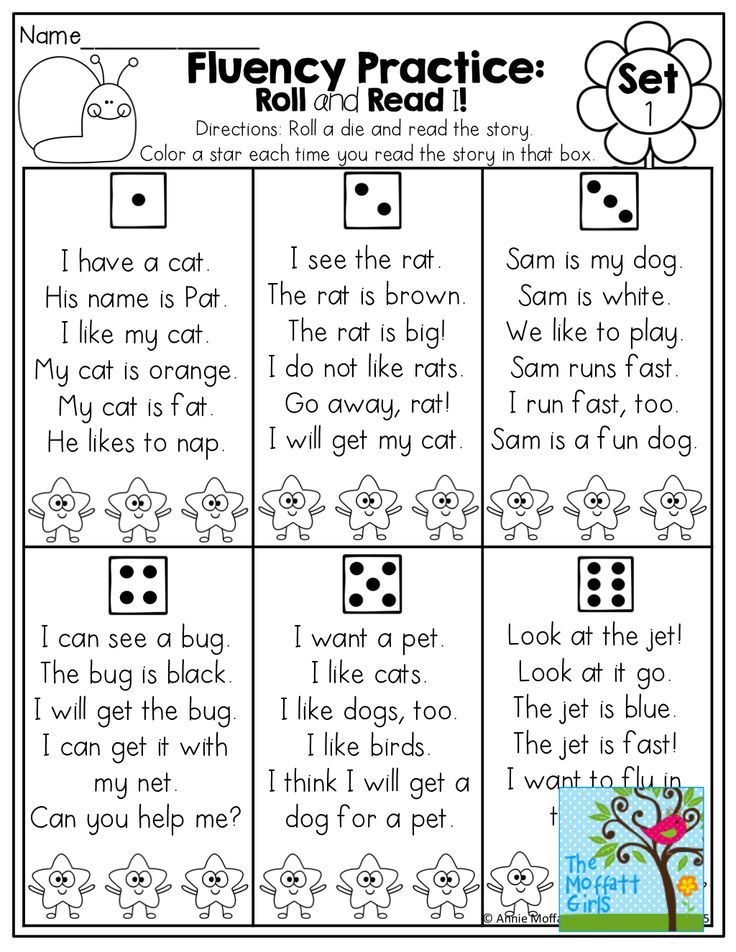
Play works like this: each player takes turn drawing a stick. If they can correctly read the word, they keep it. If not, they return it to the can.
The object of the game is to collect the most Popsicle sticks in a given time. If a player draws a “ZAP” stick, they must return all of their words to the can.
Set a three-minute timer and vary difficulty of play by including more or less words, depending on your child’s reading level.
3. Make an ABC book
Grab 13 sheets of paper, cut them in half and bind your book by stapling the ends together.
Have your child come up with pictures or words for each of the pages (corresponding to each letter of the alphabet), personalizing each page to his liking.
For example instead of the standard, “A is for apple,” boring nonsense, your child may come up with “A is for ‘awesome,’” a word that my kid overuses the heck out of, honestly.
Once your child’s 26-page masterpiece is complete (note: this activity can span over a few days, because I wish my kid would sit still for a 26 page book), encourage him to use it as reading reference.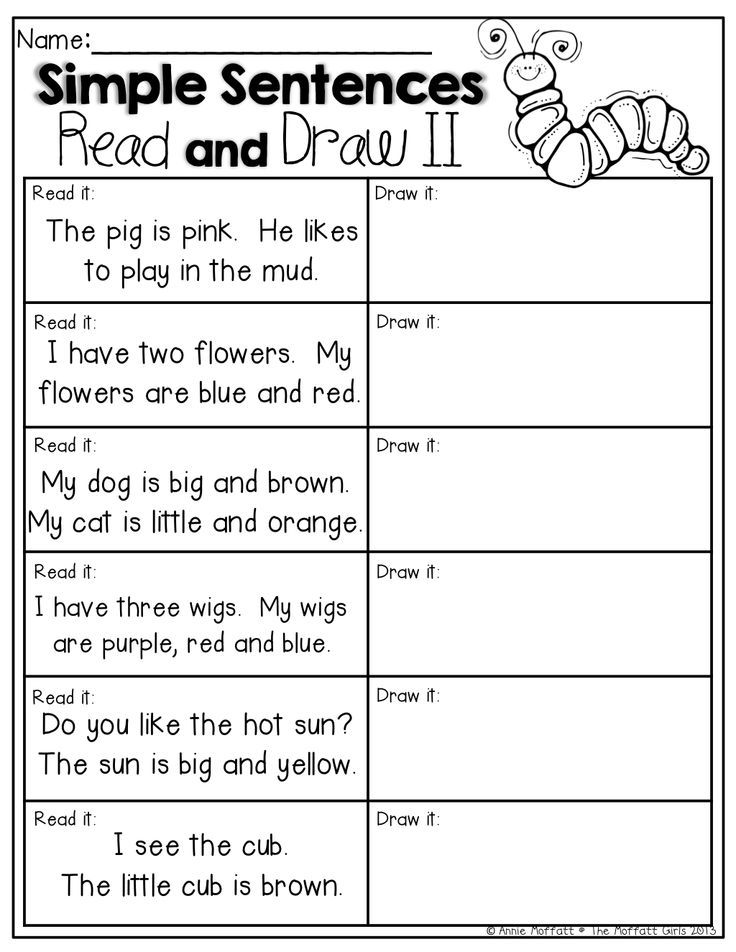
When he can’t quite think of that one letter sound, reach for this baby for some quick, personalized help.
Pro Tip: Help Your Child Become Better at Reading
Enroll your child for the Atlas Mission and let your child play with this award-winning educational program. Your child will become better at reading without even realizing it!
4. Word stretching
This kindergarten reading activity requires zero materials but demands a ton of mental muscle flexing.
Focus on oral blending, a crucial — and for kindergarteners, often the most “But I don’t wanna!” — part in learning to read. Your child will take the corresponding sounds of a word and slowly put them together.
Begin with simple, three-letter words.
First, show your child how you will physically stretch out a word by putting your hands together like you’re holding a giant imaginary rubber band. Next, stretch out that rubber band as you blend out the word “c-a-t.”
When you have fully stretched out the word, clap your hands together (mimicking the bouncing back of a rubber band) and say “cat.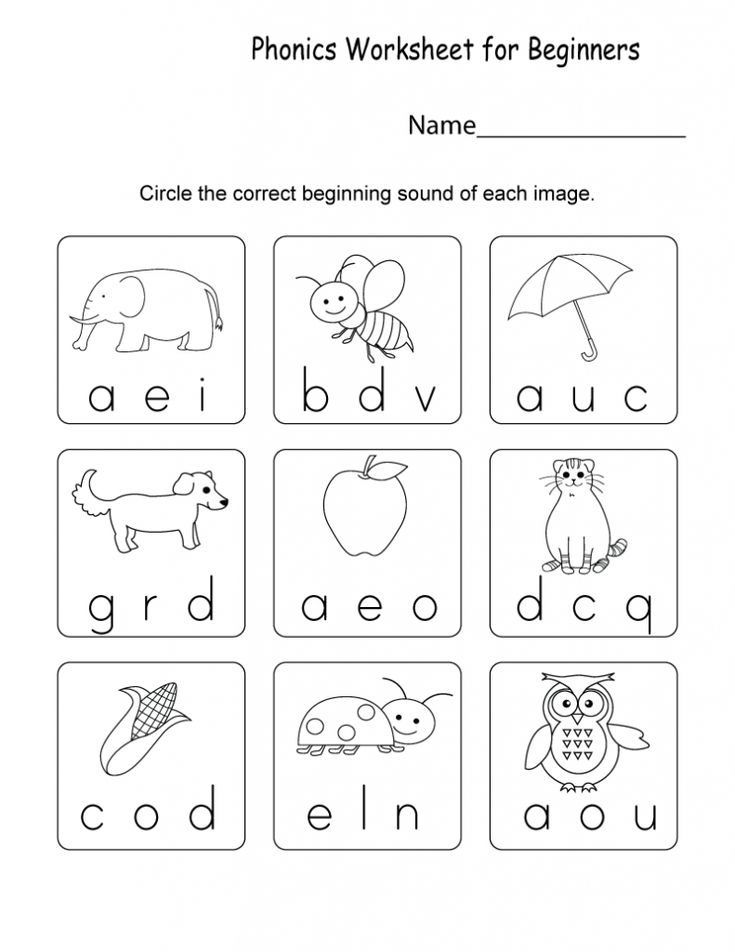 ”
”
Once you have given your child plenty of guided blending practice, have him try to stump you as he blends a word.
5. Dramatic readings
Here you’ll be focusing on reading with a dramatic twist.
Begin by repurposing the Popsicle sticks and can from “Zap.” Then, decide how the first player will read out the drawn word. Fun dramatic voices to use include:
- An old man
- A baby
- A lion
- A nagging parent (the imagination that will be required!)
- A bear (using a deep voice)
Make sure you have a large empty space, so your child can appropriately get into character. The person who chooses the first word reads out in the character assigned.
Play continues with the person who just read a word choosing the voice-type for the next player, or until words become incomprehensible through giddy laughter.
6. Create a phonics wall
Get ready for some of the most artistically questionable (but cool and literacy-boosting) drawings.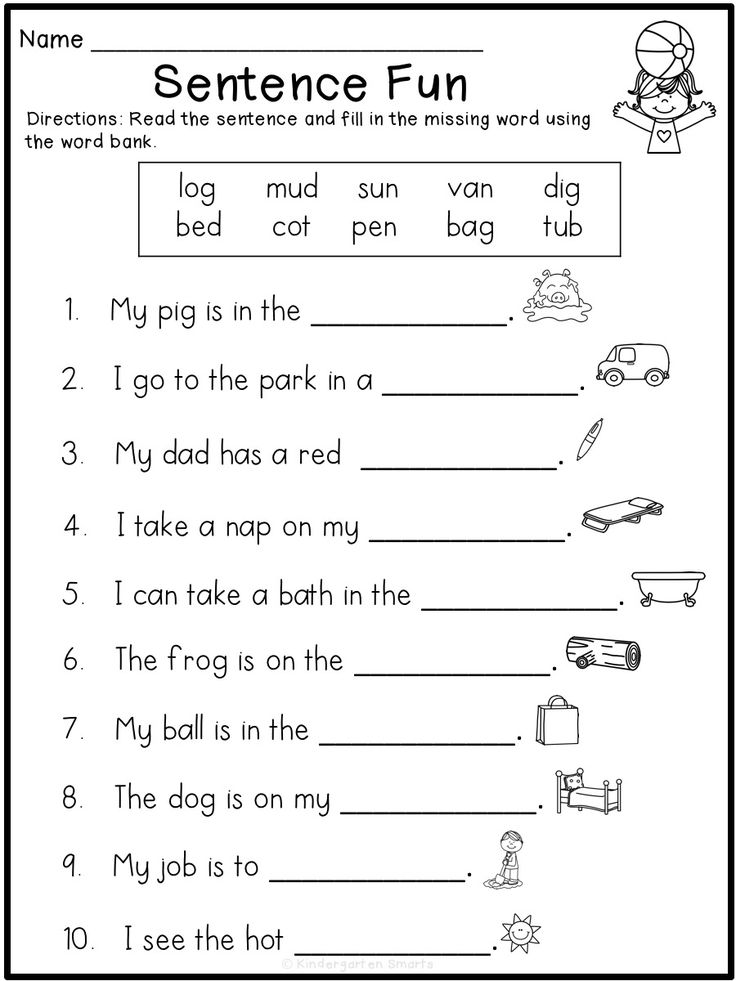
Challenge your child to come up with a poster that depicts the sound of a letter.
Start with your child’s letter choice and go from there. There is no picture idea too silly. A picture of bats bowling and queens quacking? If it makes sense to your child and satisfies the letter sound criteria, let them go for it.
Hang those posters up proudly!
When she constantly surrounds herself with personalized and meaningful reading tools, your child will be far more likely to want to engage with reading.
7. Read rebus sentences
A rebus sentence uses a picture or a symbol as a stand-in for words. This is an easy, entertaining way for your child to learn to read and write.
Take the lead as you inspire your little one. Start by creating simple rebus sentences like I “heart” you — with the heart serving as a stand-in for the word “love.” Scatter rebus sentences around the house.
The use of pictures and symbols provides a fun mystery element that will make your child want to engage in reading now.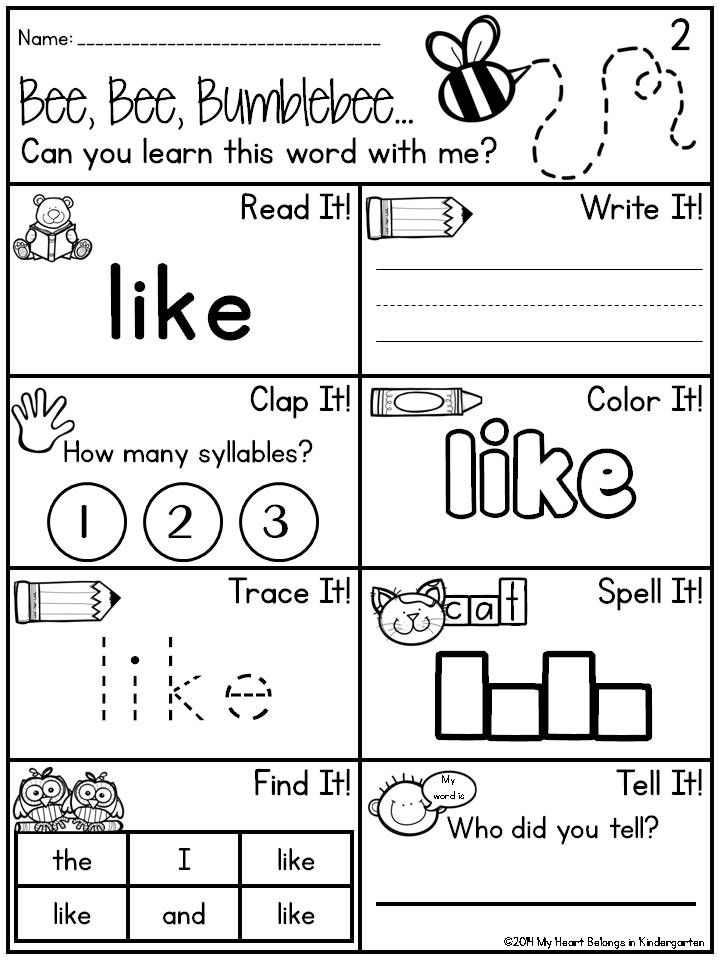
Sooner rather than later, encourage your child to respond back.*
Do your best to decipher the stick scribbles your child leaves behind.
* If your child is not yet confident in her artistic ability (or if, like yours truly, you have never been confident in yours), use stickers for picture stand-ins.
8. Carnival toss and blend
This reading activity takes the concept of the ultra addicting (and money draining) ski ball and repurposes it for some kindergarten literacy fun.
Begin by grabbing 4 solid-colored plastic cups, a permanent marker and some tape.
Then, label the inside (near the top) of each cup with an easy word blend like “st,” “bl,” “cl,” and “qu.” Lastly, fold over a large piece of tape onto itself and place it on the bottom of your cup to anchor those babies down to the floor.
Arrange cups in any formation. So long as the cups are touching, any arrangement works (a pyramid, a zig-zag etc).
Grab some large coins to get going.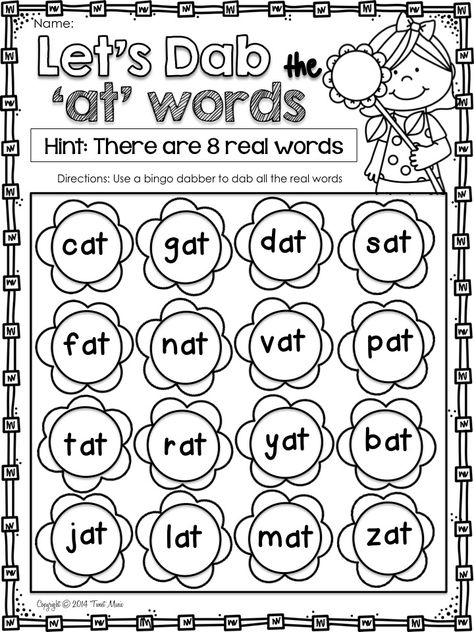 Each player tosses a coin and waits to see the corresponding blend. If your coin lands in the “bl,=” cup for example, you can say, “blob”.
Each player tosses a coin and waits to see the corresponding blend. If your coin lands in the “bl,=” cup for example, you can say, “blob”.
Play continues until coins run out.
Have fun with these 8 kindergarten literacy activities and let us know which one your kiddo likes the most!
25 Activities for Reading and Writing Fun
These activities have been developed by national reading experts for you to use with children, ages birth to Grade 6. The activities are meant to be used in addition to reading with children every day.
In using these activities, your main goal will be to develop great enthusiasm in the reader for reading and writing. You are the child's cheerleader. It is less important for the reader to get every word exactly right. It is more important for the child to learn to love reading itself. If the reader finishes one book and asks for another, you know you are succeeding! If your reader writes even once a week and comes back for more, you know you have accomplished your beginning goals.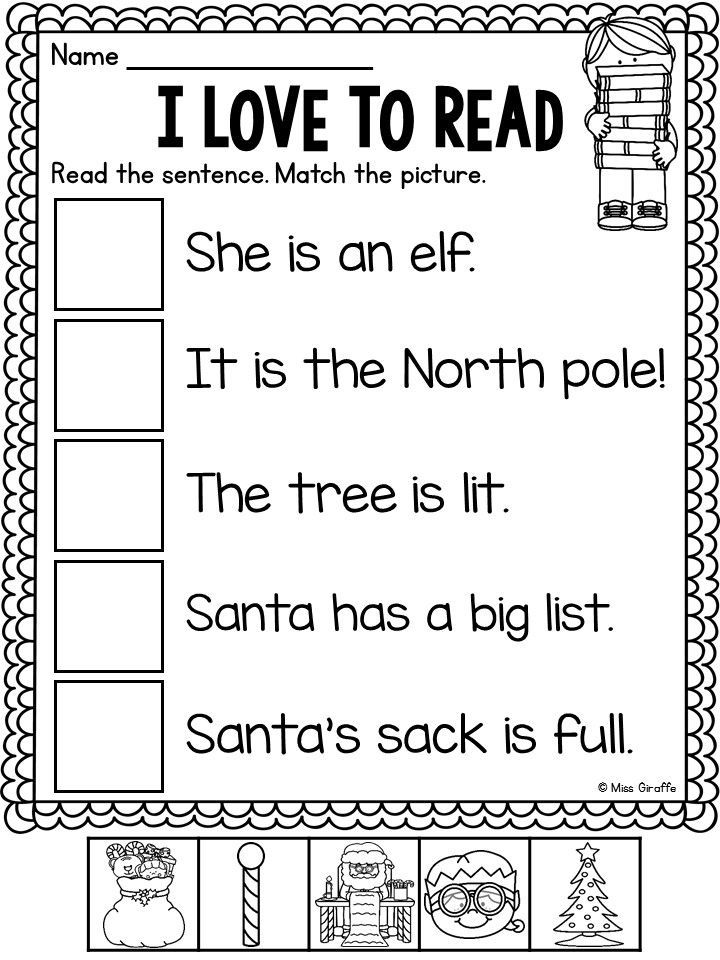
Activities for birth to preschool: the early years
Activity 1: Books and babies
Babies love to listen to the human voice. What better way than through reading!
What you'll need:
Some books written especially for babies (books made of cardboard or cloth with flaps to lift and holes to peek through).
What to do:
- Start out by singing lullabies and folk songs to your baby. When your baby is about six months old, choose books with brightly colored, simple pictures and lots of rhythm in the text. (Mother Goose rhymes are perfect.) Hold your baby in your lap so he/she can see the colorful pages of the book. Include books that show pictures and names of familiar objects.
- As you read with your baby, point out objects in the pictures and make sure your baby sees all the things that are fun to do with books. (Pat the Bunny by Dorothy Kunhardt is a classic touch-and-feel book for babies.)
- Vary the tone of your voice with different characters in the stories, sing nursery rhymes, make funny faces, do whatever special effects you can to stimulate your baby's interest.

- Allow your child to touch and hold cloth and sturdy cardboard books.
- When reading to a baby, keep the sessions brief but read daily and often.
As you read to your baby, your child is forming an association between books and what is most loved – your voice and closeness. Allowing babies to handle books deepens their attachment even more.
Activity 2: Tot talk
What's "old hat" to you can be new and exciting to toddlers and preschoolers. When you talk about everyday experiences, you help children connect their world to language and enable them to go beyond that world to new ideas.
What you'll need:
Yourself and your child
What to do:
- As you get dinner ready, talk to your child about things that are happening. When your 2- or 3-year-old "helps" by taking out all the pots and pans, talk about them. "Which one is the biggest?" "Can you find a lid for that one?" "What color is this one?"
- When walking down the street and your toddler or preschooler stops to collect leaves, stop and ask questions that require more than a "yes" or "no" answer.
 "Which leaves are the same?" "Which leaves are different?" "What else grows on trees?"
"Which leaves are the same?" "Which leaves are different?" "What else grows on trees?" - Ask "what if" questions. "What would happen if we didn't shovel the snow?" "What if that butterfly lands on your nose?"
- Answer your child's endless "why" questions patiently. When you say, "I don't know, let's look it up," you show how important books are as resources for answering questions.
- After your child tells you a story, ask questions so you can understand better. That way children learn how to tell complete stories and know you are interested in what they have to say.
- Expose your child to varied experiences – trips to the library, museum, or zoo; walks in the park; or visits with friends and relatives. Surround these events with lots of comments, questions, and answers.
Talking enables children to expand their vocabulary and understanding of the world. The ability to carry on a conversation is important for reading development. Remember, it is better to talk too much rather than too little with a small child.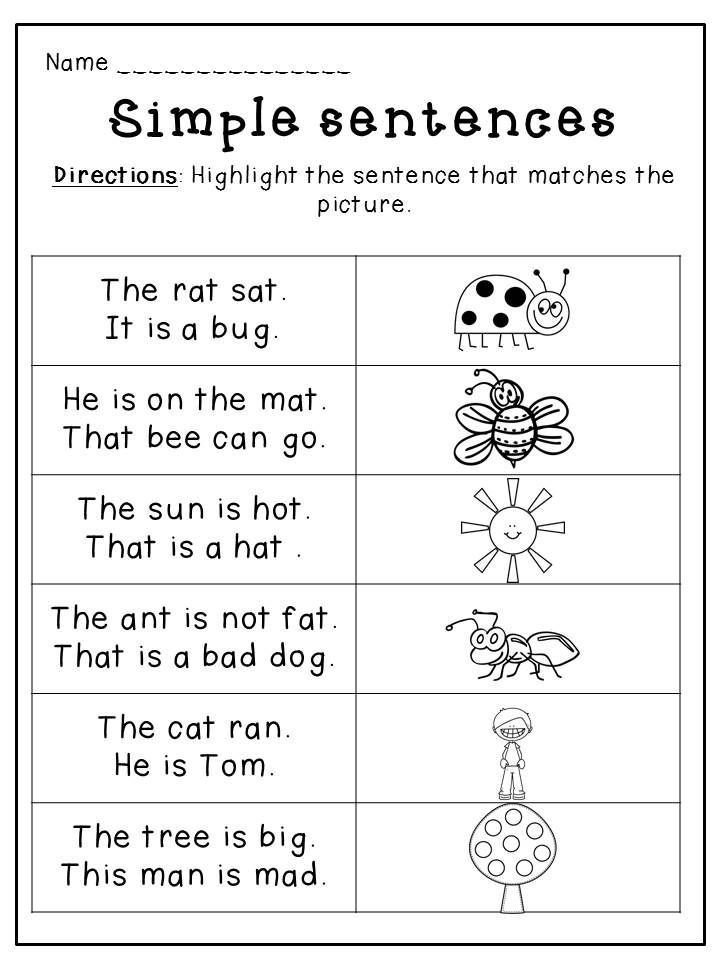
Activity 3: R and R – repetition and rhyme
Repetition makes books predictable, and young readers love knowing what comes next.
What you'll need:
- Books with repeated phrases (Favorites are: Alexander and the Terrible, Horrible, No Good, Very Bad Day by Judith Viorst; Brown Bear, Brown Bear, What Do You See? by Bill Martin, Jr.; Horton Hatches the Egg by Dr. Seuss; and The Little Engine That Could by Watty Piper.
- Short rhyming poems.
What to do:
- Pick a story with repeated phrases or a poem you and your child like. For example, read:
(Wolf voice:) "Little pig, little pig, let me come in."
(Little pig:) "Not by the hair on my chinny-chin-chin."
(Wolf voice:) "Then I'll huff and I'll puff and I'll blow your house in!" - After the wolf has blown down the first pig's house, your child will soon join in with the refrain.
- Read slowly, and with a smile or a nod, let your child know you appreciate his or her participation.
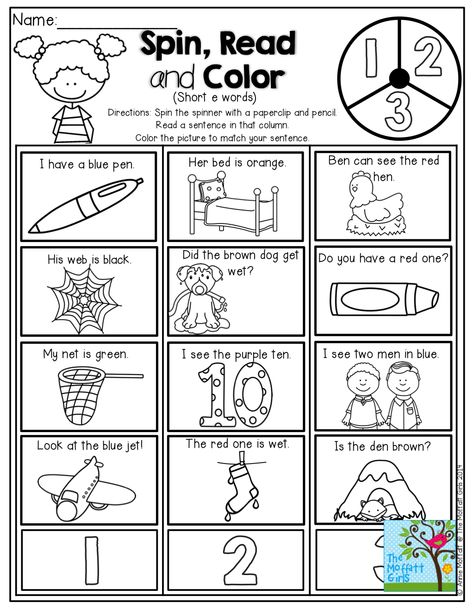
- As the child grows more familiar with the story, pause and give him or her a chance to fill in the blanks and phrases.
- Encourage your child to pretend to read, especially books that contain repetition and rhyme. Most children who enjoy reading will eventually memorize all or parts of a book and imitate your reading. This is a normal part of reading development.
When children anticipate what's coming next in a story or poem, they have a sense of mastery over books. When children feel power, they have the courage to try. Pretending to read is an important step in the process of learning to read.
Activity 4: Poetry in motion
When children "act out" a good poem, they learn to love its rhyme, rhythm, and the pictures it paints with a few well-chosen words. They grow as readers by connecting feelings with the written word.
What you'll need:
Poems that rhyme, tell a story, and/or are written from a child's point of view.
What to do:
- Read a poem slowly to your child, and bring all your dramatic talents to the reading.
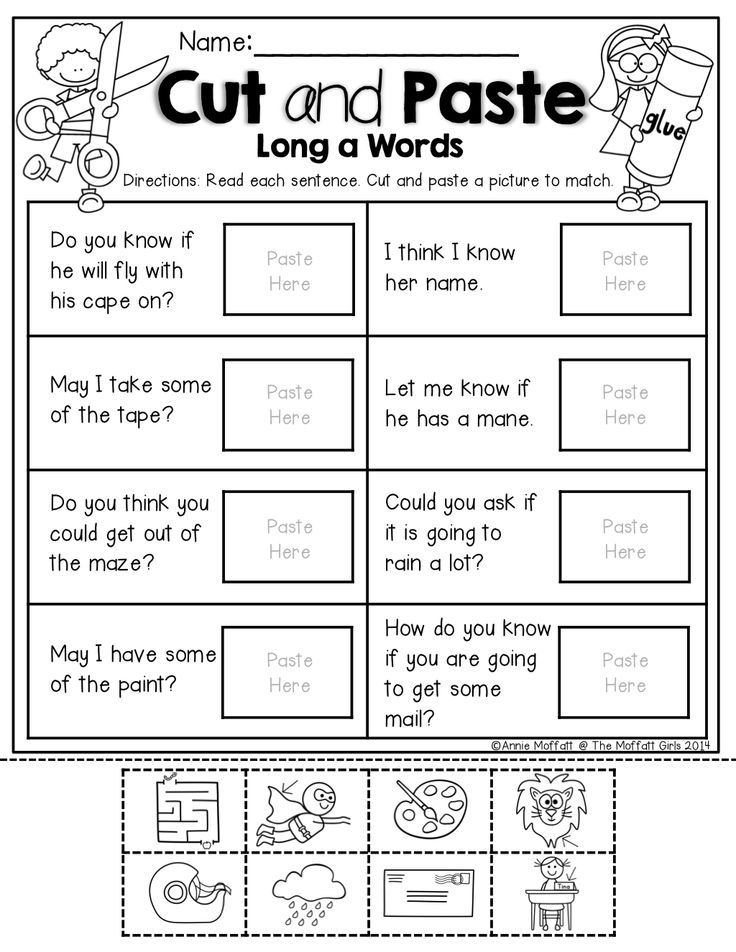 (In other words, "ham it up.")
(In other words, "ham it up.") - If there is a poem your child is particularly fond of, suggest acting out a favorite line. Be sure to award such efforts with delighted enthusiasm.
- Suggest acting out a verse, a stanza, or the entire poem. Ask your child to make a face the way the character in the poem is feeling. Remember that facial expressions bring emotion into the performer's voice.
- Be an enthusiastic audience for your child. Applause is always nice.
- If your child is comfortable with the idea, look for a larger setting with an attentive, appreciative audience. Perhaps an after-dinner "recital" for family members would appeal to your child.
- Mistakes are a fact of life, so ignore them.
Poems are often short with lots of white space on the page. This makes them manageable for new readers and helps to build their confidence.
Activity 5: Story talk
Talking about what you read is another way to help children develop language and thinking skills.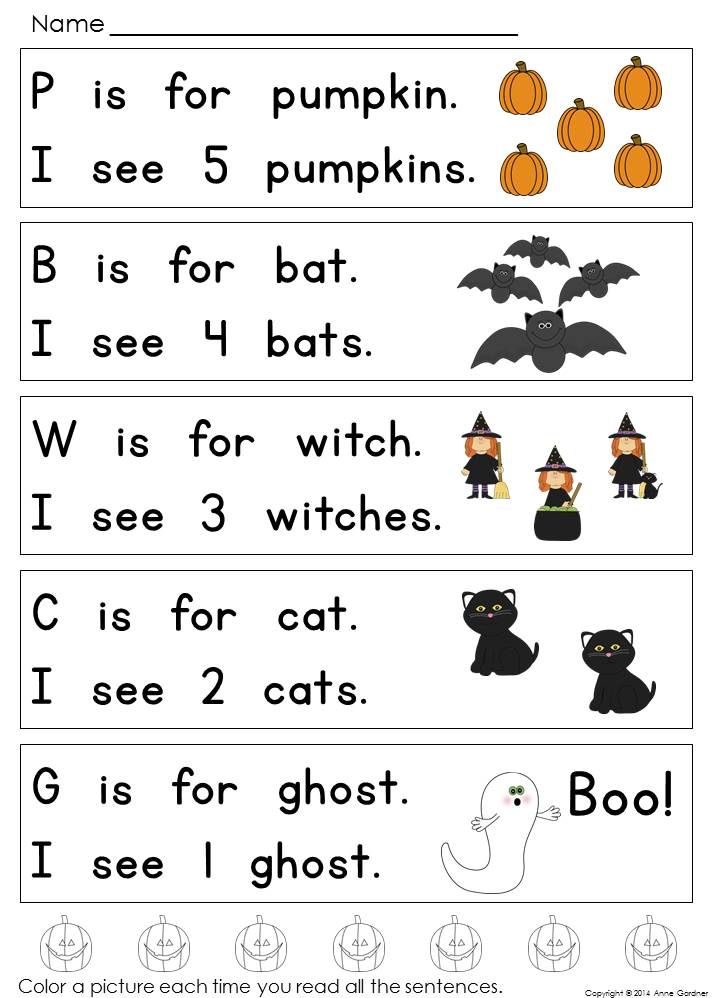 You won't need to plan the talk, discuss every story, or expect an answer.
You won't need to plan the talk, discuss every story, or expect an answer.
What you'll need:
Storybooks
What to do:
- Read slowly and pause occasionally to think aloud about a story. You can say: "I wonder what's going to happen next!" Or ask a question: "Do you know what a palace is?" Or point out: "Look where the little mouse is now."
- Answer your children's questions, and if you think they don't understand something, stop and ask them. Don't worry if you break into the flow of a story to make something clear. But keep the story flowing as smooth as possible.
- Talking about stories they read helps children develop their vocabularies, link stories to everyday life, and use what they know about the world to make sense out of stories.
Activity 6: Now hear this
Children are great mimics. When you tell stories, your child will begin to tell stories, too.
What you'll need:
Your imagination
What to do:
- Have your child tell stories like those you have told.
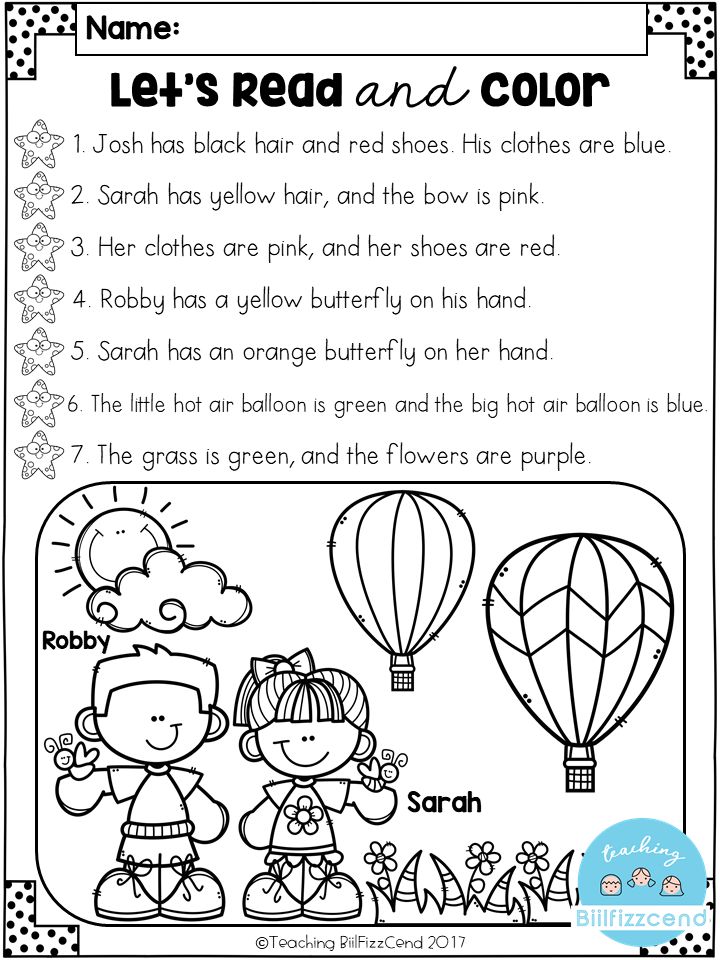 Ask: "And then what happened?" to urge the story along.
Ask: "And then what happened?" to urge the story along. - Listen closely when your child speaks. Be enthusiastic and responsive. Give your child full attention.
- If you don't understand some part of the story, take the time to get your child to explain. This will help your child understand the relationship between a speaker and a listener and an author and a reader.
- Encourage your child to express himself or herself. This will help your child develop a richer vocabulary. It can also help with pronouncing words clearly.
Having a good audience is very helpful for a child to improve language skills, as well as confidence in speaking. Parents can be the best audience a child will ever have.
Activity 7: TV
Television can be a great tool for education. The keys to successful TV viewing are setting limits, making good choices, taking time to watch together, discussing what you view, and encouraging follow-up reading.
What you'll need:
A weekly TV schedule
What to do:
- Limit your child's TV viewing and make your rules and reasons clear.
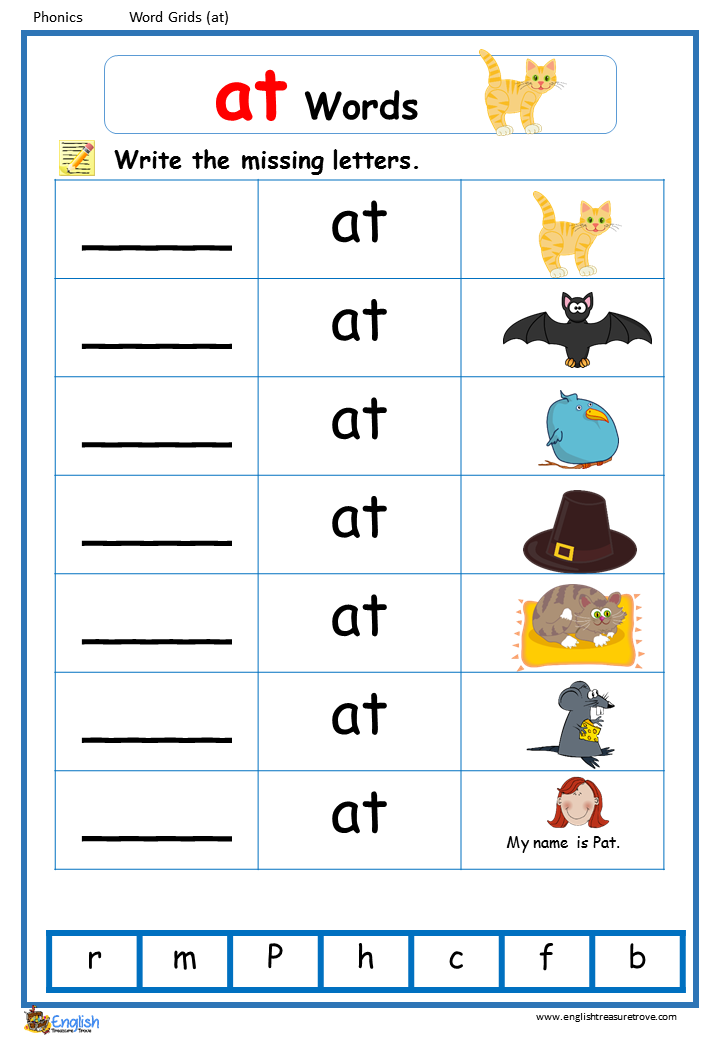 Involve your child in choosing which programs to watch. Read the TV schedule together to choose.
Involve your child in choosing which programs to watch. Read the TV schedule together to choose. - Monitor what your child is watching, and whenever possible, watch the programs with your child.
- When you watch programs with your child, discuss what you have seen so your child can better understand the programs.
- Look for programs that will stimulate your child's interests and encourage reading (such as dramatizations of children's literature and programs on wildlife and science.)
Many experts recommend that children watch no more than 10 hours of TV each week. Limiting TV viewing frees up time for reading and writing activities.
It is worth noting that captioned TV shows can be especially helpful for children who are deaf or hard-of-hearing, studying English as a second language, or having difficulty learning to read.
Activities for preschool to grade two: moving into reading
Check out Reading Rockets' new summer website, Start with a Book.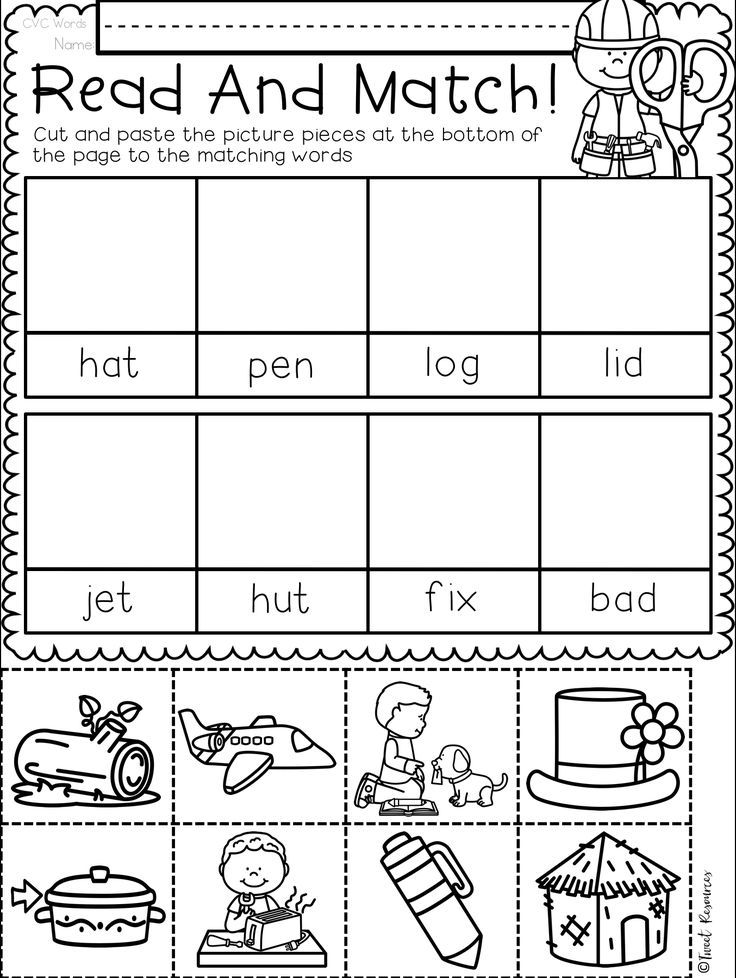 You'll find a treasure trove of themed children's books, parent–child activities, and other great resources for summer learning.
You'll find a treasure trove of themed children's books, parent–child activities, and other great resources for summer learning.
Activity 8: World of words
Here are a few ways to create a home rich in words.
What you'll need:
- Paper
- Pencils, crayons, markers
- Glue
- Newspapers, magazines
- Safety scissors
What to do:
- Hang posters of the alphabet on the bedroom walls or make an alphabet poster with your child. Print the letters in large type. Capital letters are usually easier for young children to learn first.
- Label the things in your child's pictures. If your child draws a picture of a house, label it with "This is a house." and put it on the refrigerator.
- Have your child watch you write when you make a shopping list or a "what to do" list. Say the words aloud and carefully print each letter.
- Let your child make lists, too. Help your child form the letters and spell the words.
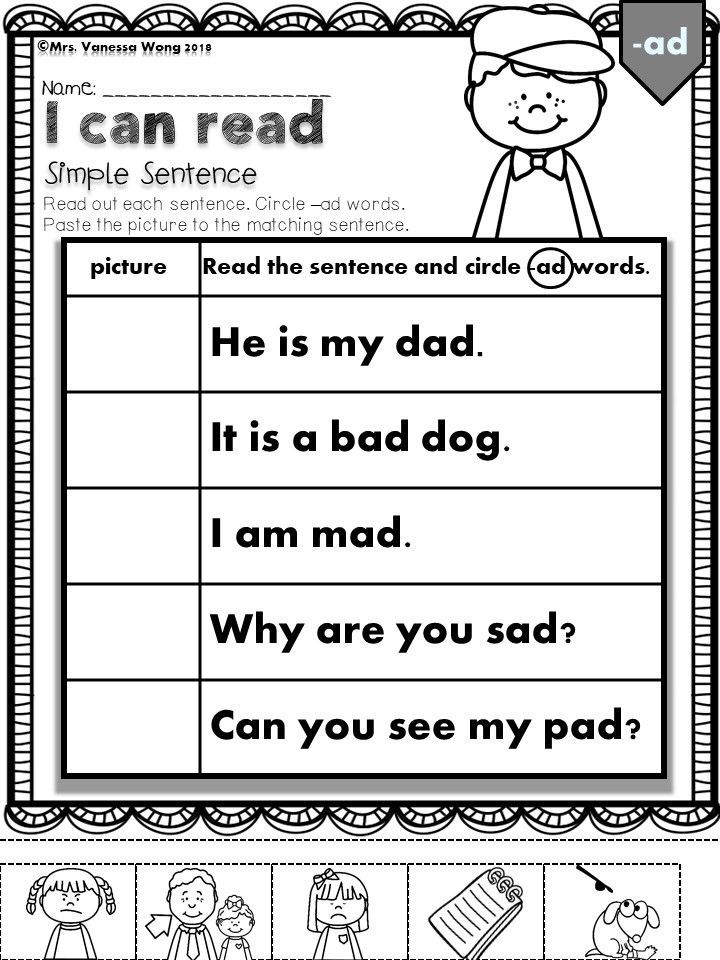
- Look at newspapers and magazines with your child. Find an interesting picture and show it to your child as you read the caption aloud.
- Create a scrapbook. Cut out pictures of people and places and label them.
- By exposing your child to words and letters often, your child will begin to recognize the shapes of letters. The world of words will become friendly.
Activity 9: Write on
Writing helps a child become a better reader, and reading helps a child become a better writer.
What you'll need:
- Pencils, crayons, or markers
- Paper or notebook
- Chalkboard and chalk
What to do:
- Ask your child to dictate a story to you. It could include descriptions of your outings and activities, along with mementos such as fall leaves and flowers, birthday cards, and photographs. Older children can do these activities on their own.
- Use a chalkboard or a family message board as an exciting way to involve children in writing with a purpose.

- Keep supplies of paper, pencils, markers, and the like within easy reach.
- Encourage beginning and developing writers to keep journals and write stories. Ask questions that will help children organize the stories, and respond to their questions about letters and spelling. Suggest they share the activity with a smaller brother, sister, or friend.
- Respond to the content of children's writing, and don't be overly concerned with misspellings. Over time you can help your child concentrate on learning to spell correctly.
- When children begin to write, they run the risk of criticism, and it takes courage to continue. Our job as parents is to help children find the courage. We can do it by expressing our appreciation of their efforts.
Activity 10: Look for books
The main thing is to find books you both love. They will shape your child's first impression of the world of reading.
What you'll need:
Good books
What to do:
- Ask friends, neighbors, and teachers to share the titles of their favorite books.
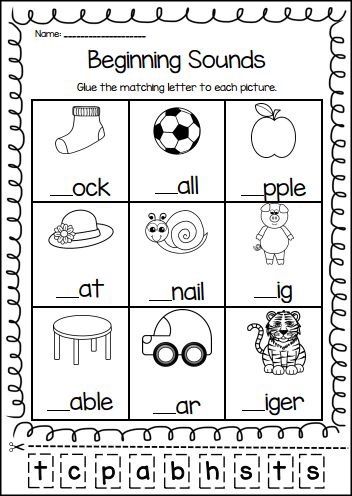
- Visit your local public library, and as early as possible, get your child a library card. Ask the librarian for help in selecting books. Have your child join you in browsing for books and making selections.
- Look for award-winning books. Each year the American Library Association selects children's books for the Caldecott Medal for illustrations and the Newbery Medal for writing.
- Check the book review section of the newspapers and magazines for the recommended new children's books.
- If you and your child don't enjoy reading a particular book, put it aside and pick up another one.
- Keep in mind that your child's reading level and listening level are different. When you read easy books, beginning readers will soon be reading along with you. When you read more advanced books, you instill a love of stories, and you build the motivation that transforms children into lifelong readers.
Activity 11: Read to me
It's important to read to your child, but equally important to listen to them read to you.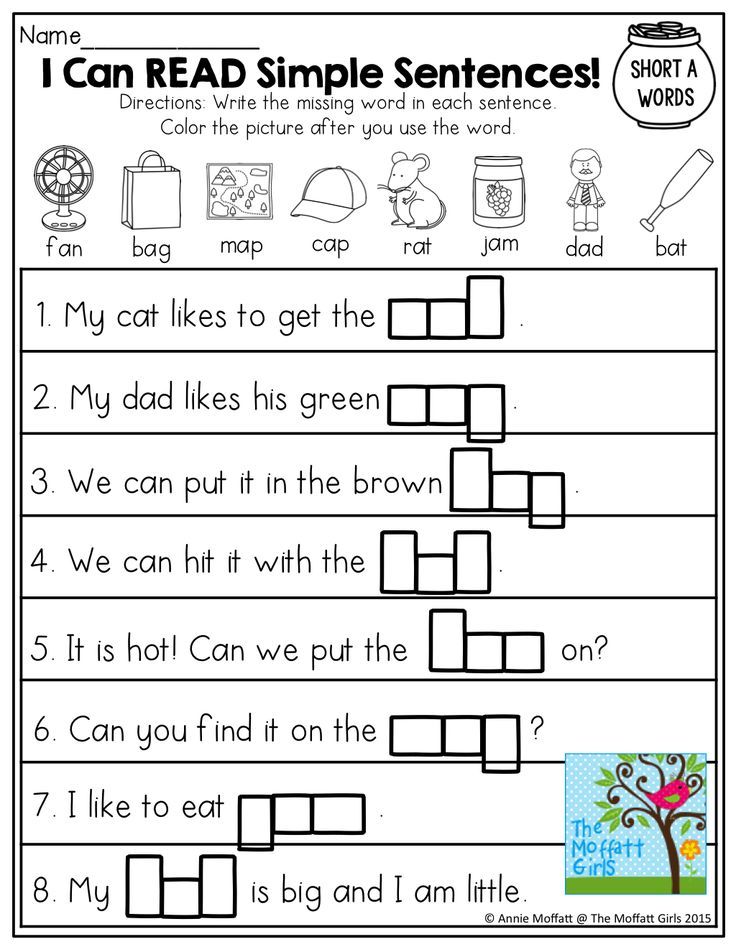 Children thrive on having someone appreciate their developing skills.
Children thrive on having someone appreciate their developing skills.
What you'll need:
Books at your child's reading level
What to do:
- Listen carefully as your child reads.
- Take turns. You read a paragraph and have your child read the next one or you read half the page and your child reads the other half. As your child becomes more at ease with reading aloud, take turns reading a full page. Keep in mind that your child may be focusing more on how to read the words than what they mean, and your reading helps to keep the story alive.
- If your child has trouble reading words, you can help him or her in several ways:
- Ask the child to skip over the word, read the rest of the sentence, and then say what would make sense in the story for the missing word.
- Guide the child to use what he or she knows about letter sounds.
- Supply the correct word.
- Tell your child how proud you are of his or her efforts and skills.
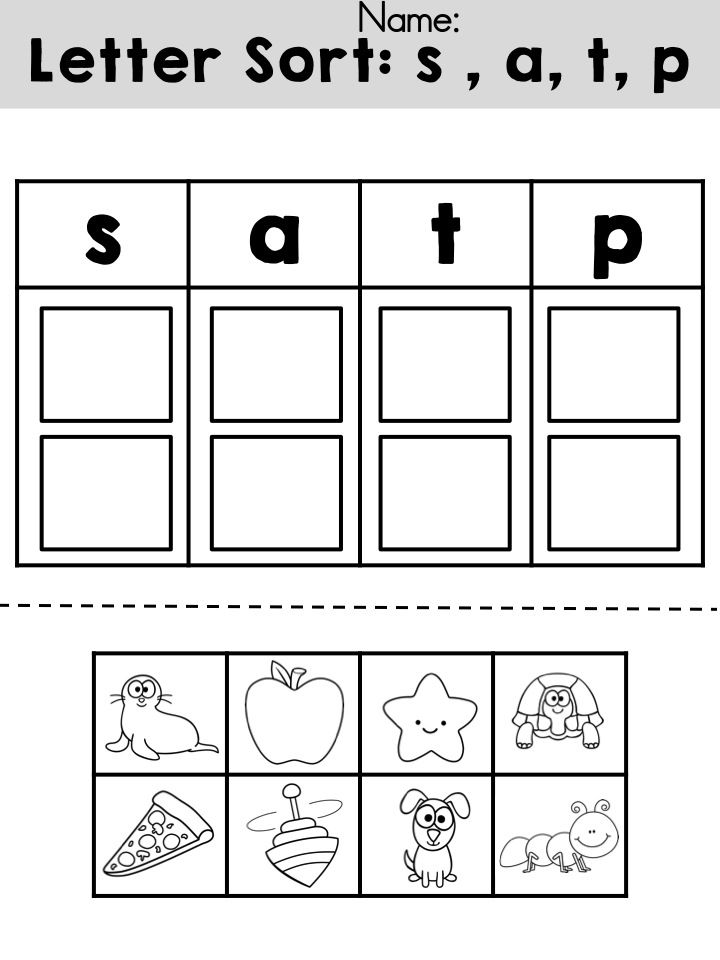
Listening to your child read aloud provides opportunities for you to express appreciation of his or her new skills and for them to practice their reading. Most importantly, this is another way to enjoy reading together.
Activity 12: Family stories
Family stories enrich the relationship between parent and child.
What you'll need:
Time set aside for talking with your child.
What to do:
- Tell your child stories about your parents and grandparents. You might even put these stories in a book and add old family photographs.
- Have your child tell you stories about what happened on special days, such as holidays, birthdays, and family vacations.
- Reminisce about when you were little. Describe things that happened at school involving teachers and subjects you were studying. Talk about your brothers, sisters, or friends.
- Write a trip journal with your child to create a new family story. Recording the day's events and pasting the photographs into the journal ties the family story to a written record.
 You can include everyday trips like going to the market or the park.
You can include everyday trips like going to the market or the park. - It helps for children to know that stories come from real people and are about real events. When children listen to stories, they hear the voice of the storyteller. This helps them hear the words when they learn to read aloud or read silently.
Activity 13: P.S. I love you
Something important happens when children receive and write letters. They realize that the printed word has a purpose.
What you'll need:
- Paper
- Pencil, crayon, or marker
What to do:
Language is speaking listening, reading, and writing. Each element supports and enriches the others. Sending letters will help children become better writers, and writing will make them better readers.
Activities for grades 3–6: encouraging the young reader
Activity 14: Good books make reading fun
Stories for young children should be of all kinds – folktales, funny tales, exciting tales, tales of the wondrous and stories that tell of everyday things.
What you'll need:
A variety of interesting books
What to do:
- An essential step in learning to read is good books read aloud. Parents who read aloud to their children are teaching literacy concepts simply by sharing books. Encourage your children to listen, ponder, make comments, and ask questions.
- Be flexible enough to quickly abandon a book that does not appeal after a reasonable try at reading it. No one is meant to enjoy every book. And no one, especially a child, should be forced to read or listen to books that bore.
- Even after children have outgrown picture books they still enjoy hearing a story read aloud. Hearing a good story read well, especially if it is just a little beyond a child's own capabilities, is an excellent way to encourage independent reading. Not all books are best read aloud; some are better enjoyed silently.
- There are plenty of children's books that are twice as satisfying when they are shared a chapter at a time before bed or during long car rides.
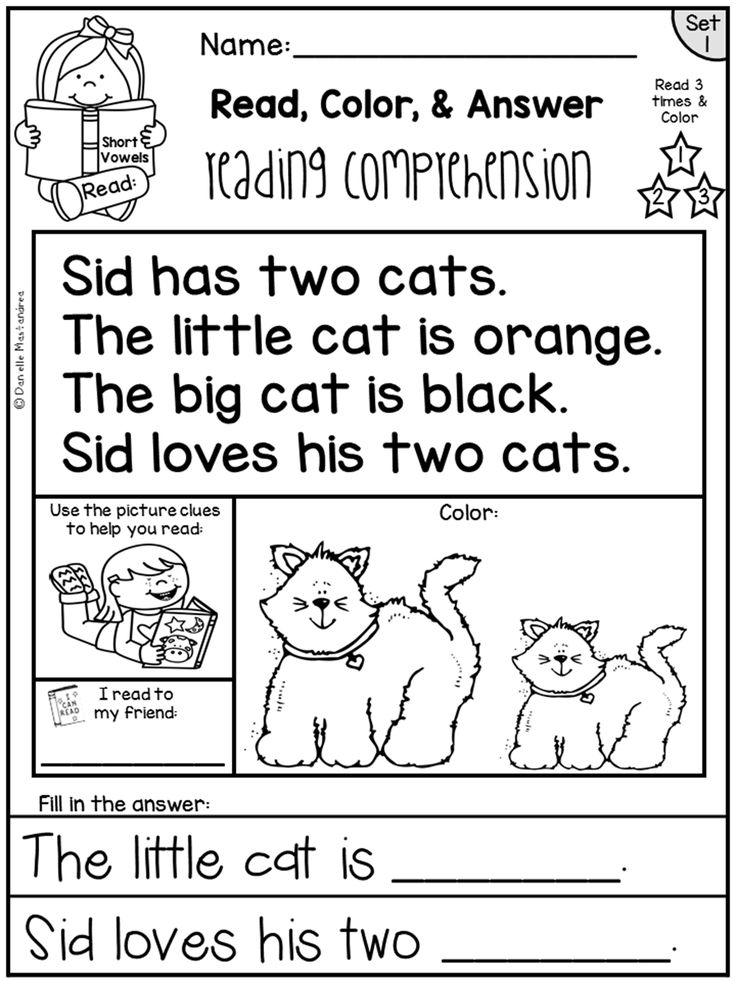 There are some books that children should not miss, books that they will want to hear many times and ultimately read for themselves.
There are some books that children should not miss, books that they will want to hear many times and ultimately read for themselves. - Young children want to read what makes them laugh or cry, shiver and gasp. They must have stories and poems that reflect what they themselves have felt. They need the thrill of imagining, of being for a time in some character's shoes for a spine-tingling adventure. They want to experience the delight and amazement that comes with hearing playful language. For children, reading must be equated with enjoying, imagining, wondering, and reacting with feeling. If not, we should not be surprised if they refuse to read. So let your child sometime choose the story or book that they want you to read to them.
Give your child many opportunities to read and write stories, lists, messages, letters, notes, and postcards to relatives and friends. Since the skills for reading and writing reinforce one another, your child's skills and proficiency in reading and writing will be strengthened if you help your child connect reading to writing and writing to reading.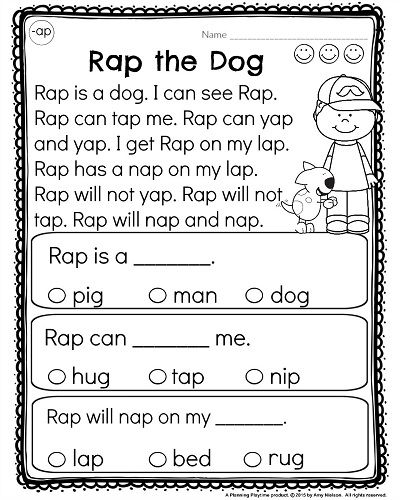
Activity 15: Artful artists
Children love to be creative when it comes to drawing, and illustrations add visual imagery to stories.
What you'll need:
- Drawing paper
- Pens and pencils
- Magic markers or crayons
What to do:
Find a fable, fairy tale, or other short story for your child to read. Then ask your child to illustrate a part of the story he or she likes best or describe a favorite character. Have the child dictate or write a few sentences that tell about this picture.
Activity 16: Shopping your way with words
Use your weekly shopping trip as an opportunity to help your child develop reading and writing skills.
What you'll need:
- Paper and pencils
- Newspaper ads
- Supermarket coupons
What to do:
As you make out your grocery shopping list, give your child a sheet of paper and read the items to him or her. If the child asks for spelling help, write the words correctly for him or her to copy or spell the words aloud as your child writes them.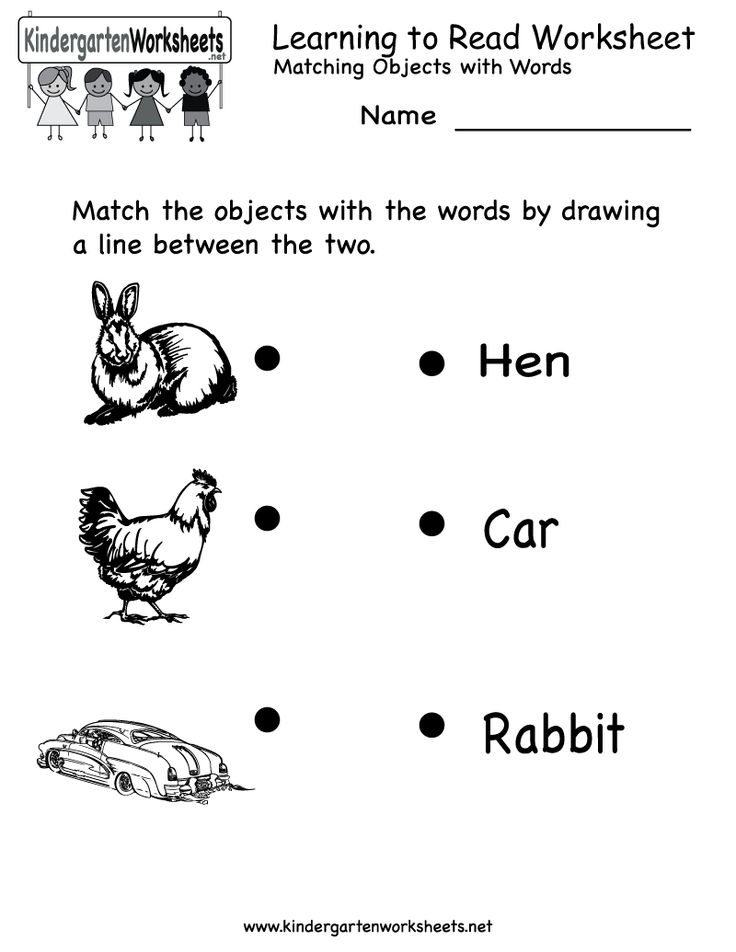
Ask your child to look through the newspaper ads to find the prices of as many items as possible. Your child can write these prices on the list and then look through your coupons to select the ones you can use. Take your child to the supermarket and ask him or her to read each item to you as you shop.
Activity 17: Cookbooking
Cooking is always a delight for children, especially when they can eat the results!
What you'll need:
- Easy-to-read recipes
- Cooking utensils
- Paper and pencils
What to do:
Show your child a recipe and go over it together. Ask your child to read the recipe to you as you work, and tell the child that each step must be done in a special order. Let your child help mix the ingredients. Allow your child to write down other recipes from the cookbook that he or she would like to help make.
Activity 18: Dictionary words
A dictionary is a valuable learning tool, especially if your child makes up his or her own booklet of words that are challenging.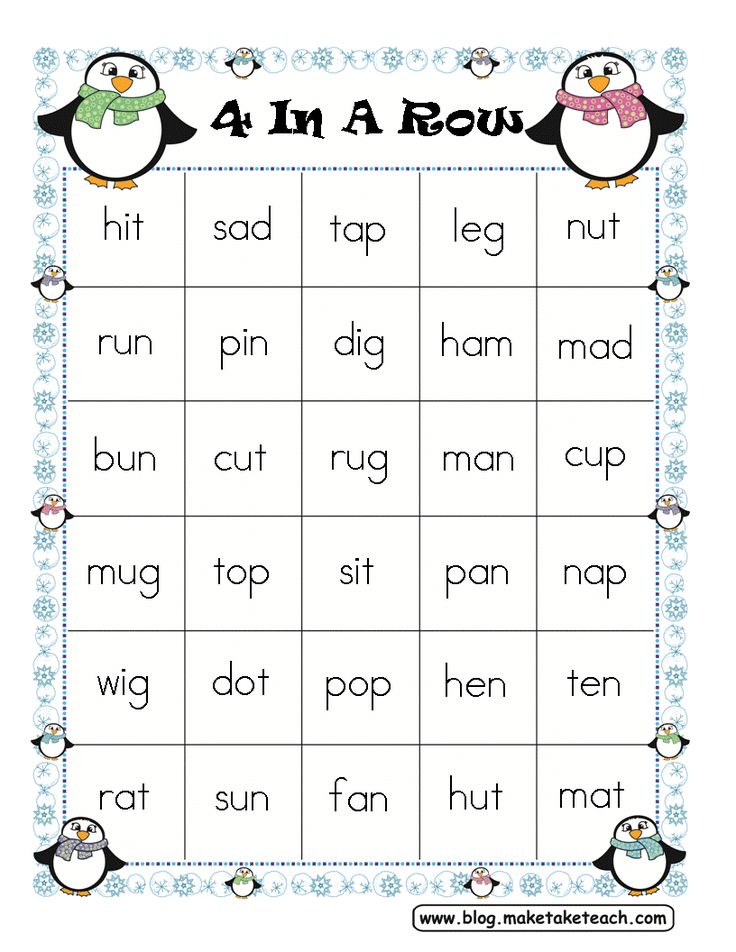
What you'll need:
- Paper and pencils
- A stapler
- Old magazines
- Newspaper and supplements
What to do:
Encourage your child to make a dictionary by putting together several sheets of paper for a booklet. Ask your child to write at the top of each page a new word he or she has recently learned. If the word can be shown in a picture, have him or her look through magazines and newspapers to find pictures that illustrate the words and paste them on the correct pages.
Have your child write the meaning of each word and a sentence using each new word. Your child can then use some or all of these sentences as the basis for a creative story. Have your child read this story to you and other family members.
Activity 19: Journals
Keeping a journal is a way for your child to write down daily events and record his or her thoughts.
What you'll need:
Two notebooks - one for your child and one for you!
What to do:
Help your child start a journal.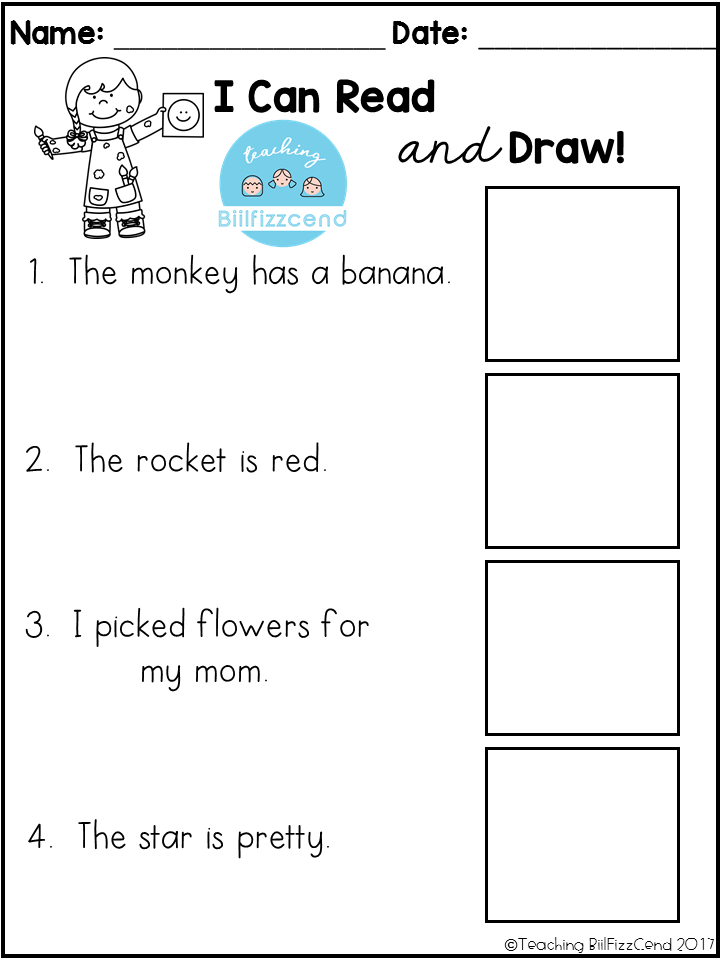 Say what it is and discuss topics that can be written about, such as making a new friend, an interesting school or home activity just completed, or how your child felt on the first day of school. Encourage your child to come up with other ideas. Keep a journal yourself and compare notes at the end of the week. You and your child each can read aloud parts of your journals that you want to share.
Say what it is and discuss topics that can be written about, such as making a new friend, an interesting school or home activity just completed, or how your child felt on the first day of school. Encourage your child to come up with other ideas. Keep a journal yourself and compare notes at the end of the week. You and your child each can read aloud parts of your journals that you want to share.
Activity 20: Greetings and salutations
Everyone loves to get mail, especially when the card has been personally designed.
What you'll need:
- Paper and pencils
- Crayons and magic markers
- Stamps and envelopes
What to do:
Ask your child to list the birthdays of family members, relatives, and friends. Show your child some store-bought birthday cards with funny, serious, or thought-provoking messages. Your child can then create his or her own birthday card by using a folded piece of paper, making an attractive cover, and writing a short verse inside.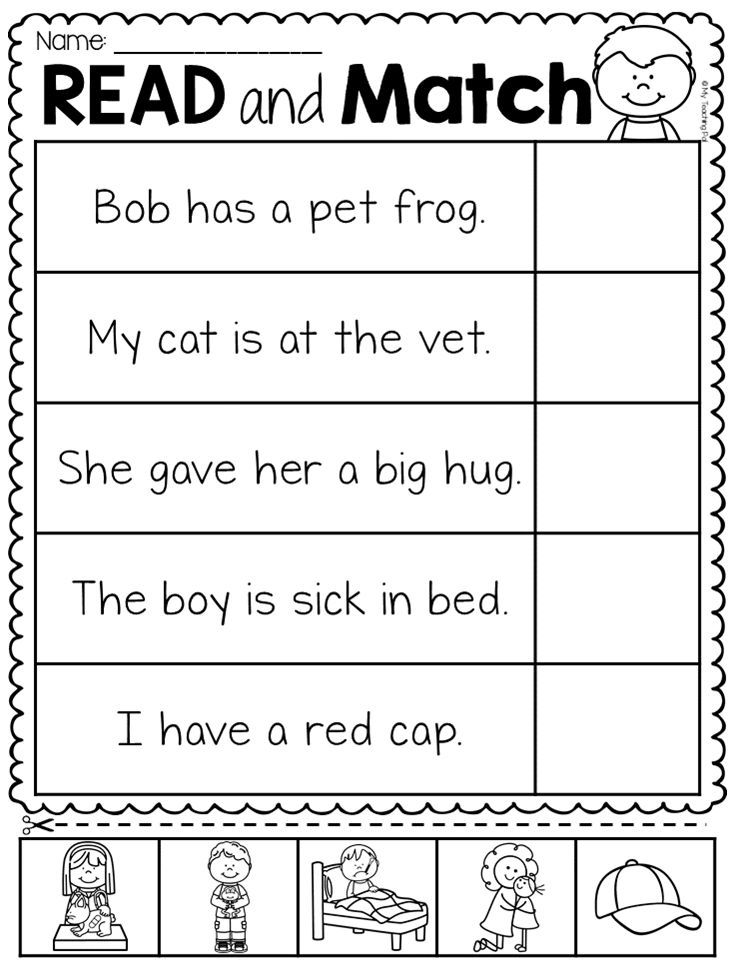 Then your child can mail the cards to friends and relatives for their birthdays.
Then your child can mail the cards to friends and relatives for their birthdays.
Activity 21: Giving the gift of reading
Reading a book is more fun when you have a homemade bookmark to mark your spot.
What you'll need:
- Pieces of lightweight cardboard
- Pens and pencils
- Paper
- Crayons and magic markers
What to do:
Provide your child with a piece of cardboard about 6" long and 2" wide. On one side of the bookmark, have your child draw a picture of a scene from a book he or she has read. On the other side, ask your child to write the name of the book, its author, publisher, publication date, and a few sentences about the book. After making several of these bookmarks, you might ask the child to send them to friends and relatives as gifts accompanied by a short note.
Activity 22: Let your fingers do the walking
The telephone book contains a wealth of information and is a good tool for reading and writing.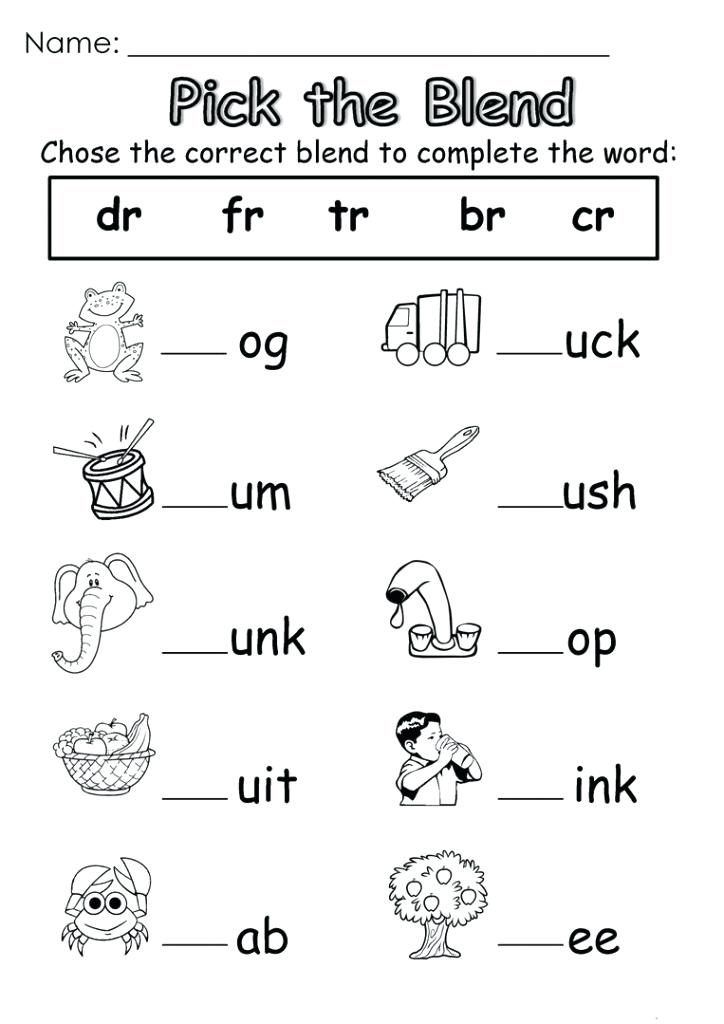
What you'll need:
- A telephone book, including the yellow pages
- Paper and pencils
What to do:
Have your child look through the yellow pages of the telephone directory, select a particular service, and write a clever or funny ad for it. Have your child read this ad to you. Help your child to find your own or a friend's listing in the white pages of the telephone book. Explain the different entries (for example, last name and address), along with the abbreviations commonly used.
Activity 23: Map your way to success
Children love to read road maps and this activity actually helps them with geography.
What you'll need:
- A road map or atlas
- Paper and pencil
- Stamps and envelopes
What to do:
When planning a vacation, let your child see the road map and help you plan where you will drive. Talk about where you will start and where you will end up. Let your child follow the route between these two points.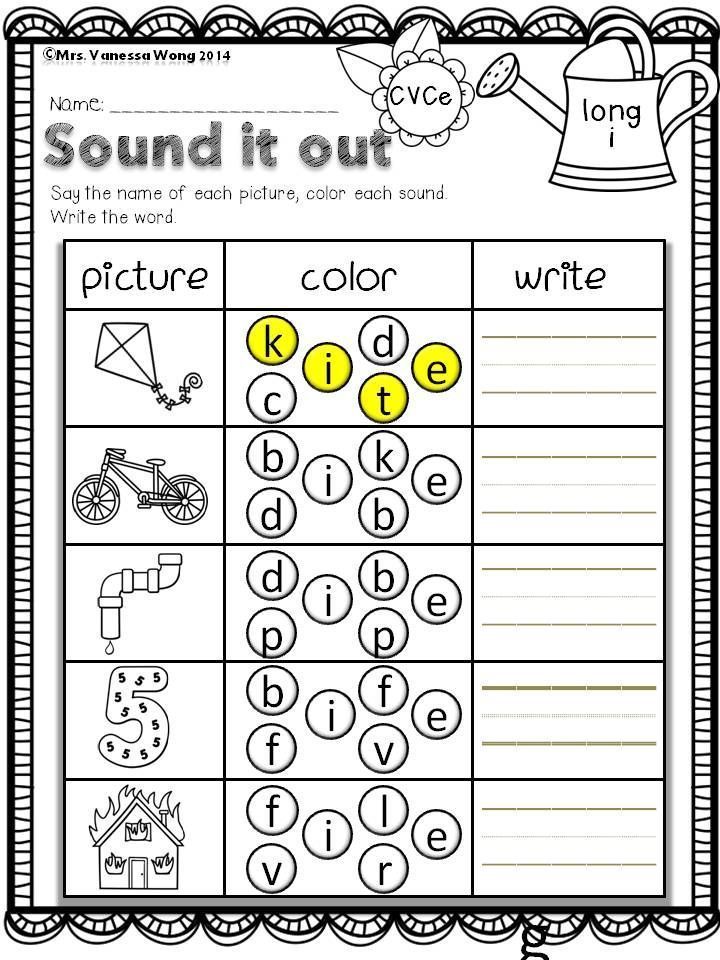 Encourage your child to write to the Chamber of Commerce for brochures about places you will see on your trip.
Encourage your child to write to the Chamber of Commerce for brochures about places you will see on your trip.
Activity 24: What's in the news?
Newspapers are a form of daily communication with the outside world, and provide lots of learning activities for children.
What you'll need:
- Newspapers
- Scissors
- Colored pencils
What to do:
- Clip out an interesting news story and cut the paragraphs apart. Ask your child to read the paragraphs and put them in order.
- Ask your child to read a short editorial printed in your local newspaper and to underline all the facts with a green pencil and all the opinions with an orange pencil.
- Pictures fascinate children of all ages. Clip pictures in the newspaper. Ask your child to tell you about the picture or list adjectives to describe the picture.
- Do you take your child to the movies? Have your child first look up the movie page by using the index in the newspaper.
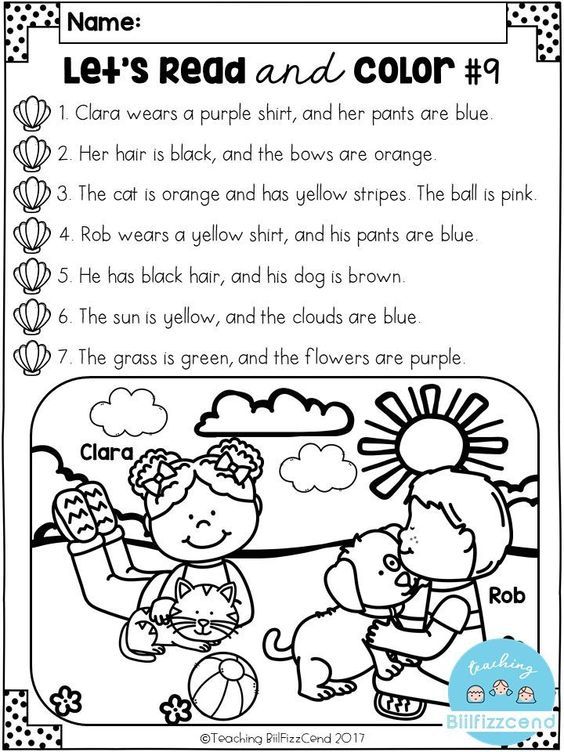 After a movie has been chosen, have your child study the picture or text in the ad and tell you what he or she thinks the movie is about.
After a movie has been chosen, have your child study the picture or text in the ad and tell you what he or she thinks the movie is about. - Have your child pick a headline and turn it into a question. Then the child can read the article to see if the question is answered.
- Ask your child to clip food coupons from the newspaper for your grocery shopping trips. First, talk about which products you use and which you do not. Then the child can cut out the right coupons and putt hem into categories such as drinks and breakfast items. You can then cash in the coupons at the store.
- Pick out an interesting article from the newspaper. As you are preparing lunch or dinner, tell your child that you are busy and ask him or her to read the article to you.
- Many newspapers publish materials especially written for children, such as the syndicated "Mini Page," "Pennywhistle Press," and "Dynamite Kids." In addition, some newspapers publish weekly columns for children, as well as tabloids and summer supplements written by educators.
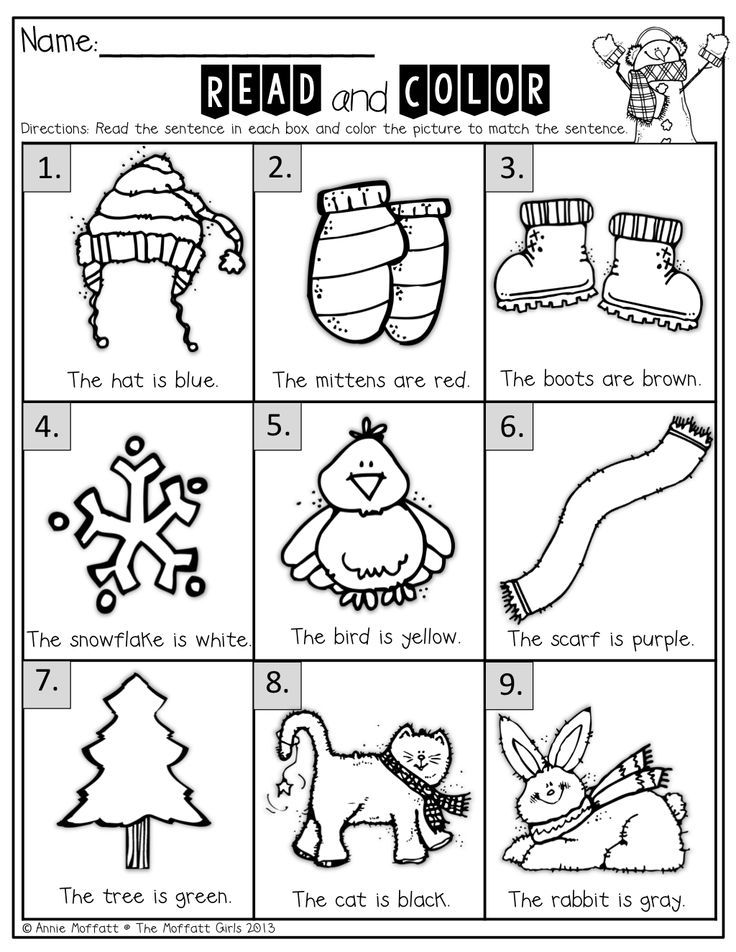
Activity 25: Using television to stimulate reading
What child doesn't enjoy watching TV? Capitalize on this form of entertainment and use TV to help rather than hinder your child's learning.
Some important ideas to consider before turning on the TV: Limit in some way the amount of TV your child watches so as to leave time for reading and other activities. Decide how much time should be set aside for watching TV each day.
Serve as an example by limiting the amount of TV you yourself watch. Have time when the TV set is off and the entire family reads something. You may want to watch TV only for special shows. Before the TV set is turned on, encourage your child to select the programs he or she wishes to watch. Ask your child to give you the reason for the choices made.
In addition, watch some of the same TV programs your child watches. This helps you as a parent share in some of your child's daily activities.
What you'll need:
- A TV
- A TV selection guide
- Colored highlighters
- A calendar page for each month
- Paper and pencils
What to do:
- Ask your child to tell you about favorite TV characters using different kinds of words.
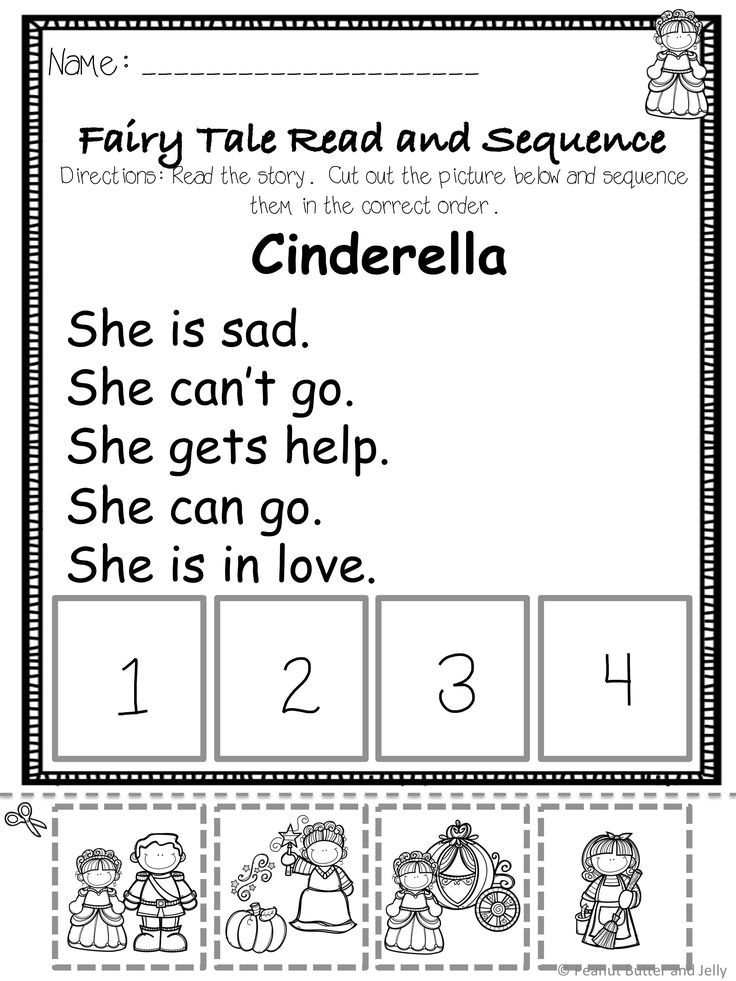
- As your child watches commercials on television, ask him or her to invent a product and write slogans or an ad for it.
- Encourage your child to watch such programs as Reading Rainbow. Urge older children to watch such programs as 60 Minutes and selected documentaries. These programs are informative. Discuss interesting ideas covered in the programs and direct your child to maps, encyclopedias, fiction, or popular children's magazines for more information.
- Have your child name 10 of his or her favorite shows. Ask your child to put them into categories according to the type of show they are, such as family shows, cartoons, situation comedies, sports, science fiction, or news and information. If you find the selection is not varied enough, you might suggest a few others that would broaden experiences.
- Prepare a monthly calendar with symbols such as a picture of the sun to represent an outdoor activity or a picture of a book to represent reading.
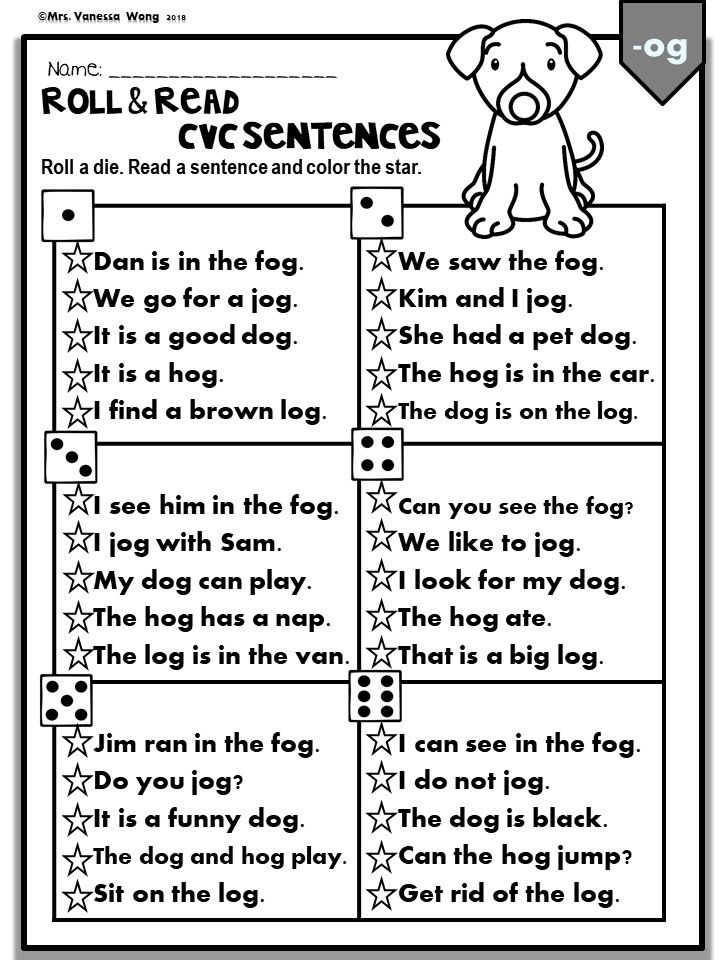 Each time your child engages in a daily free time activity, encourage him or her to paste a symbol on the correct calendar date. This will give you an idea of how your child spends his or her free time. It also encourages a varied schedule.
Each time your child engages in a daily free time activity, encourage him or her to paste a symbol on the correct calendar date. This will give you an idea of how your child spends his or her free time. It also encourages a varied schedule. - Ask each child in your family to pick a different color. Using the TV listing, have each child use this color to circle one TV program that he or she wants to watch each day. Alternate who gets first choice. This serves two purposes. It limits the amount of time watching TV and it encourages discriminating viewing.
- Devise a rating scale from 1 to 5. Ask your child to give a number to a certain TV program and to explain why such a rating was given.
- Have your child keep a weekly TV log and write down five unfamiliar words heard or seen each week. Encourage your child to look up the meanings of these words in the dictionary or talk about them with you.
Reading fiction in kindergarten | Outline of a lesson in fiction (middle, senior group):
has a huge impact on the development and enrichment of children's speech.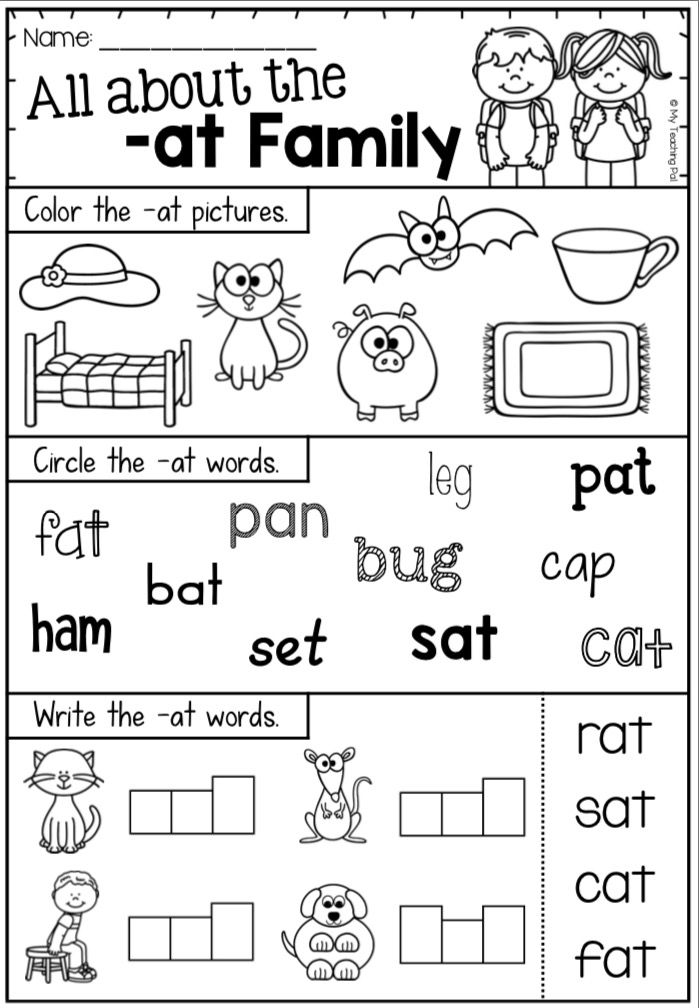
In poetic images fiction opens and explains to the child the life of society and nature, the world of human feelings and relationships. It makes emotions more intense, educates the imagination and gives preschoolers excellent examples of the Russian literary language .
Download:
Preview:
Teacher's name: Svetlana Sergeevna Prokopieva
Educational areas: Speech development, cognitive development, social and communicative development
Topic: Who ate the plum?
Age group: senior group
The purpose of the lesson: encouraging children to motivated assessment of the actions of the heroes of the story "Bone" through conversation and didactic play.
Objectives of the lesson:
Teaching - to understand the motives of the actions of the hero "Kostochka".
Developing - remember the actions of the hero during the conversation.
Educational - to determine the right and wrong actions.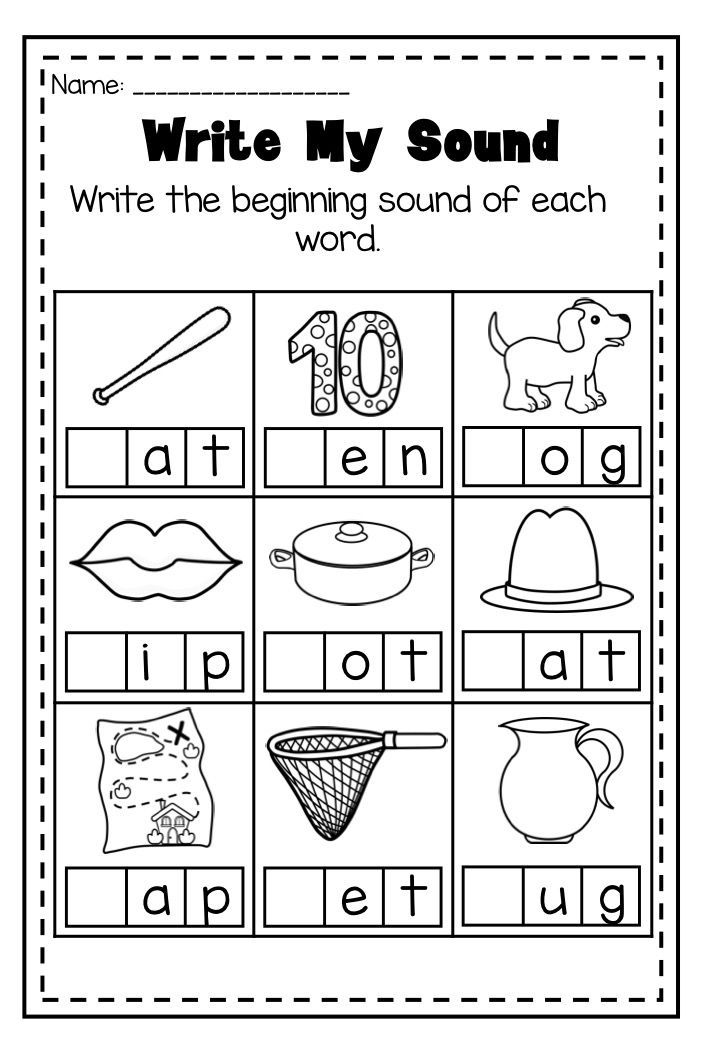
Additional tasks:
Game: collect baskets of good and bad deeds on the interactive board.
Didactic: to characterize the motive of the hero's action through a didactic game.
Vocabulary work: to give the concept of the words blushed, the room, considered
Planned result of the lesson: give a motivated assessment of the actions of the hero. Remember actions. Name right or wrong actions. During the game, the motives of the hero's actions are determined, they express their attitude about the actions of the hero.
Preparatory work: D\and "Emotions", D\I "Behaviour". Listening to the audio and video recording of Antonio Vivaldi "Autumn".
Materials and equipment: interactive panel, reader, bell.
| No. | Stages, duration | The task of stage | Activities of the teacher | Methods, forms, techniques, techniques, techniques, techniques | The estimated activities of children | Planned results |
| 1. | Organizational - Motivational Stage | Collect the attention of children and configure for the upcoming type of activity | Hello guys, I am called Svetlana Sergeevna. - The bell sings, he calls all the guys in a circle! Show me your palms, and stroke them a little, look at each other and give a smile! Let's smile and give a good mood to each other! Well done, sit down on the carpet. - Guys, what do you think can make you feel good? - What can make your parents upset? - That is, people change their mood depending on the actions of other people. And now I suggest you play a little. | Verbal | Stand in a circle, stroke their hands, smile Sit on the carpet - from good music, games, good behavior - they didn’t remove the toys, they pumped it, did not hang things, etc. | set up for the upcoming activity, shows interest |
| 2. | Main stage | |||||
| 9000 2.1. . | Problem Statement Stage | Problem Situation Discussion | And/and Actions There are two good actions on the interactive whiteboard and we need to transfer many pictures with good and bad actions into one basket , and in the second bad. Clear? But before we start, who will remind us how to work with an interactive whiteboard? Arrange good and bad deeds in baskets. Well done guys, let's do eye exercises with you. "Bridge" We close our eyes, that's what miracles are Our eyes are resting, doing exercises And now we will open them, we will build a bridge across the river. Let's draw the letter "O", it turns out easily. Today I will introduce you to the true story of Leo Tolstoy "Bone". Please look at the portrait of this writer (showing the portrait). Personally, I liked this story, because it teaches good deeds and talks about the consequences of bad ones. This story is about a boy who, out of curiosity, tried to deceive his parents, but you will find out how it all ended after listening to the text. | Verbal, practical | - Yes - Standing at arm's length; - Approach only with the permission of the teacher; - Hands must be kept dry; At the board, we work standing sideways and point with a pointer in our right hand. (Close both eyes) (Continue to stand with closed eyes) (Open eyes, draw a bridge with a glance) Look at the portrait | Show curiosity. |
| 2.2. | The stage of familiarization with the material | Listen to the story, answer questions. | Reading a story. Conversation on questions about what was read. 1. What did mother buy? 2. How did Vanya behave? 3. Why were Vanya interested in plums? 4. How did Vanya behave when he was alone in the room? 5. Who noticed that one plum was missing? 6. Did Vanya confess his act? 7. Why was dad worried? 8. What did Vanya say? 9. What would you do if you were Vanya? There is a proverb “The secret always becomes clear”. How do you understand it? Re-reading the instructive passage. Let's have some rest guys And now we're with you, children And now we're with you, children, We're flying away on a rocket. Get up on your toes, And then your hands down. One, two, three, four - Here the rocket is flying up! (1-2 - stand on toes, arms up, palms form a "rocket dome"; 3-4 - main stand.) Guys, would you like to read the story again? Reading the story | Verbal | Listen to the story - Plum - He was curious, he did not leave them, sniffed - because he never tried them - he ate one plum - mother - yes, when father told about the bone - he said if you eat the stone you can die - that he did not eat the stone - would ask permission, would not confess - no matter how you hide it, sooner or later they will find out about it Perform physical minutes - Yes | Shows curiosity |
| 2. | Stage of practical solution of the problem | There is an expression in the story: “blushed like cancer”, what does it mean? What is an upper room? How do you understand the word "considered"? | Speed | - with shame, it became red as boiled cancer - - a bright room - counted | ||
| 3. 9000 9000 | Ability to analyze in the process of reflection of joint activities. | What is the name of the story you were retelling? Who is the author of the work? Did you like the story and why? -Now you children understand that you should do only good deeds and obey your parents. Do not forget to tell the story of the boy Vanya to your parents, relatives | Slender | answers children | ||
Pre view:
Educator: Prokopyeva Svetlana Sergeyevna
0002 Educational areas: Speech development, cognitive development, social and communicative developmentLesson topic: Why did the teddy bear get lost?
Age group: senior group
The purpose of the lesson: to encourage children to motivated assessment of the actions of the heroes of the Russian folk tale "Kroshechka-Khavroshechka" through conversation and didactic play.
Lesson objectives:
Teaching - to understand the motives of the actions of the protagonist of the Russian folk tale "Krushechka-Khavroshechka".
Developing - remember the actions of the main character during the conversation.
Educational - to determine the right and wrong actions.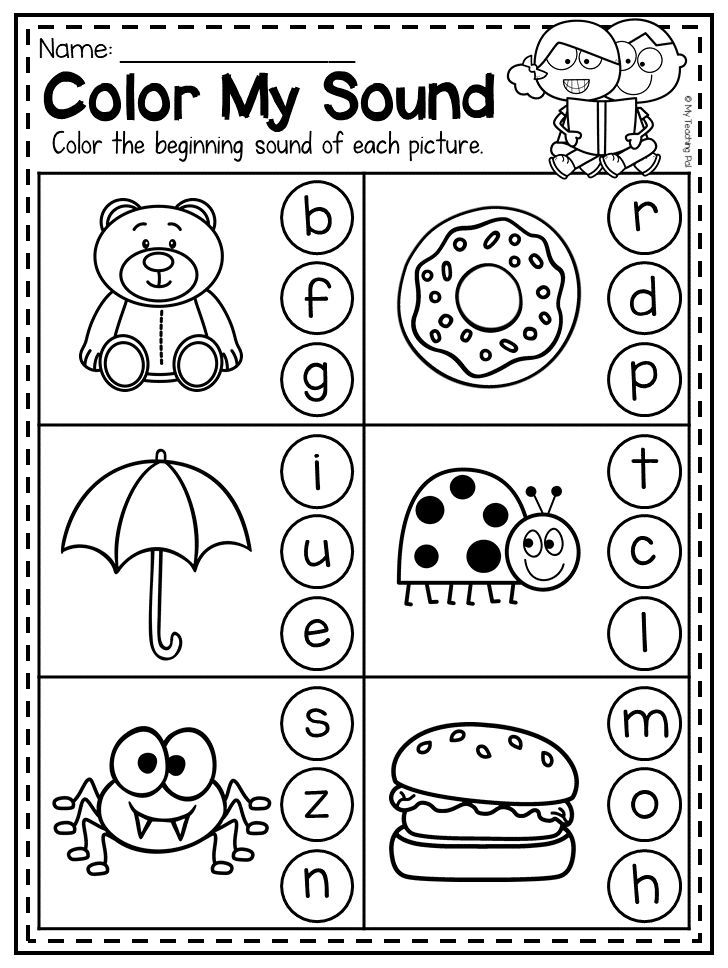
Additional tasks:
Game: collect on the interactive board a sequence of situations in a fairy tale.
Didactic: to characterize the motive of the main character's action through a didactic game.
Vocabulary work: to give the concept of the words tormented, froze, greet, lure, scold, slacked off.
Planned result of the lesson: give a motivated assessment of the actions of the main character. Remember actions. Name right or wrong actions. During the game, they determine the motives for the actions of the hero, express their attitude about the actions of the main character
Preparatory work: Reading Russian folk tales.
Materials and equipment: Interactive panel, reader, bell
| No. | Stages, duration | Stage | Activity of the teacher |
Intended activities of children | Planned results | ||
| 1. | Organizational and motivational stage | Gather the attention of children and set them up for the upcoming activity | Hello guys, my name is Svetlanaevna - The bell sings, he calls all the guys in a circle! Show me your palms, and stroke them a little, look at each other and give a smile! Let's smile and give a good mood to each other! Well done, sit on the carpet in a circle. - Do you guys like listening to Russian folk tales? - What fairy tales do you know? Children, I have prepared a riddle for you . Listen to her carefully: Walks in the fields in summer And gives milk to all of you, Loudly shouts "mu" to the mistress Give me more hay. Guys, why did you decide that this is a cow? | Verbal | Stand in a circle, stroke hands, smile Sit on the carpet - Yes - Kolobok, Moidodyr, Hen Ryaba, Frost Sit on chairs - Cow - Walks in the fields in the summer, gives milk and shouts "Mu" to the mistress, eats hay | Attuned to the upcoming activity, showing interest | |
| 2. | Main stage | ||||||
| 2.1. | Problem Statement Step | Discussion of a problem situation | I take out the package. Guys, look, today they handed over the package to me, here it is written for the Zvezdochki group. Is this your group? Want to see what's in the package? They gave us a book (showing the book), did you recognize it? What is this fairy tale? Guys, who is the author of this tale? So what is this fairy tale? Why? - Do you want us to get into a fairy tale now? -But first of all, we need to remember where we left off last time, let's now compose the correct sequence of events in fairy tale 9 on the interactive whiteboard0003 But first, who will remind us how to work with an interactive whiteboard? Lay out the correct sequence, guys, but one picture remains, do you think it is from this fairy tale? And from what? So it is superfluous, let's remove it then. Guys, let's do eye exercises with you. "Bridge" We close our eyes, that's what miracles are (Both eyes are closed) Our eyes are resting, exercises are doing (They continue to stand with their eyes closed) And now we will open them, we will build a bridge across the river. (Open eyes, draw a bridge with a glance) Let's draw the letter "O", it turns out easily Well, did you remember a little fairy tale? Who remembers where we left off? Do you want to know how it all ended? Then listen carefully | Verbal, practical | - Yes - Yes0003 - Yes - People wrote this fairy tale - Folk - Because people wrote it - Yes - We stand at arm's length; - Approach only with the permission of the teacher; - Keep hands dry; At the board, we work standing sideways and point with a pointer in our right hand. - No - Morozko Do exercises for the eyes - Yes0003 - Yes | Show curiosity. | |
| 2.2. | The stage of familiarization with the material | Listen to the story, answer questions. | Reading a fairy tale. Conversation on questions about what was read. 1. What is the story about? 2. Who is the main character of the fairy tale? 3. What did the cow do in the fairy tale? 4. How is Khavroshechka represented? 5. Who was the first to follow Havrosechka? 6. How did the cow help Khavroshechka? 7. What happened to the cow? 9. Why did the stepmother do this? 10. What would you do if you were Khavroshechka? 11. What did you find most instructive? Q: Did you guys like the fairy tale? Who is the main character of the fairy tale? D: Khavroshechka Q: Tell me, who helped her in her difficult life, at work? D: A cow helped Khavroshechka. Q: How did she help her? D: Khavroshechka will fit into one ear, and out into the other, everything is ready. Q: Was Khavroshechka's life easy in this family? D: no, Khavroshechka wove, spun, worked, never heard a kind word, offended her, but no one spared pity. B: "They beat me, they scold me, they don't give me bread, they don't tell me to cry." Q: How did the stepmother find out that a cow is helping Khavroshechka? D: Three-eyes told her about it. The stepmother sent her daughters to the meadow to spy on Khavrosechka. Q: What song did Khavroshechka sing to her daughters in the meadow so that they would fall asleep sooner? D: Sleep peephole, sleep another. Q: How did the fairy tale end? D: Khavroshechka treated the master to an apple. Q: As you understand, "... and she began to live in goodness, it's hard not to know" D: No one scolded her anymore, didn't force her to work, but only loved her. Re-reading the instructive passage. Let's guys rest a bit And now we are with you, children And now we are with you, children, We are flying away on a rocket. Get up on your toes, And then your hands down. One, two, three, four - Here the rocket is flying up! (1-2 - toe stand, hands up, palms form a "rocket dome"; 3-4 - main stance.) | Verbal | Listen to a passage | Shows curiosity Oral can use speech to express his thoughts and feelings | |
| 2.3. | Stage of practical problem solving | And now I suggest you play the game complete the sentence: and in the other… Well done guys. | - field - cow - climb out | ||||
| 3. | The final stage | The ability to analyze in the process of reflection of joint activities. | What story did we read today? Who is the author of this story? What does this story teach? | The children's answers One must obey one's mother and not run away from her. | |||
0003
Summary of reading fiction
(Preparatory group No. 1)
Completed by the educator: Svetlana Sergeevna Prokopyeva
Subject: Retellings of short stories by Leo Tolstoy “Why do we do this?”
Educational areas: “speech development”, “cognitive development”
Age group: preparatory
Purpose: to create conditions for students to get acquainted with the life and work of Leo Tolstoy, his works, the development of oral speech and logical thinking.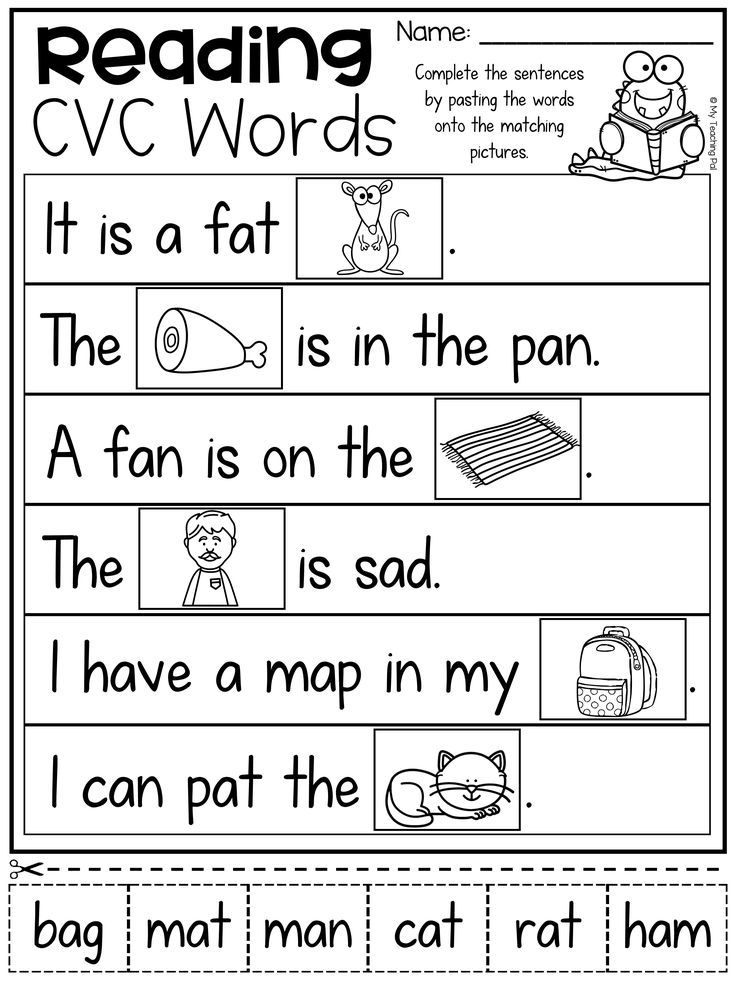
Educational:
- learn to listen carefully and with interest to a story;
- comprehend and evaluate the characters of the characters in the story, analyze their actions;
- to acquaint children with the work of the Russian writer Leo Tolstoy;
- improve children's ability to conduct a conversation on the content of a literary work
Developing:
- continue to develop children's interest in fiction and cognitive literature;
- to promote the formation of an emotional attitude to literary works;
- develop logical thinking, memory, visual attention, creative imagination;
Educational:
- to cultivate interest and love for works of fiction, respect for books.
Equipment: Portrait of Leo Tolstoy, books, presentation.
Preliminary work: reading the stories of Leo Tolstoy, examining and drawing illustrations for the stories, reading proverbs about friendship, honesty, justice, diligence.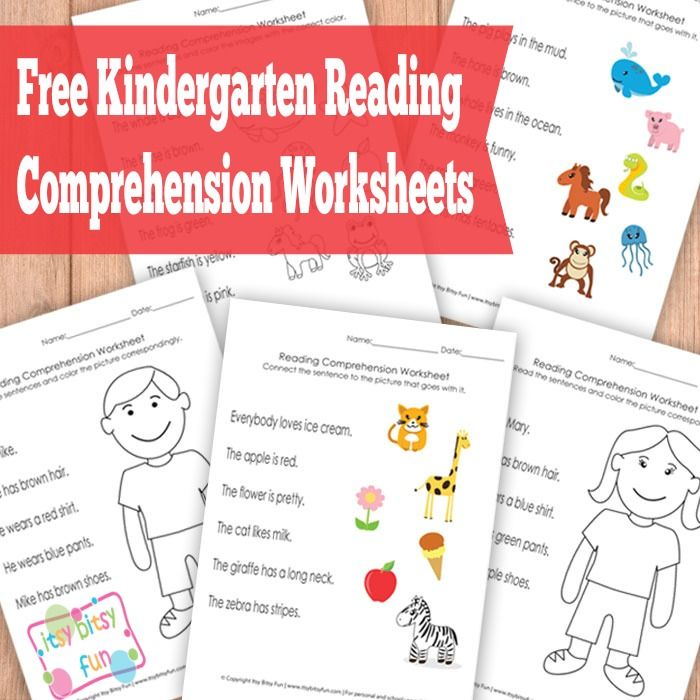 Comparison of illustrations by different artists for the same work.
Comparison of illustrations by different artists for the same work.
Code
| No. | Stages | Stage | Activities of teacher | Methods, Receptions | 9000 9000 Expected activities of children 9000 9000 The intended activities result | ||||||||
| 1 | Organizational and motivational stage | Motivate children for future activities. | Hello guys! Today is a wonderful day, so let's greet each other with a handshake with the word "Hello." Well done! - Guys, in what mood did you come to class today? - Today in class we will continue our conversation about good and bad deeds. | Verbal Practice Conversation Reading | Children stand in a circle Greet Children's answers Make guesses. - Learn to speak clearly and correctly. - Learn to speak expressively. - Let's learn wisdom. - Let's think about what we have read | Children are emotionally attuned to the lesson0003 Familiarization stage Problem statement stage | Involve children in joint activities. | 1. Speech warm-up 1) Clean tongue Ar, ar, ar, ar - we bought a samovar. Silt, mud, mud, mud - I bought myself a pie. Oh, oh, oh, oh - we planted peas. Woo-sh-sh-sh - take a shower in the morning. Et, et, et - the poet wrote poetry. 2) Work with tongue twister. Zhenya became friends with Zhanna. Friendship with Jeanne did not work out. To live amicably with friends, It is not necessary to offend friends. (I read aloud, the children repeat quietly). - What did you read? - How did you guess? How to speak? And now let's have a little rest Physical education minute Along the path, along the path We are jumping on the right leg. And along the same track We ride on the left leg. They ran along the path. Let's run to the lawn. On the lawn, on the lawn We'll jump like bunnies. Stop. Let's have a little rest and go home on foot. Now come to the book exhibition – What do the books in our exhibition have in common? – How do they differ? – Guys, what else did you notice? Let's find thin cover books at the exhibition? And now in thick? Authors who want to interest their reader put the brightest illustrations on the cover. – Look guys, do we have - As a rule, books for adults do not have pictures. Find these books in our exhibition. – What stories did we read and what are they about? - What do you think we will do in class today? Today we will get acquainted with the work of the great writer L. Tolstoy and his stories for children. A story about the life and work of Leo Tolstoy Tolstoy Lev Nikolaevich was born on August 28, 1828, in the estate of Yasnaya Polyana, Tula province - died on November 7, 1910. Tolstoy was the fourth child in a large noble family. His mother died when Tolstoy was not yet two years old, but according to the stories of family members, he remembered her well. Tolstoy's father was a good-natured man, he loved to read and hunt. He died early. The children were raised by a distant relative. Leo Tolstoy spent his entire life in the village of Yasnaya Polyana. 2. Speech warm-up. Patter. Dust flies across the field from the clatter of hooves. - What animal is referred to in this tongue twister? - And now we will read a story about a horse, but a toy one. Reading the story 2. Working with the story. Consider the picture. - Who had a horse? - What happened between Petya and Mitya? - Who settled their dispute? - Why did mother take away the horse? -How could the boys play? What would you advise them? - Have such situations happened to you? - What did the author want to tell us with this story? The main idea of the story. And now, let me read the story again, and you remember and try to retell it, and to make it easier for you, it will be in front of you, here is such a mnemonic table. - Listen to the second story. Reading the second story - Who is this story about? - Why did you decide so? Read this sentence. - What did the girl's bag look like? - Why was the girl proud of her work? - This girl was very small, but what she wanted to be | Verbal Visual The exhibition presents books by Leo Tolstoy. Showing a portrait | Repeat tongue twisters in chorus and separately - tongue twister Children's answers Jumps on the right leg. Jumps on the left leg. Run in place. The run continues. Jumping in place on both legs. Sit down. Walking in place, arms to the sides, up, down, exhale. - They have the same author. - They have different stories, font. - They have different thicknesses. Examining books, listening to the teacher's explanation - reading and retelling the stories of Leo Tolstoy Listening to the story, examining the portrait - In tongue twister they talk about a horse. View illustration. Answer questions - Petya and Mitya had a horse. - The boys argued. -Mom decided their dispute. - Mother took the horse away because the boys were arguing. - The boys could play together. - We must play together. Listen and retell the story Listen, answer questions. - This story is about a girl. - Did the bag turn out bad? - The girl sewed the bag herself. - The girl wanted to be hardworking. | Children did a speech warm-up | ||
| 3 | Final stage | Initiates a general discussion. Awareness of oneself as a participant in the cognitive creative process. Formation of elementary skills of self-control. | - What writer did we talk about in class? - What did you find out about him? - Guys, you listened to two stories about children. Actions and behavior, who do you like more? – What do you think L. N. Tolstoy wanted children to be like? – What do Tolstoy's works teach us? I would like to end the lesson with the words of a wise man: “There is nothing better and more pleasant in the world than friendship, to exclude friendship from life is the same as to deprive the world of sunlight.” - Now let's go back – Which type of work did you like best? What would you like to know more about? Use the Traffic Light to evaluate your activity in class. Friendship is sunlight, the sun warms the whole planet, and a person can be warmed by one pleasant, kind word, a smile, with which friendship can begin. Guys, turn to each other, smile, praise each other for excellent work, mutual assistance. Thanks for the activity! | Verbal, conversation Practical | - Today we talked about L. Tolstoy. Answer questions. Consciously listen. answers of children Evaluate their activities Praise each other for excellent work | Children have secured knowledge about what was in the lesson | |||||||
PREVICATION:
Topic: acquaintance with the work of K. I. Chukovsky "Cockroach".
Educational areas: "speech development", "cognitive development"
Age group: middle
Purpose: familiarization of children with the work of K.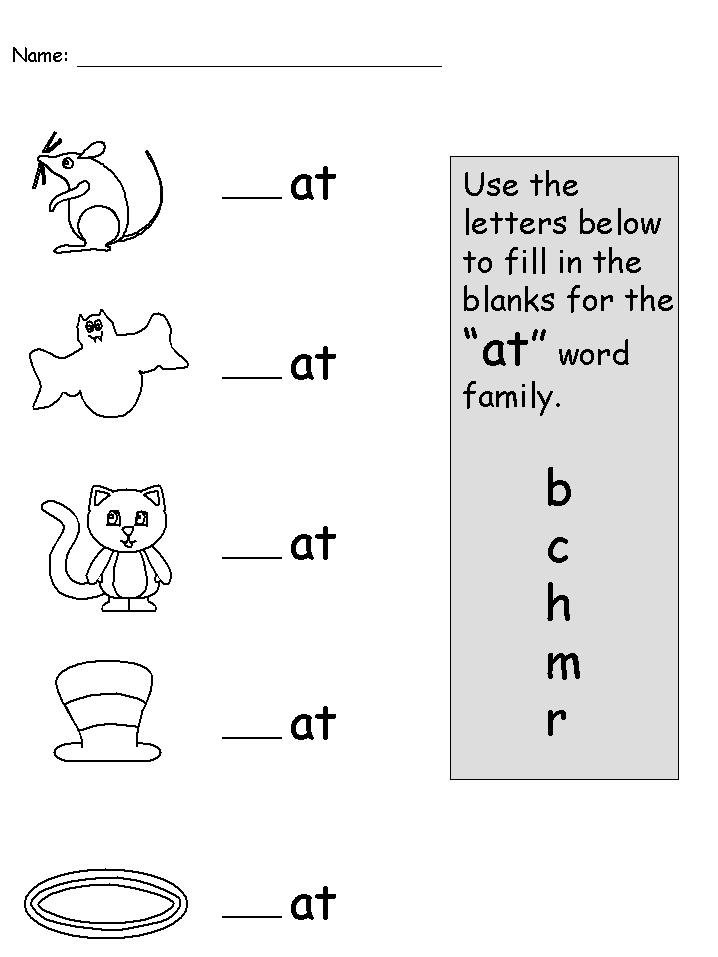 I. Chukovsky "Cockroach".
I. Chukovsky "Cockroach".
Objectives of the lesson:
Educational:
- to learn to listen attentively and with interest to the story;
- comprehend and evaluate the characters of the characters in the story, analyze their actions;
- to acquaint children with the work of the Russian writer K. I. Chukovsky;
- improve children's ability to conduct a conversation on the content of a literary work
Developing:
- continue to develop children's interest in fiction and cognitive literature;
- to promote the formation of an emotional attitude to literary works;
- develop logical thinking, memory, visual attention, creative imagination;
Educational:
- to cultivate interest and love for works of fiction, respect for books.
Equipment: Portrait of K.I. Chukovsky, illustrations for fairy tales, books with fairy tales by K.I. Chukovsky, board with magnets.
Preliminary work: reading the stories of K.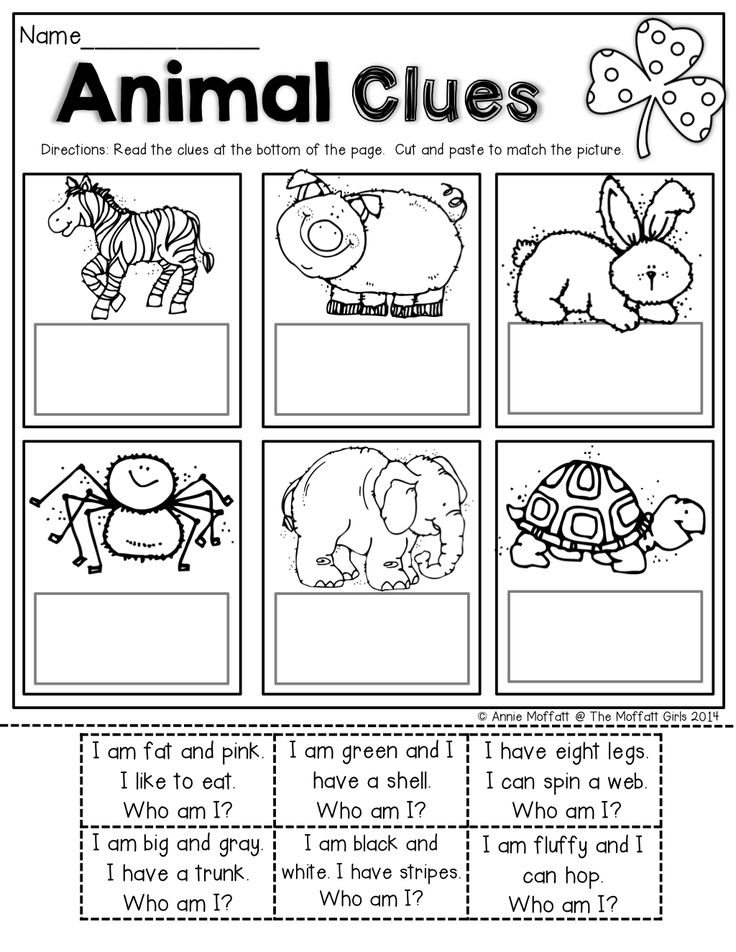 I. Chukovsky, examining and drawing illustrations for the stories, reading proverbs about friendship, honesty, justice, diligence. Comparison of illustrations by different artists for the same work.
I. Chukovsky, examining and drawing illustrations for the stories, reading proverbs about friendship, honesty, justice, diligence. Comparison of illustrations by different artists for the same work.
Code
| No. | Stages | Stage | Activities of teacher | Methods, Receptions | 9000 9000 Expected activities of children 9000 9000 The intended activities result | ||
| 1 | Organizational and motivational stage | Motivate children for future activities. | Hello guys! My name is Svetlana Sergeevna. Today is a wonderful day, so let's greet each other with a handshake with the word "Hello. Today we will get acquainted with a new work. But in order to understand which one, we need to assemble such puzzles with you. Well done, what is shown here? Correct! I am reading the beginning of the fairy tale "Cockroach". Bears were riding a bicycle, And behind them a cat backwards…. Guys, do you know who wrote these lines? Have you ever heard these lines? | Verbal Practical conversation Reading | Children stand in a circle Children collect the puzzle for the work of K.I. Chukovsky “Tarakanische” answers of children No, we don’t know Yes. They are familiar to us. We heard them | Children are emotionally attuned to activity | |
| 2 2.1 2. | The main stage Stage familiarization with the material of Problem Problem | involve children in joint activities. | These poetic lines begin the work "Cockroach". We haven't read it yet. And it was written by Korney Ivanovich Chukovsky. All the works of Korney Ivanovich are very funny, mischievous, surprisingly interesting fairy tales in verse, which can be listened to many times. (I show a portrait of K.I. Chukovsky and show one after another the books “Confusion”, “Fedorino's grief”, “Moydodyr”, “Aibolit”, etc., and the children name them). We guys have been sitting too long, let's play a little. I spend a physical minute "All the guys stood up together." All the guys got up together And walked on the spot. Stretched out on toes, And now they sagged back. Like springs we sat down And quietly sat down at the same time. I really like to read fairy tales by K.I. Chukovsky. He wrote a great many poems for children. Korney Ivanovich was very fond of children. Often met with them, watched, played, told them various stories. His stories are always very kind and instructive. Guys, what works by KI Chukovsky do you like? Excellent! And now, children, I suggest you listen to a new work written by Korney Ivanovich Chukovsky. It's called "Cockroach". This is a work about a cockroach, which everyone was afraid of, the cockroach became the master and, first of all, demanded dinner, only the sparrow could defeat him, but you will learn how he defeated him by listening to the work. Reading a story (accompanied by illustrations). Guys, did you like the fairy tale in verse? What was this fairy tale about? How did the sparrow defeat the cockroach? What did he do? Yes, guys. Sparrow saved all the animals from the evil cockroach, all the animals were very happy and thanked their savior. Guys, what moment in the story did you like the most? Would you like to read this work again from now on? Re-reading the work with the moment chosen by the children Vocabulary work Guys, when I read, were there words you didn't know? Well, let's see, Wolves on a mare? Guys, what word is not familiar to you here? Who knows who "Mare" is? A mare is a horse Gateway is a wide gap between the gate and the ground Walking backwards - walking slowly Crowding - a crowd Give a streak - run away Run away - run away Dodge - dodge And now we will check how carefully you listened. I read lines from a poem, and you continue the rhyme: 1. The animals trembled, Fainted ……………. Wolves out of fright A friend ate ………….. 2. Poor crocodile Toad ………………… And the elephant, all trembling, So she sat down on …………. 3. Only crayfish They are not afraid of battle-……….. Although they are moving backwards, But with mustaches ……………… And they shout to the mustachioed giant: ourselves ….. We can move ourselves Move ………..!" And they moved back even further. Well done guys! | Verbal Visual, portrait of the writer Verbal, reading biography Visual display of illustrations from book Verbal, reading a story, conversation Visual, showing illustrations | Children name works Straighten up. Walking in place. Hands up. Bend back, put your hands behind your head. Sit down. Straighten up and sit down. Children name the works Children's answers Children listen attentively Children's answers answers of children Yes Falled Friend Sucked Hedgehog Fights Shevely Usachi | Children are familiar with the author of Children enslaved knowledge about already familiar works 9000,0002 Children are familiar with the biography of the author “Fedorino grief”, “Moydodyr”, “Aibolit”, “Confusion”, etc. The children are familiar with the new words The children learned about the new story | |
| 3 | Closing Stage | Initiates general discussion. Activates the impulse. Shows respect for children. Awareness of oneself as a participant in the cognitive creative process. Formation of elementary skills of self-control. | What good fellows you are, and now let's share our impressions about our lesson. Tell us what you liked and what you didn't. Thank you guys, goodbye! | Verbal, conversation Practical | Children's answers Children's answers Children share their impressions. | Children fixed knowledge of what was in the lesson of | |
on the topic: Methodological developments, presentations and notes
“Comprehensive combination of artistic, speech and musical activity when significant fiction in kindergarten.
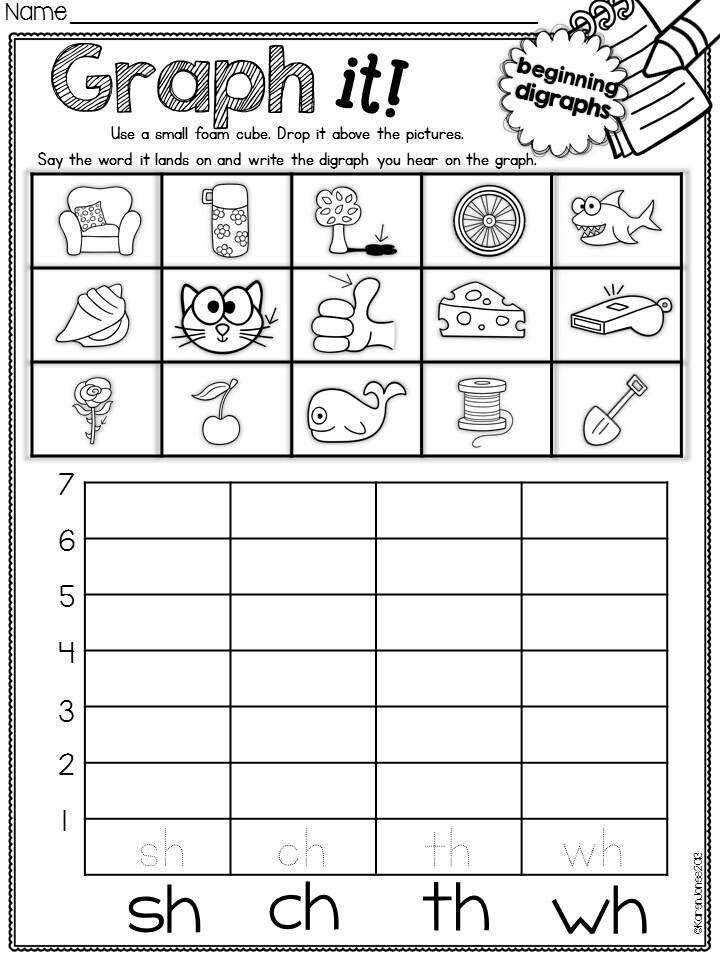
The relationship between the perception of fiction and verbal creativity, as well as visual and musical activities in kindergarten ....
"Reading fiction in kindergarten" (from work experience)
to reading. Unfortunately, in our age of informatization, the attitude of children to books...
Reading fiction in kindergarten.
The presentation presents guidelines for kindergarten teachers on reading fiction....
Reading fiction in kindergarten.
Introducing children to artistic reading is currently a problem of modern society. It should be noted that literature is a powerful means of intellectual, moral...
Reading fiction in kindergarten.
One of the priority problems of our society is introducing children to reading. Fiction is a powerful, effective means of intellectual, moral and aesthetic education...
Workshop "Reading fiction in kindergarten
Fiction opens the child to the life of society and nature, the world of human feelings and understanding.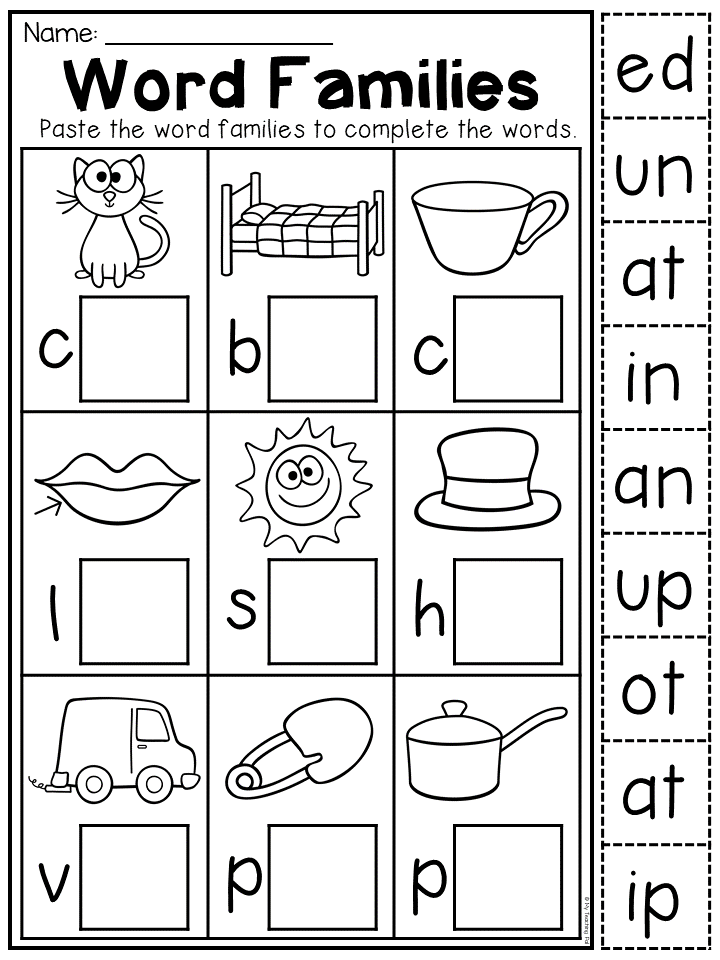 It develops the thinking and imagination of the child, enriches his emotions, gives wonderful ...
It develops the thinking and imagination of the child, enriches his emotions, gives wonderful ...
Workshop "Reading fiction in kindergarten"
laquo; Life in the world of books is an introduction to the beauty of thought, enjoyment of cultural riches, exaltation of oneself " Vasily Alexandrovich Sukhomlinsky, a classic of modern pedagogy ...
Share:
Doshkolnik.ruTeachersHolidaysNeedleworkDoshkolnik.ru Doshkolnik.ru - the site of an educator, speech therapist, defectologist, music director, methodologist, physical education instructor, parent. We offer teachers assistance in certification. ServicesPosting articles
| Teaching Reading
| ||||||||||||||||||||||||||||||||||||||||||||||||||||||||||||||||||||||||||||||||||||||||||||||||||||||||||||||||||||


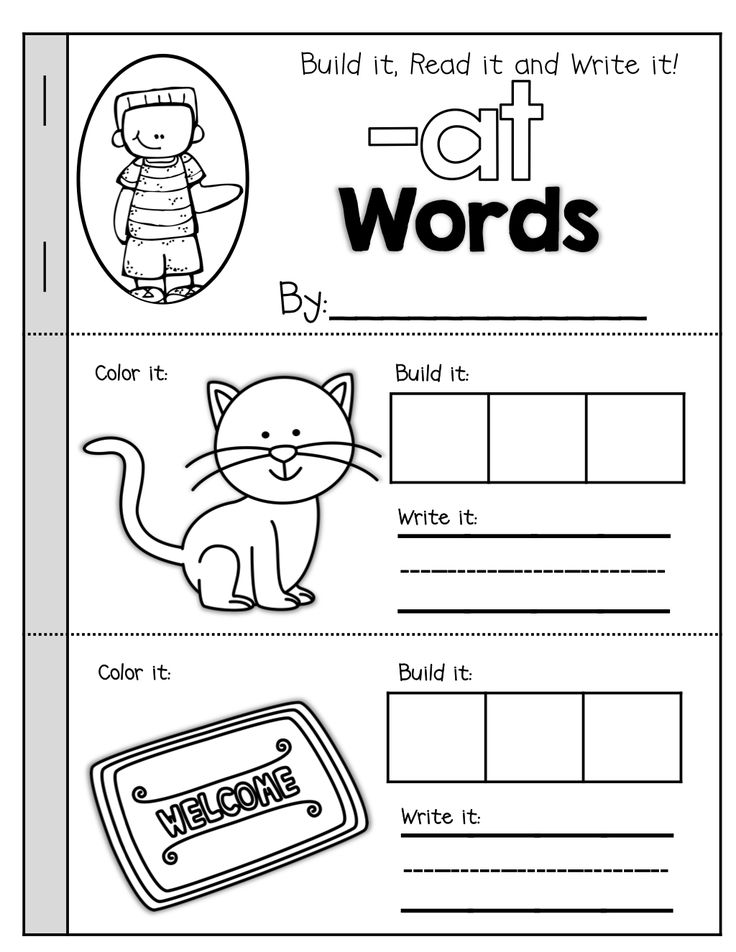
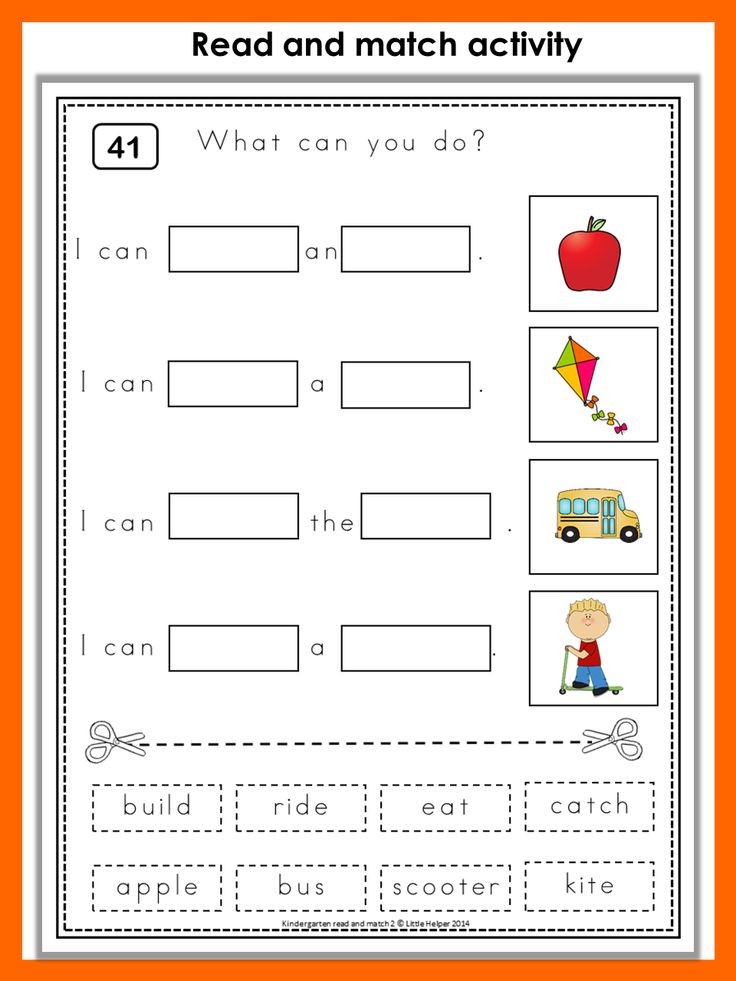
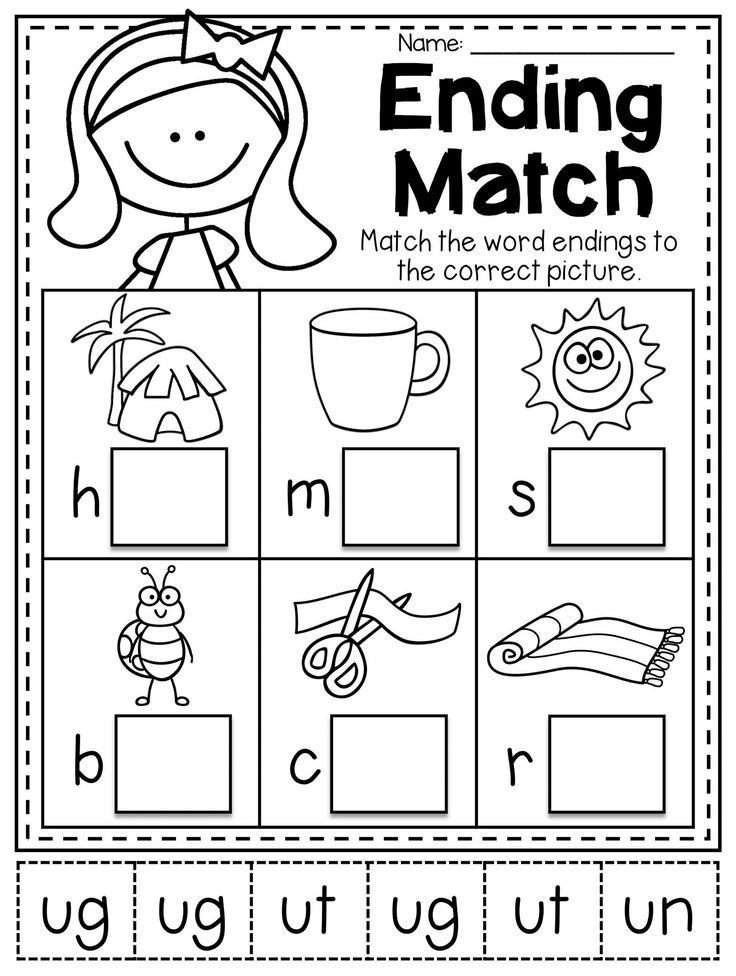
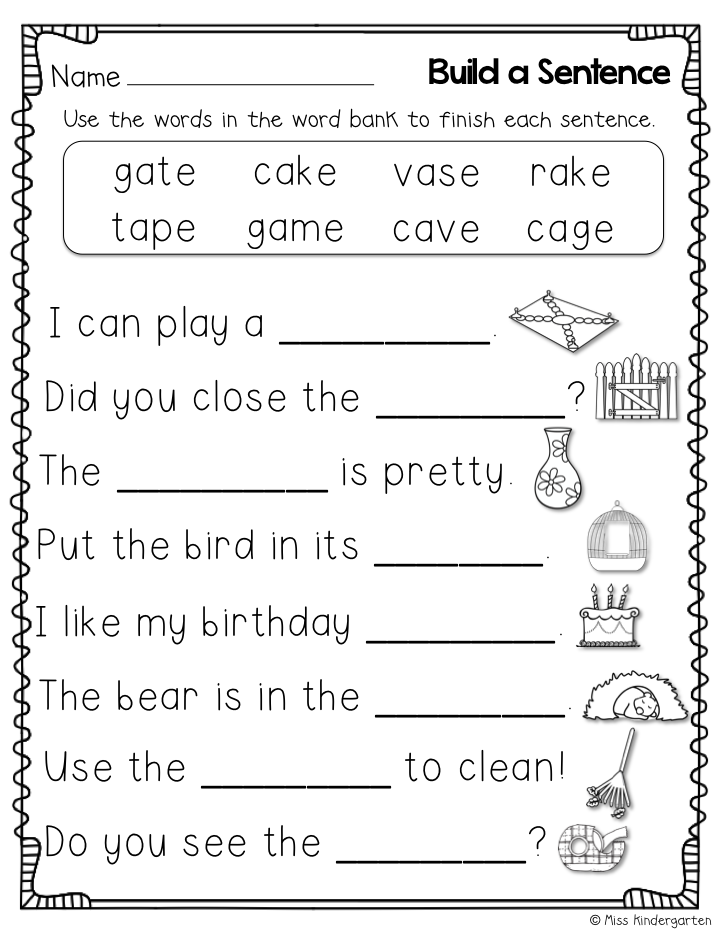
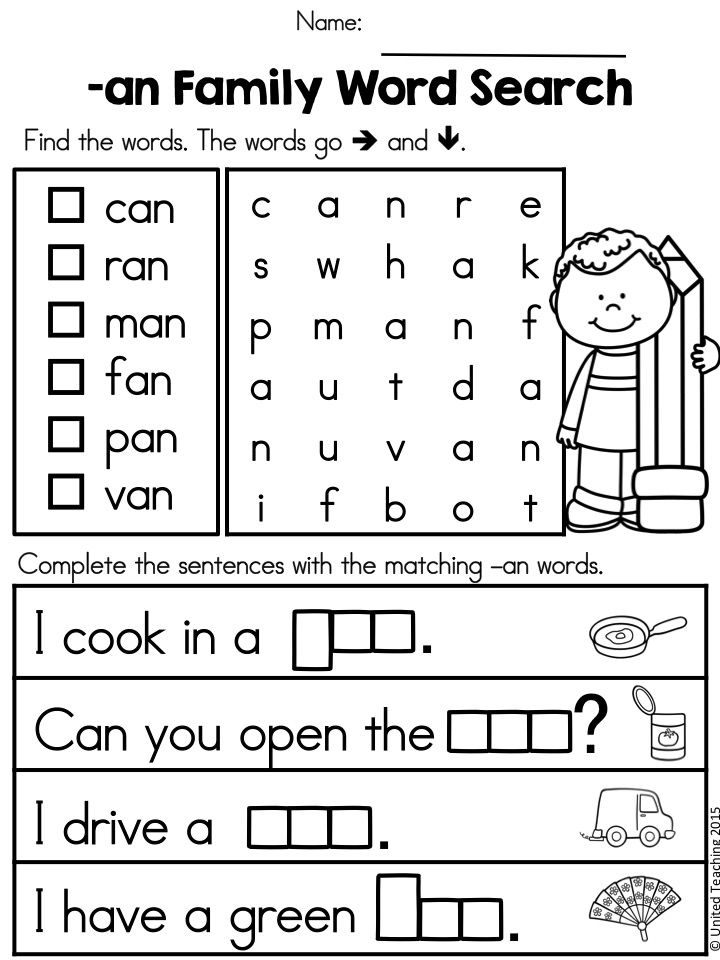 3.
3. 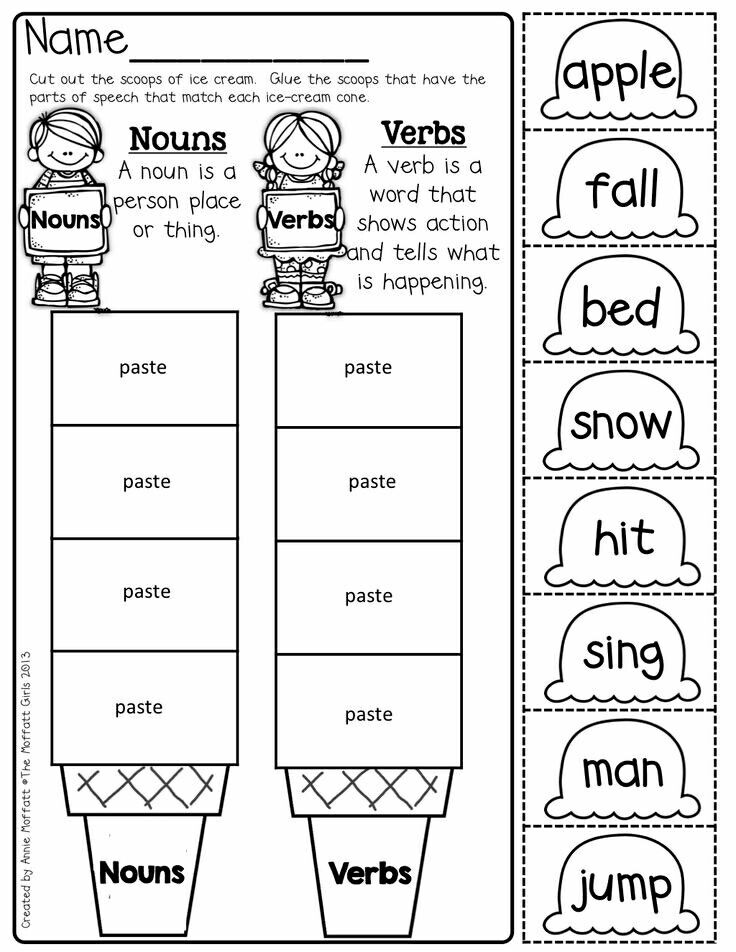
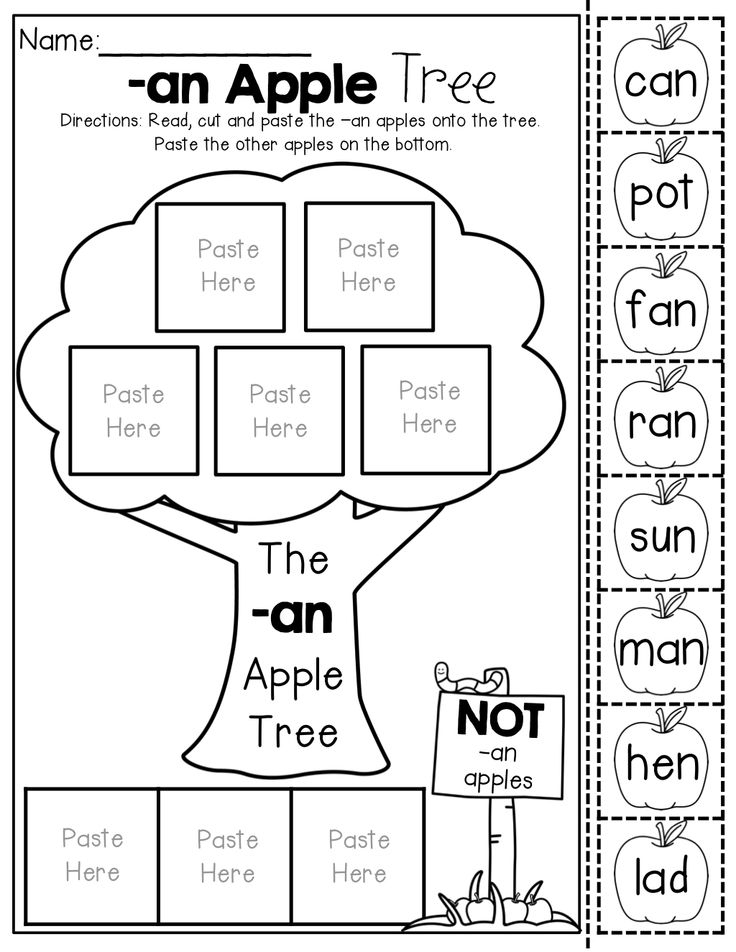

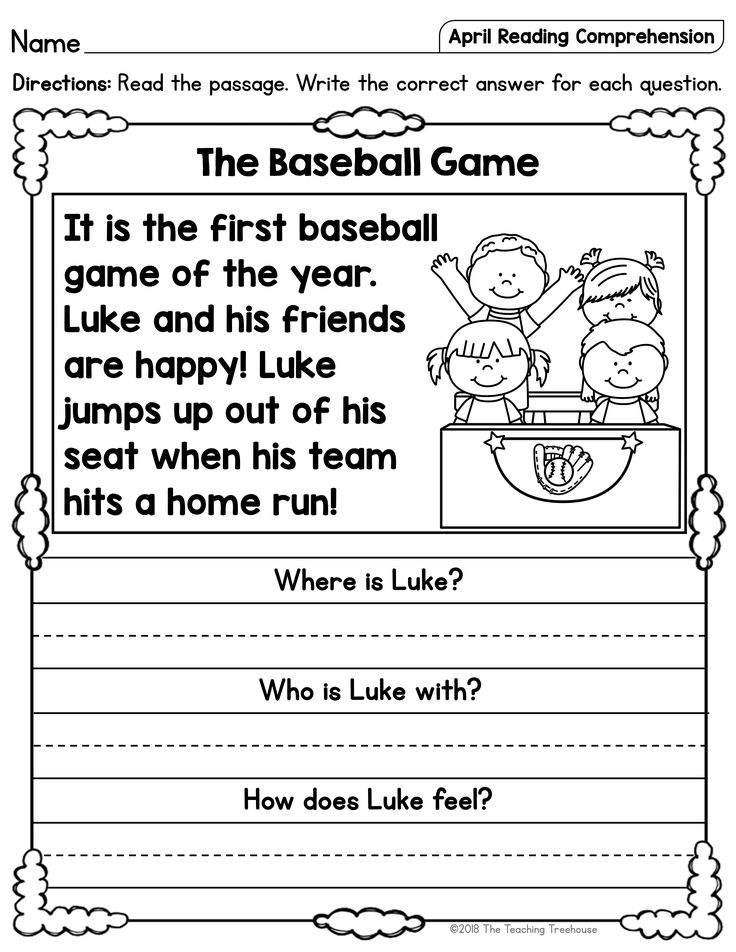

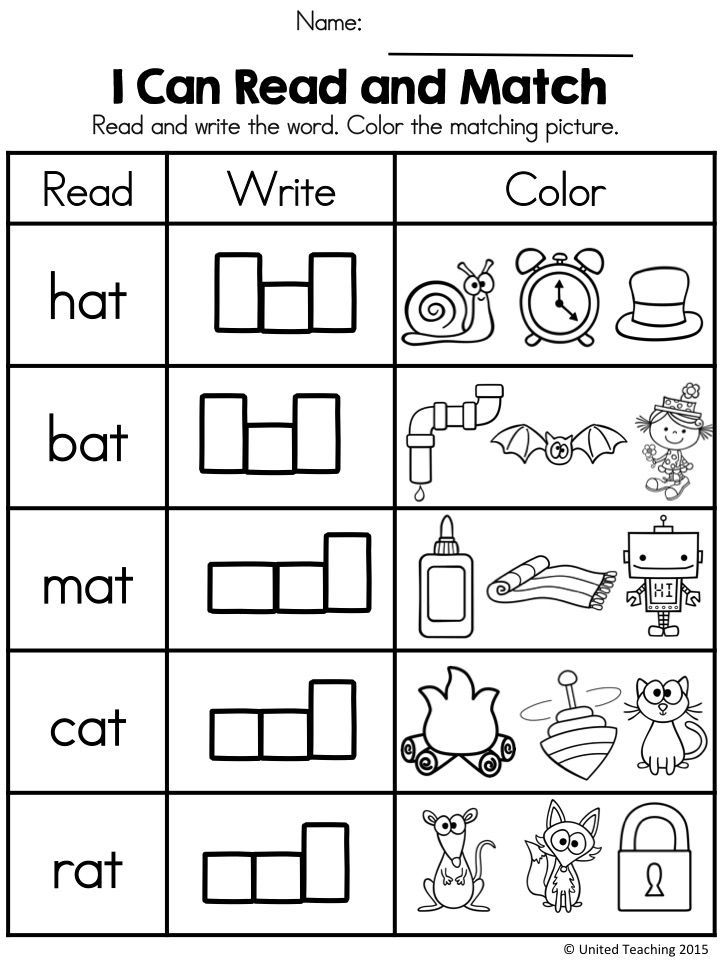
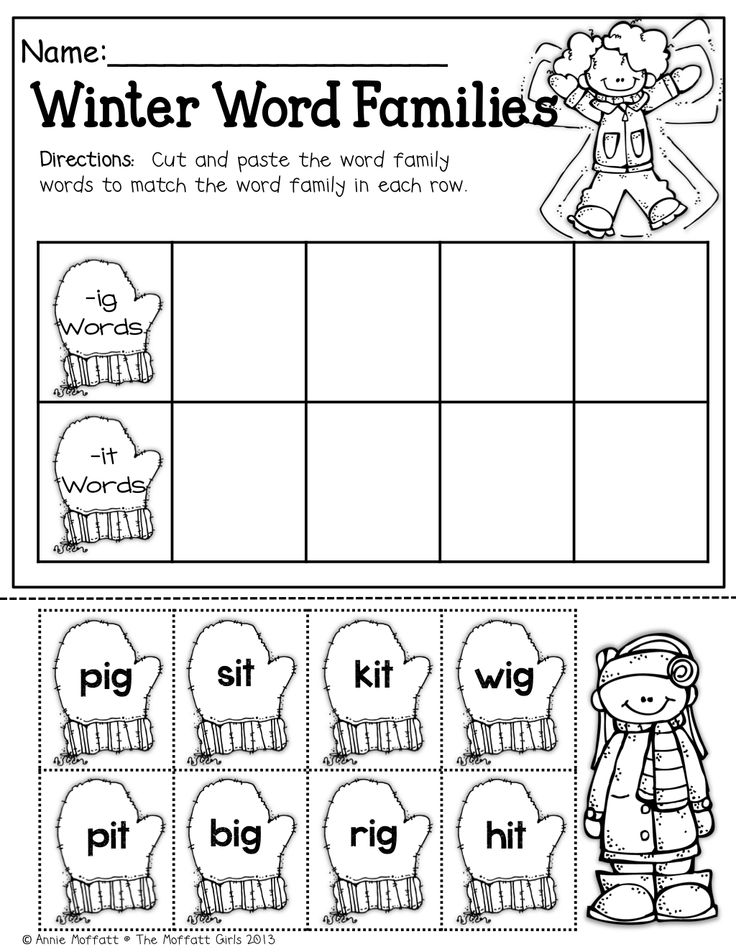
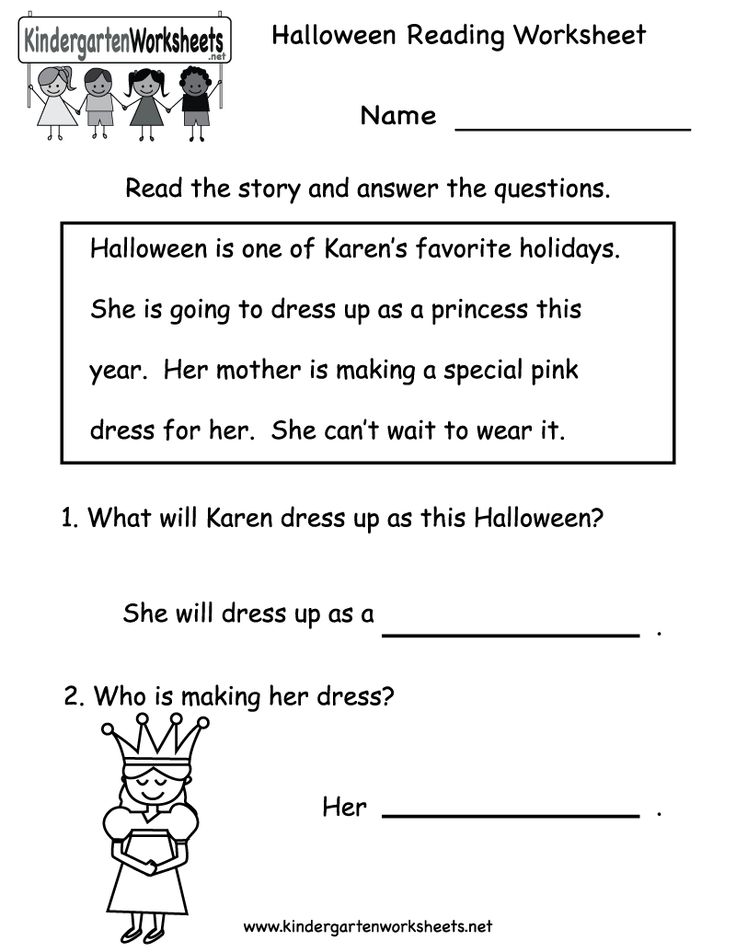
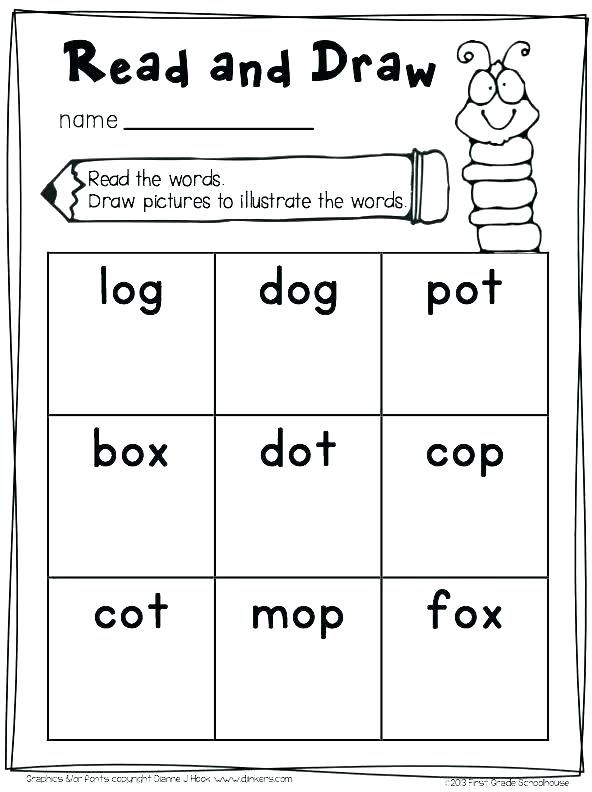 Determine from the pictures on the slide what else we will work on.
Determine from the pictures on the slide what else we will work on. 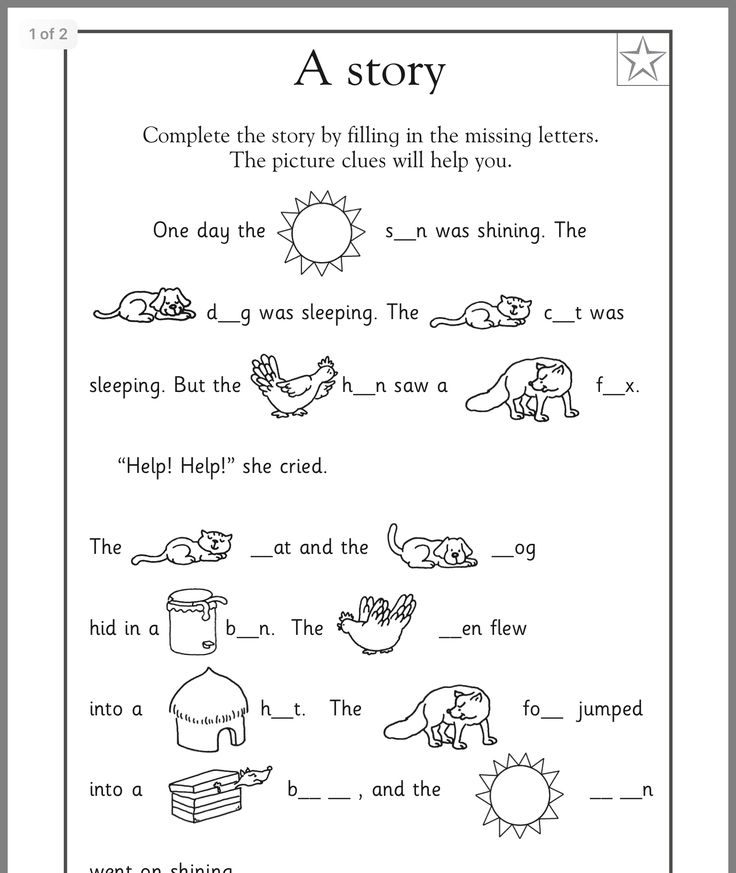
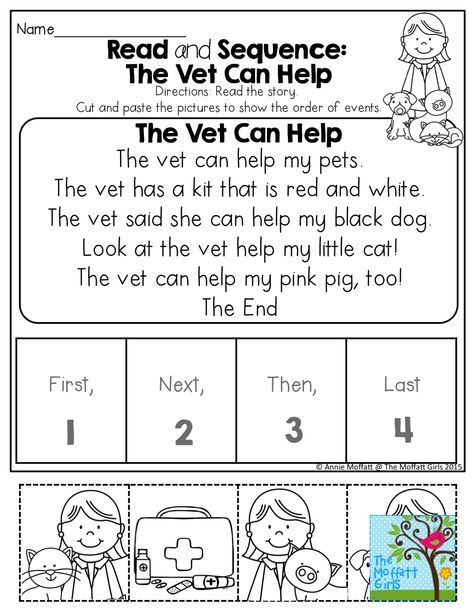 Usually books with colorful pictures are intended for children.
Usually books with colorful pictures are intended for children. 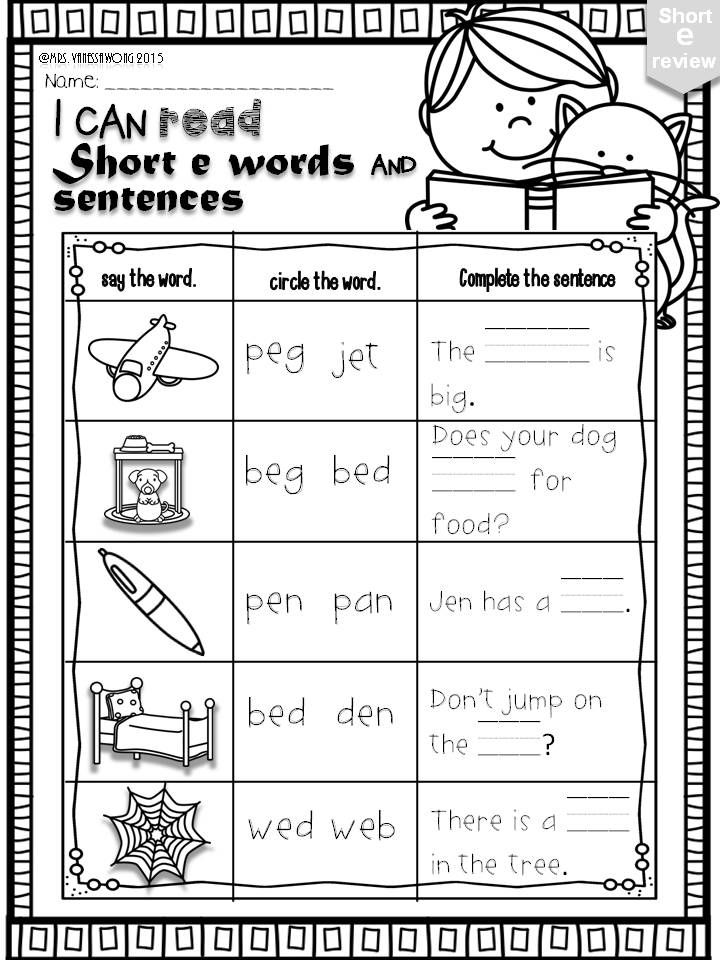 He loved his native places very much, he liked to walk in the forest. In Yasnaya Polyana, he wrote stories for children. .N. Tolstoy wrote a lot of works on moral themes. His works help to understand what can and cannot be done. L.N. Tolstoy has many interesting and instructive stories and fables for children that I recommend you listen to.
He loved his native places very much, he liked to walk in the forest. In Yasnaya Polyana, he wrote stories for children. .N. Tolstoy wrote a lot of works on moral themes. His works help to understand what can and cannot be done. L.N. Tolstoy has many interesting and instructive stories and fables for children that I recommend you listen to. 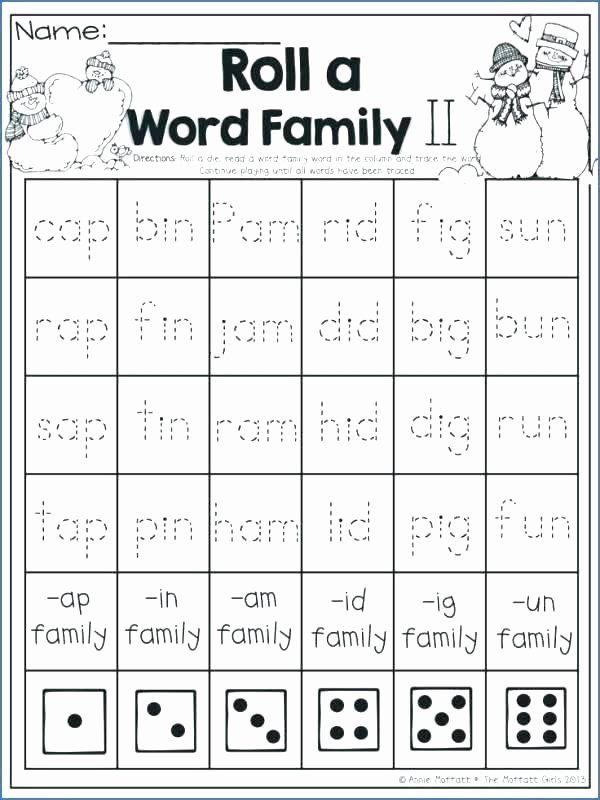
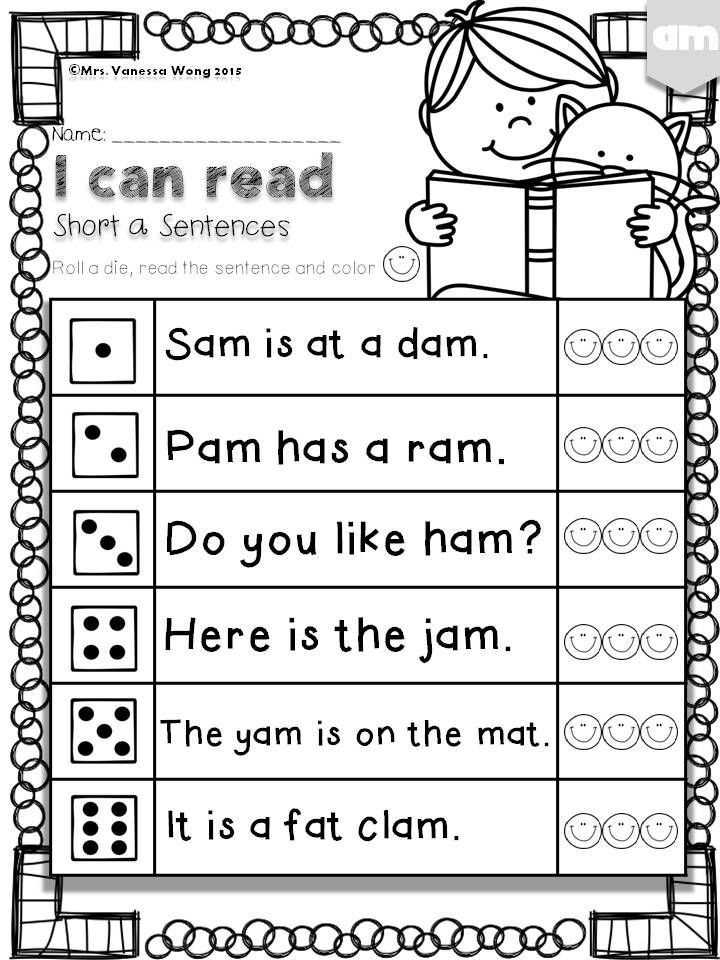 Sit on chairs
Sit on chairs 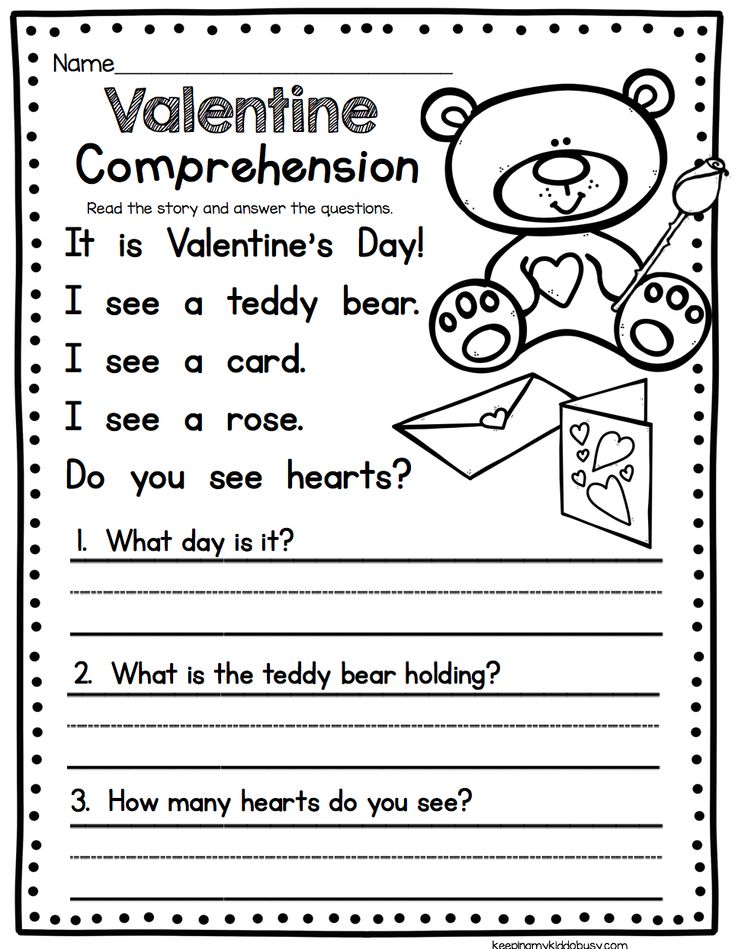 Activates the impulse. Shows respect for children.
Activates the impulse. Shows respect for children. 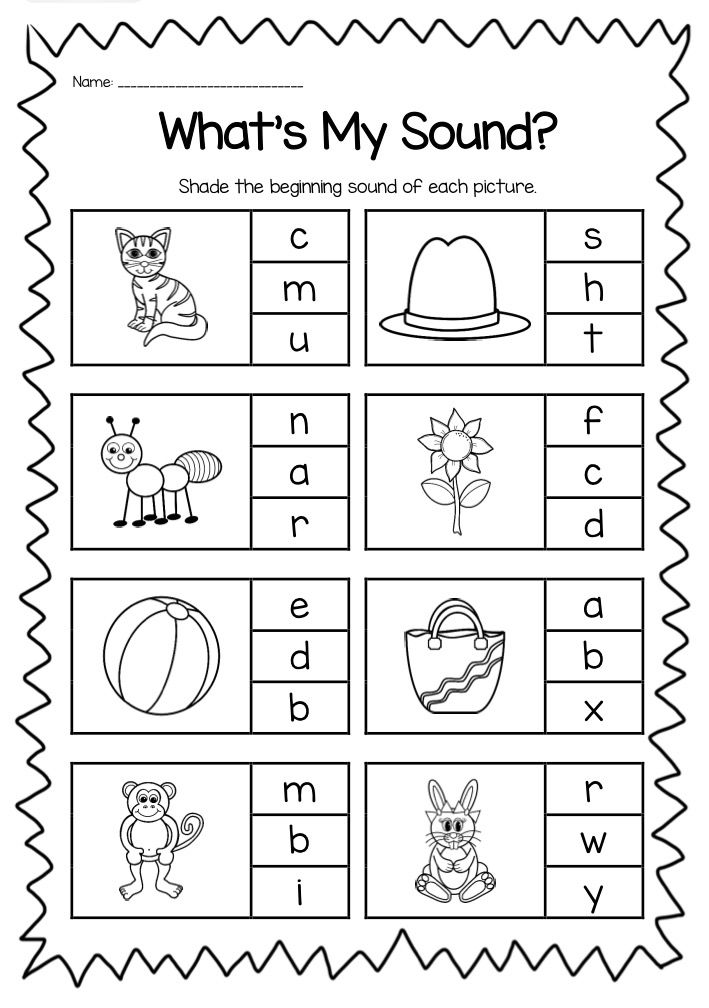
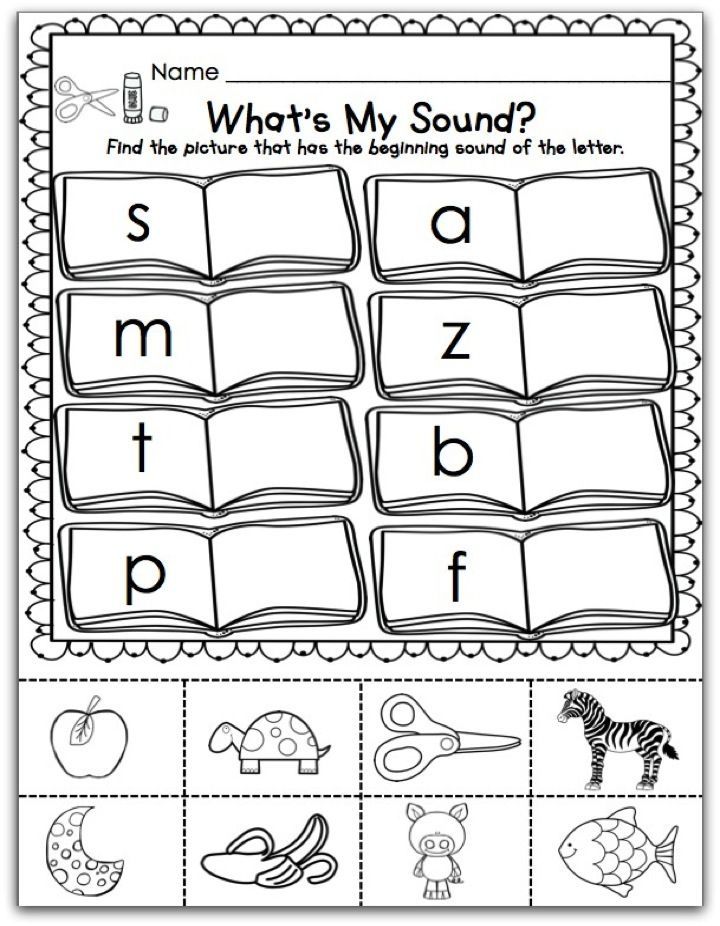 " Well done!
" Well done! 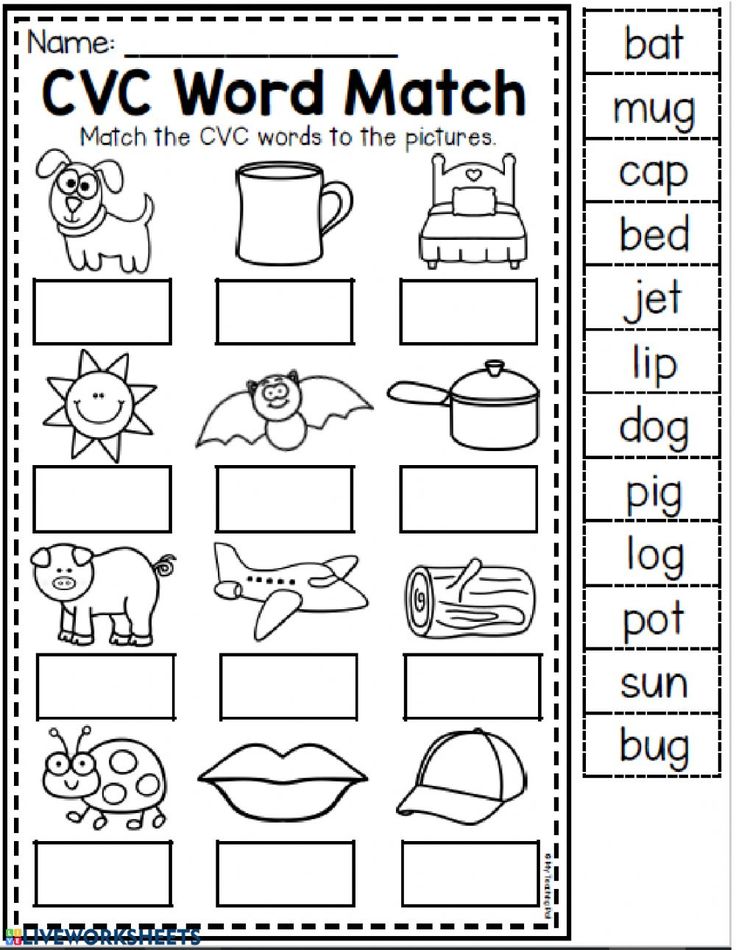 2
2 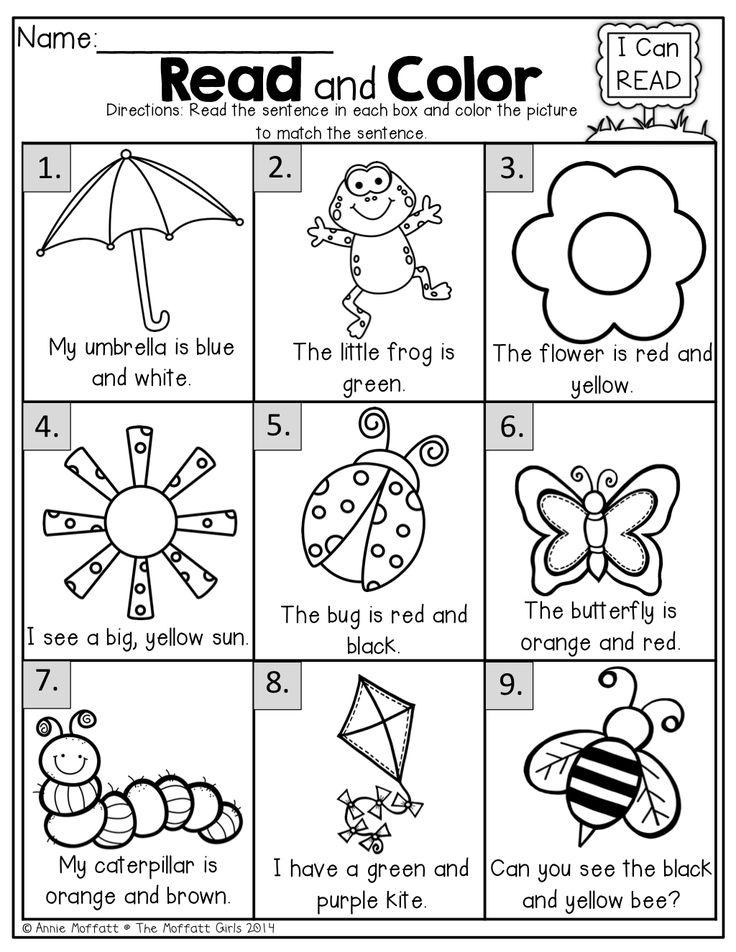
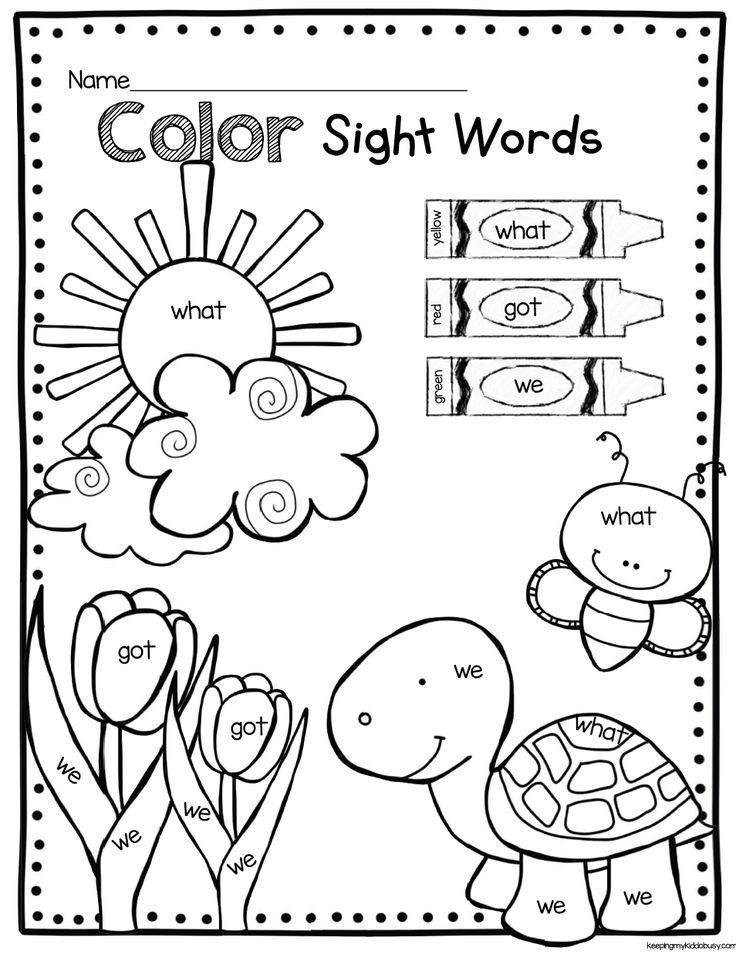 In fairy tales, as in life, good always triumphs over evil.
In fairy tales, as in life, good always triumphs over evil. 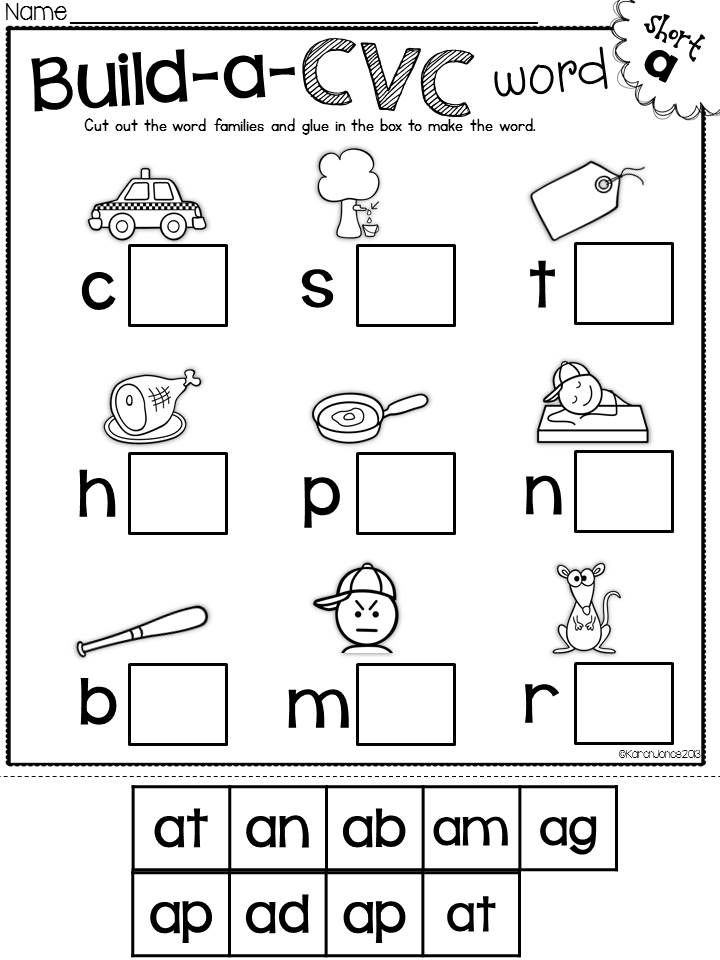
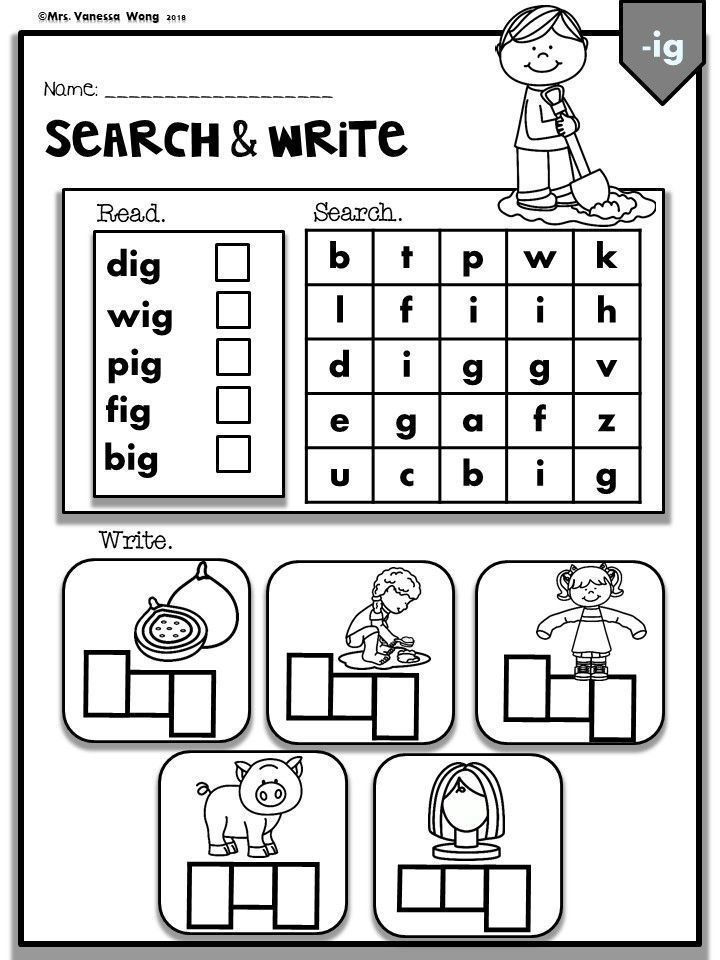
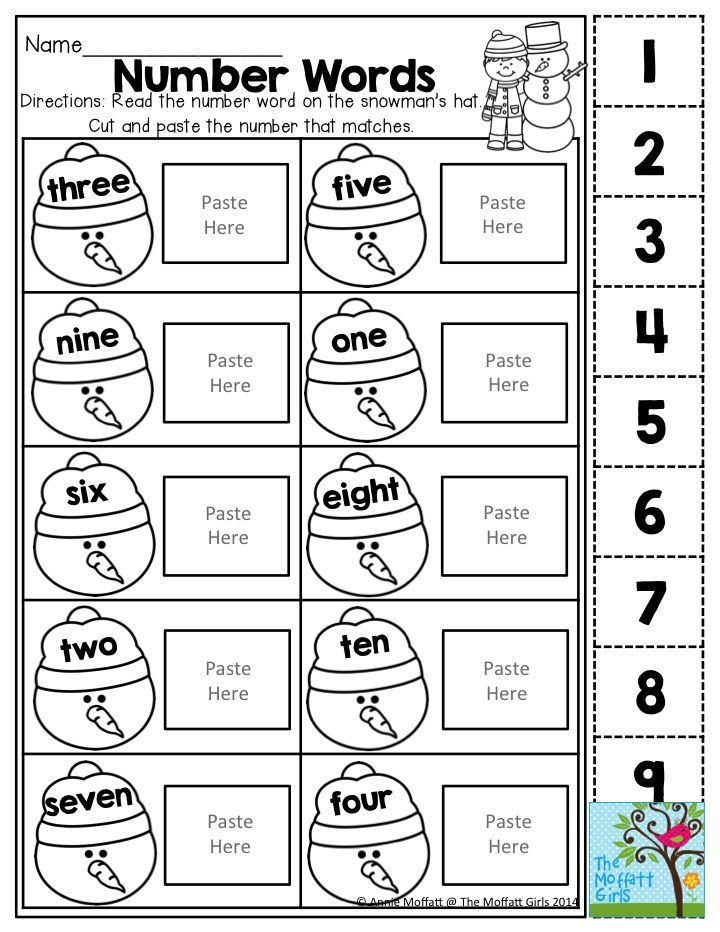
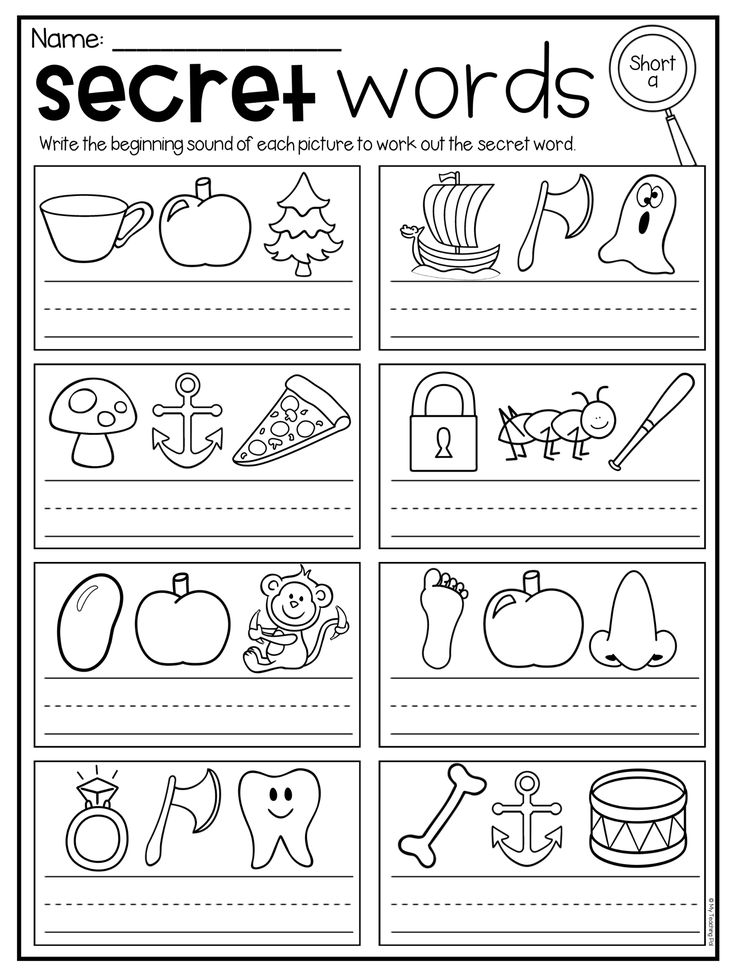 11.2022 09:45
11.2022 09:45 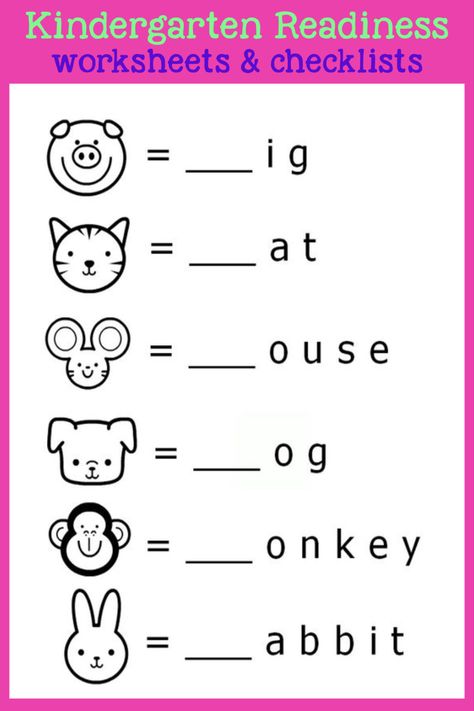 Books and reading are of particular importance in this matter. By reading, a person learns the world, learns to analyze, think, choose heroes for himself, on whom he will be equal. Unfortunately, at preschool age, most children cannot read. The more responsibility falls on you, dear parents, what book and how you read, how much its content corresponds to the age of the child, the traditions of our people. The development of a child as a reader cannot take place without the active participation of parents in the life of a child from an early age, if the family is reading and the book is given an important place - this is wonderful! Most parents are concerned that children are not attracted to the process of reading. What are the reasons why the process of reading for a child causes dislike?
Books and reading are of particular importance in this matter. By reading, a person learns the world, learns to analyze, think, choose heroes for himself, on whom he will be equal. Unfortunately, at preschool age, most children cannot read. The more responsibility falls on you, dear parents, what book and how you read, how much its content corresponds to the age of the child, the traditions of our people. The development of a child as a reader cannot take place without the active participation of parents in the life of a child from an early age, if the family is reading and the book is given an important place - this is wonderful! Most parents are concerned that children are not attracted to the process of reading. What are the reasons why the process of reading for a child causes dislike? 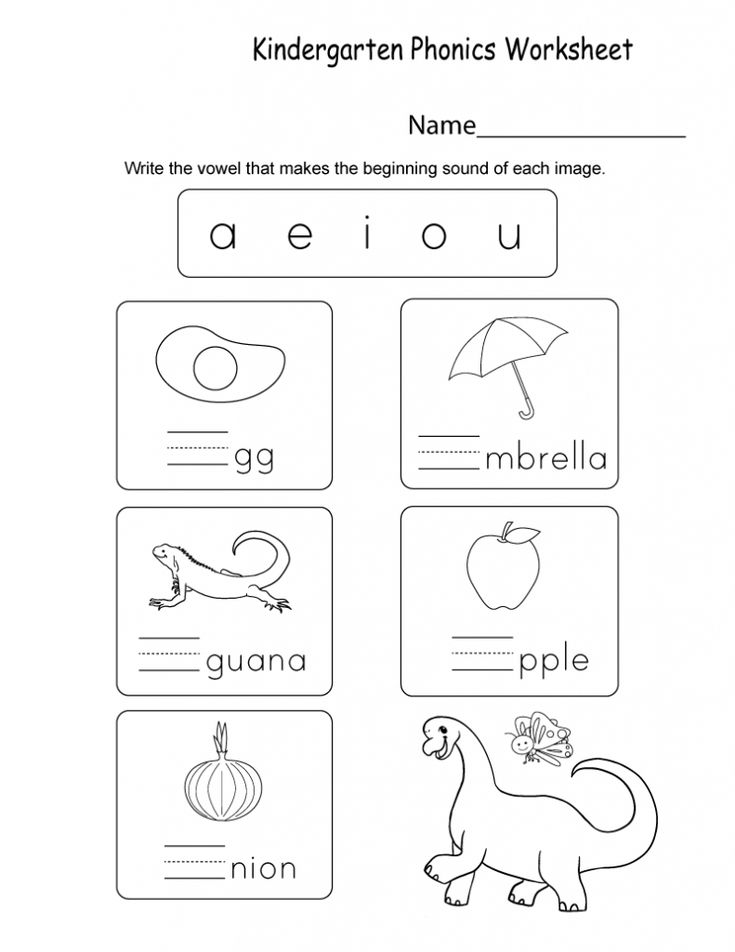 10.2022 20:36
10.2022 20:36 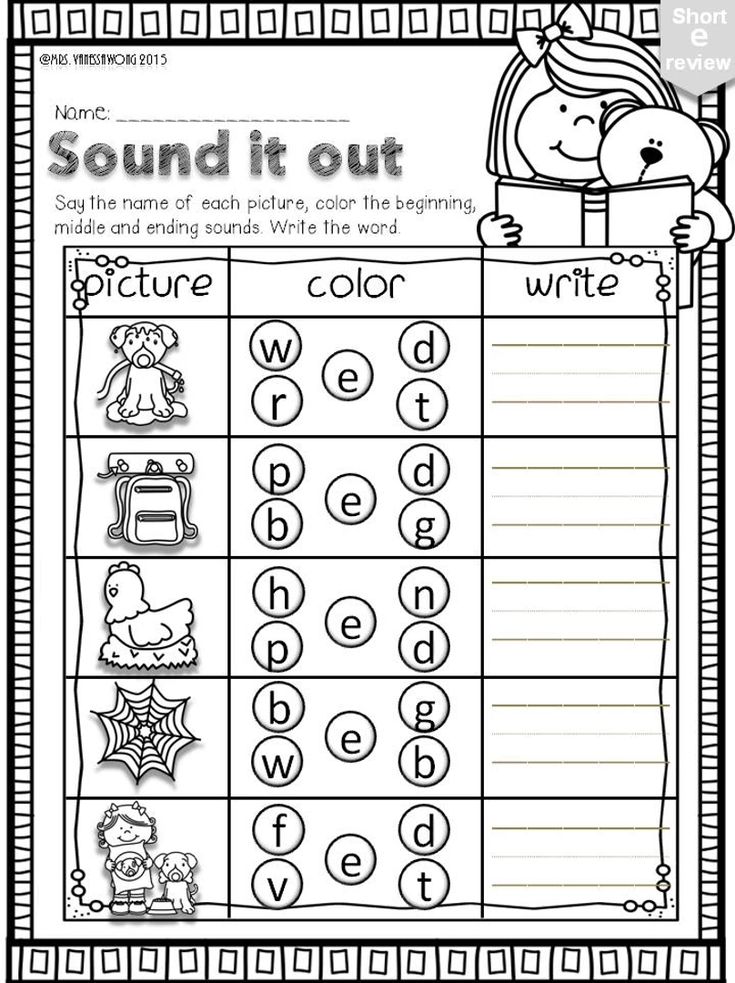 The very first lines of nursery rhymes, songs heard in the first years of life for a long time (or rather, for life) are deposited in the minds of children, and they repeat them with pleasure: runaway bunny. And you need to read these small works by heart so that the child wants to hear them again and again and remember them, sometimes perceiving only the artistic form: figurative words, the rhythm and rhyme of a short quatrain about a familiar character.
The very first lines of nursery rhymes, songs heard in the first years of life for a long time (or rather, for life) are deposited in the minds of children, and they repeat them with pleasure: runaway bunny. And you need to read these small works by heart so that the child wants to hear them again and again and remember them, sometimes perceiving only the artistic form: figurative words, the rhythm and rhyme of a short quatrain about a familiar character. 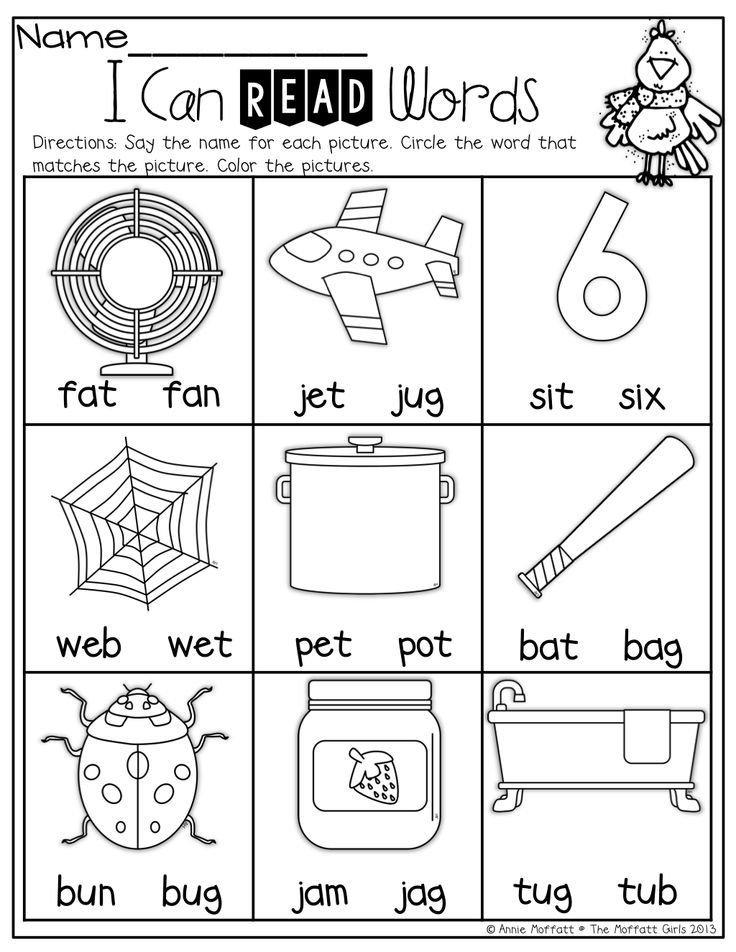 If you want them to be even smarter, read more fairy tales to them” . Albert Einstein
If you want them to be even smarter, read more fairy tales to them” . Albert Einstein  17 Kolosok of the city of Belorechensk, Belorechensky District
17 Kolosok of the city of Belorechensk, Belorechensky District 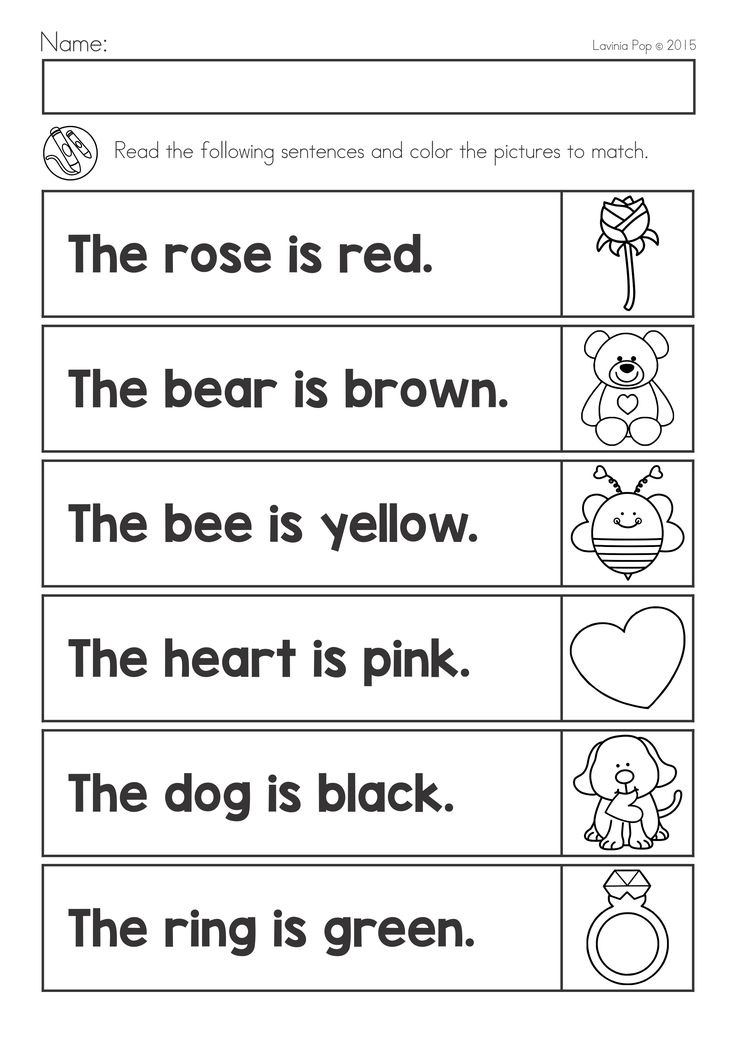 56", Bratsk, Irkutsk Region Alena Valerievna Moseychuk.
56", Bratsk, Irkutsk Region Alena Valerievna Moseychuk. 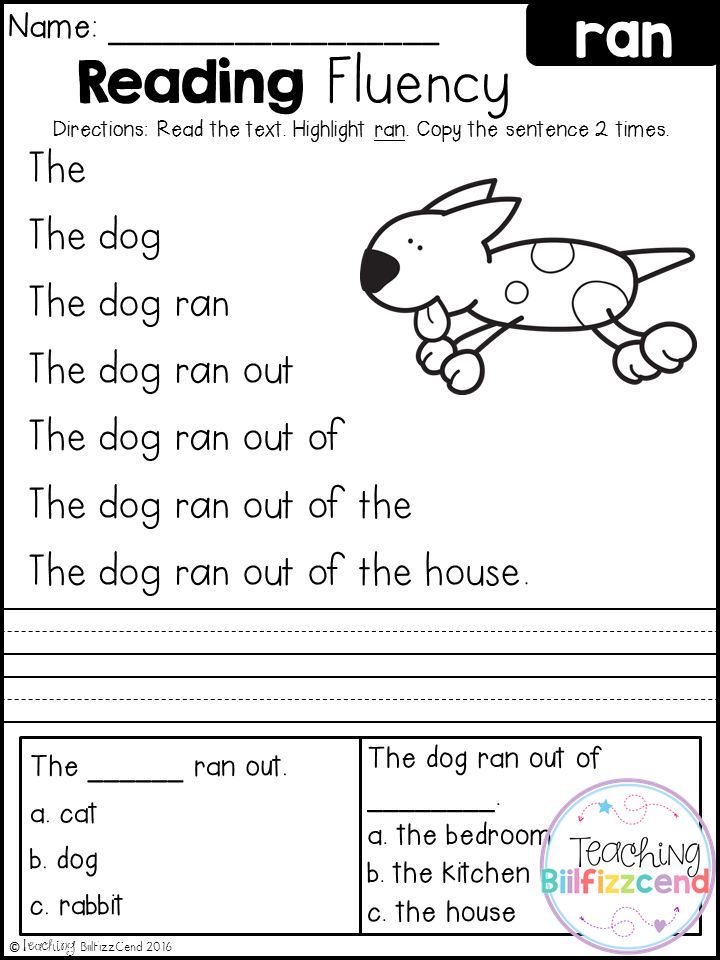 08.2022 11:42
08.2022 11:42 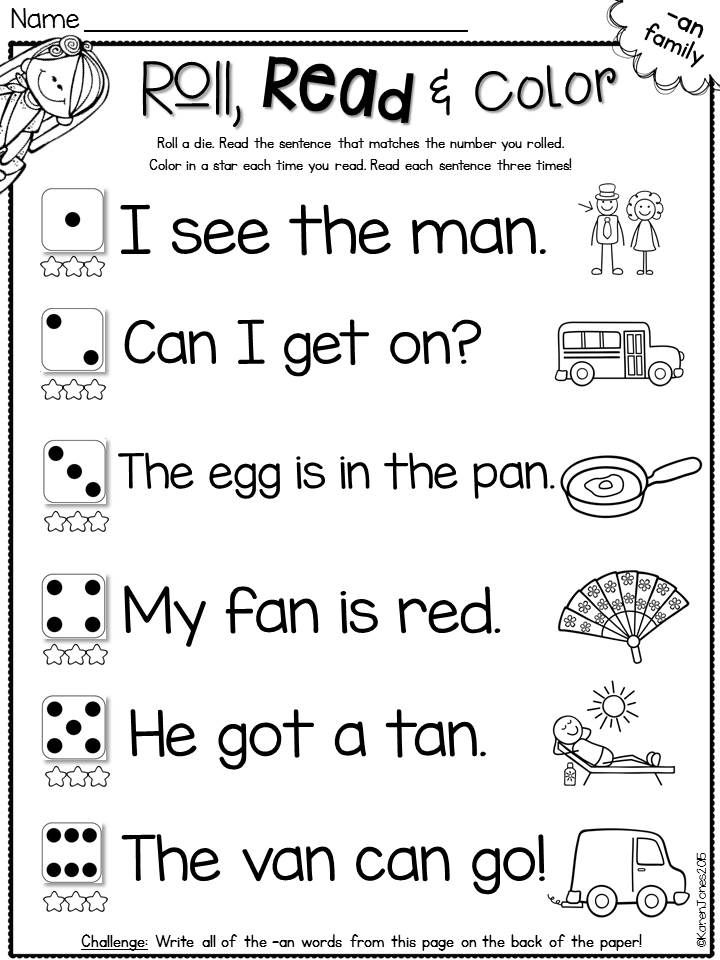
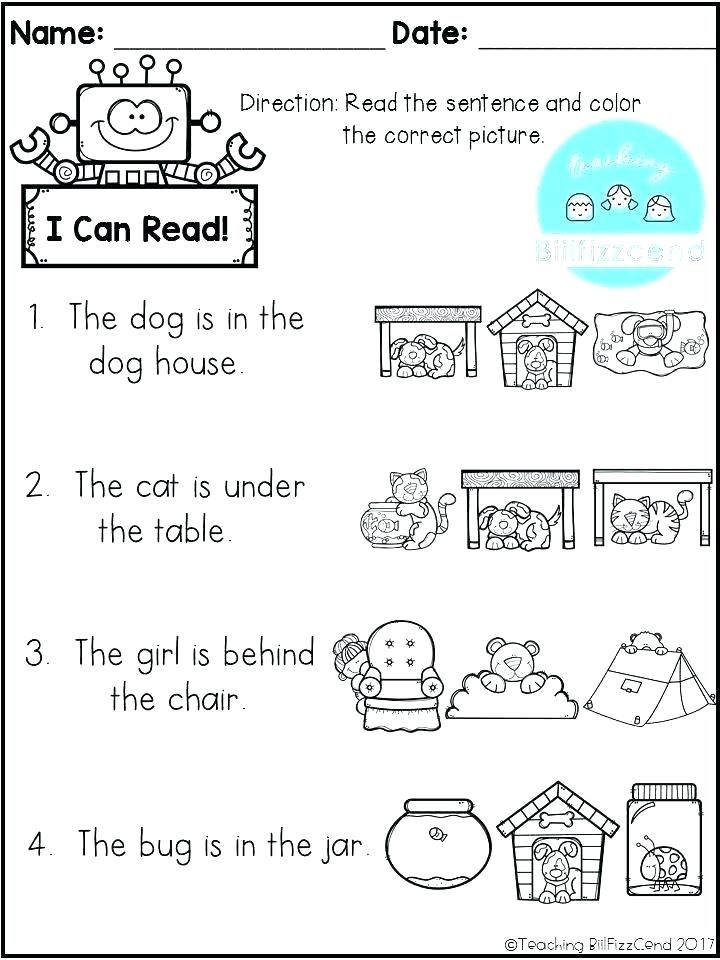 Educational: to learn to understand and evaluate the nature of the actions of the characters on the example of the work of V.P. Kataeva "Flower - seven-flower" , learn to answer questions.
Educational: to learn to understand and evaluate the nature of the actions of the characters on the example of the work of V.P. Kataeva "Flower - seven-flower" , learn to answer questions. 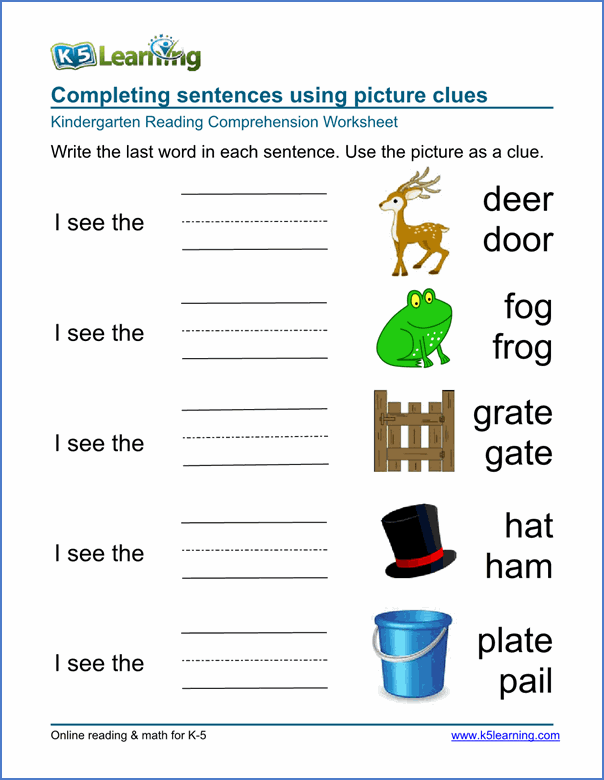 S. Pushkin"
S. Pushkin" 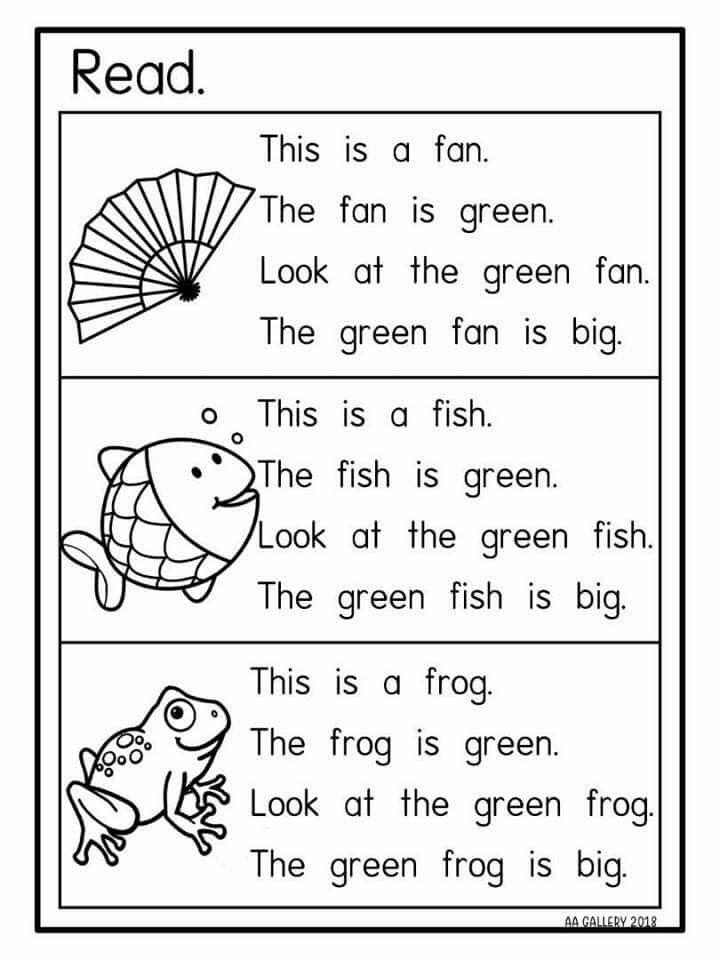
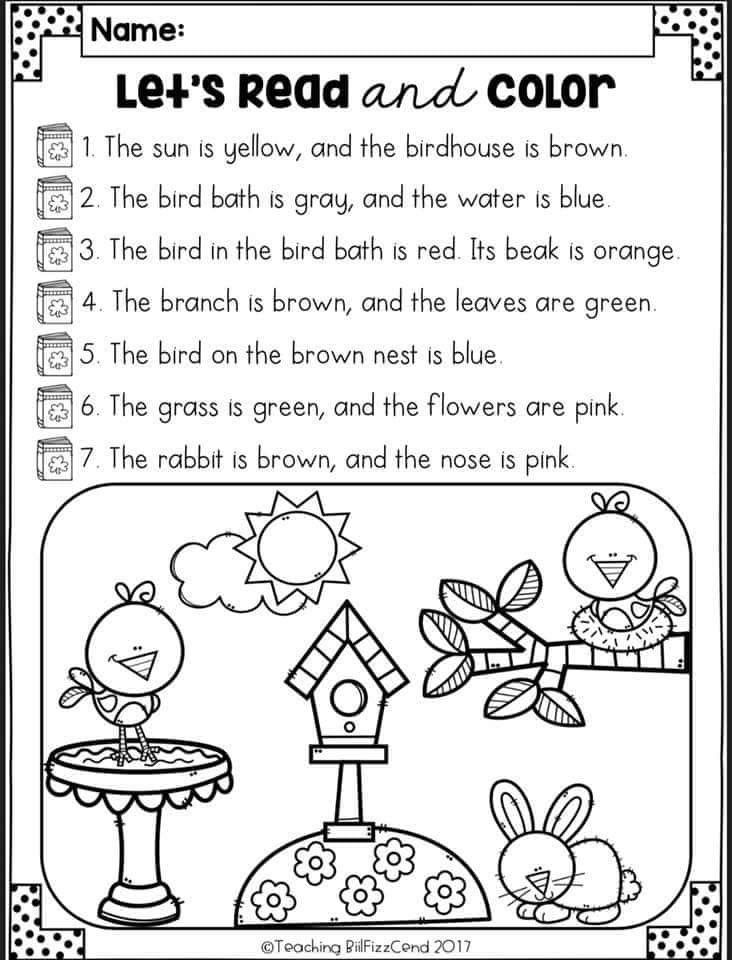 A good book is both a teacher and a friend. It is difficult to overestimate the importance of literature for the development of the child. It contributes to the expansion of horizons, children's horizon of knowledge about the world, helps to learn patterns of behavior embodied in literary characters, forms the initial ideas about beauty. Only a child accustomed to a book has an invaluable gift easily “enter” into the content of what is heard or read.
A good book is both a teacher and a friend. It is difficult to overestimate the importance of literature for the development of the child. It contributes to the expansion of horizons, children's horizon of knowledge about the world, helps to learn patterns of behavior embodied in literary characters, forms the initial ideas about beauty. Only a child accustomed to a book has an invaluable gift easily “enter” into the content of what is heard or read. 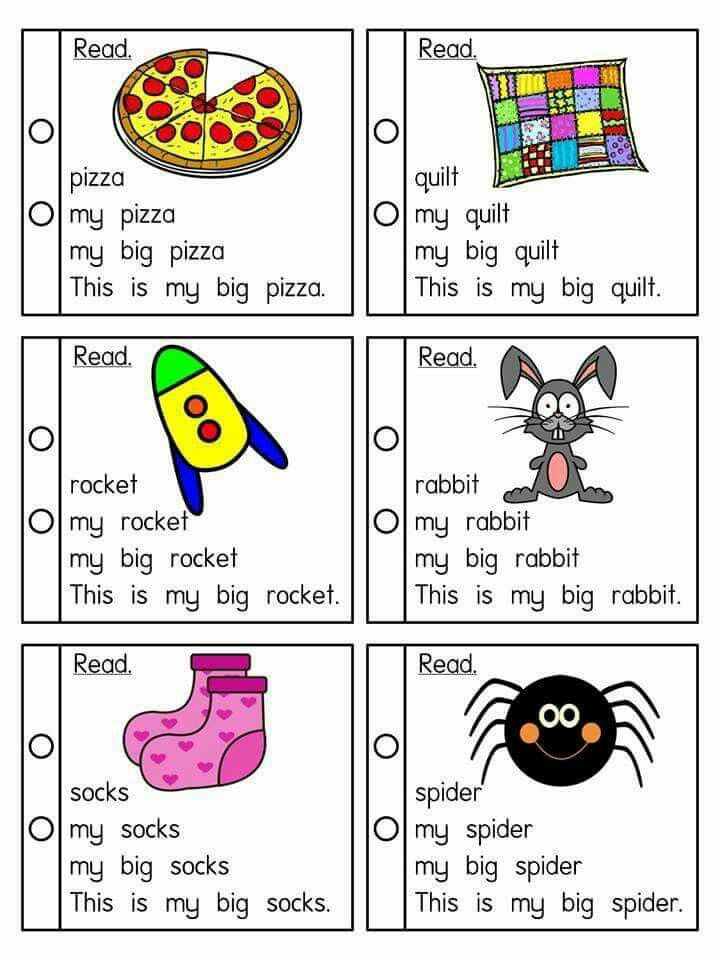 186 Vazovets Tolyatti
186 Vazovets Tolyatti 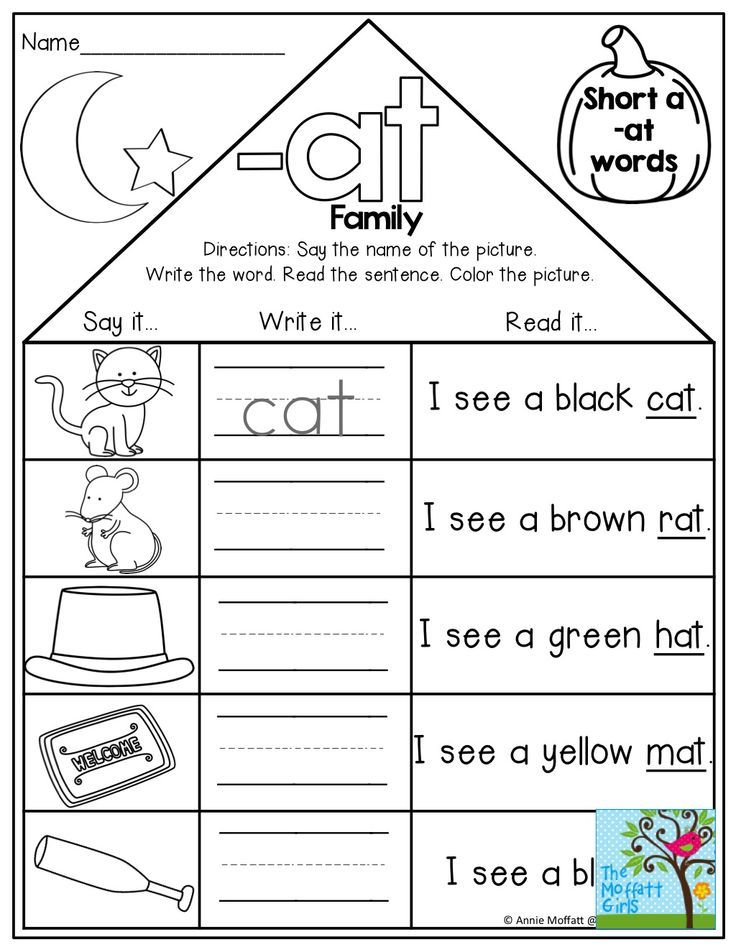 This activity as an educational tool "walks" with the times and is focused on the implementation of a cultural approach in preschool education.
This activity as an educational tool "walks" with the times and is focused on the implementation of a cultural approach in preschool education. 